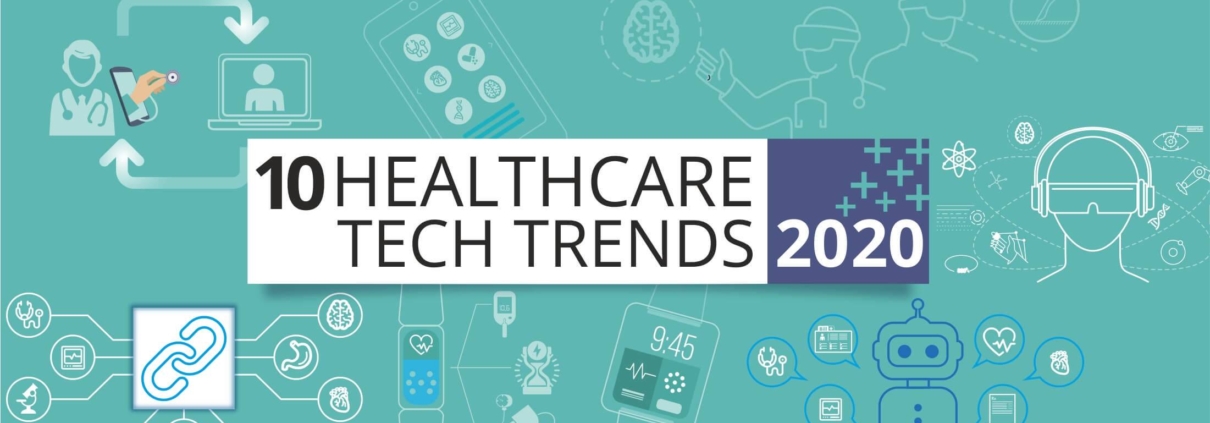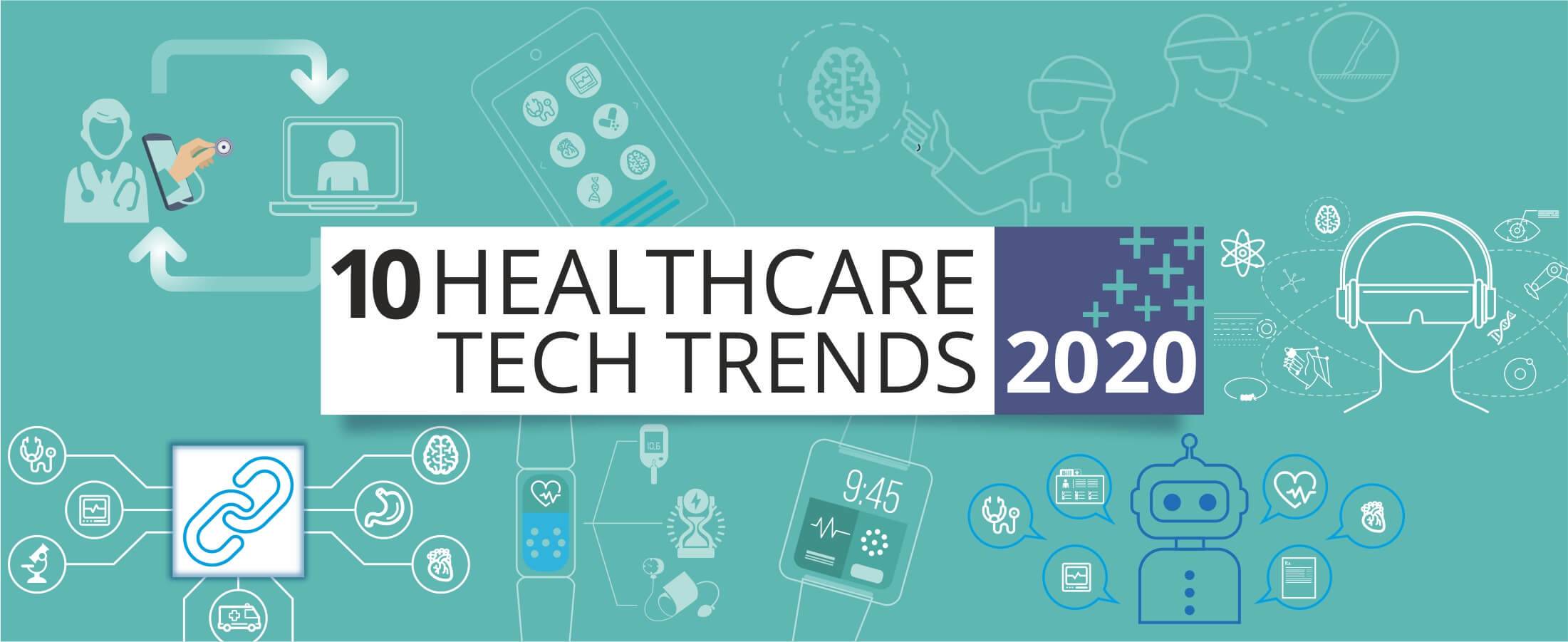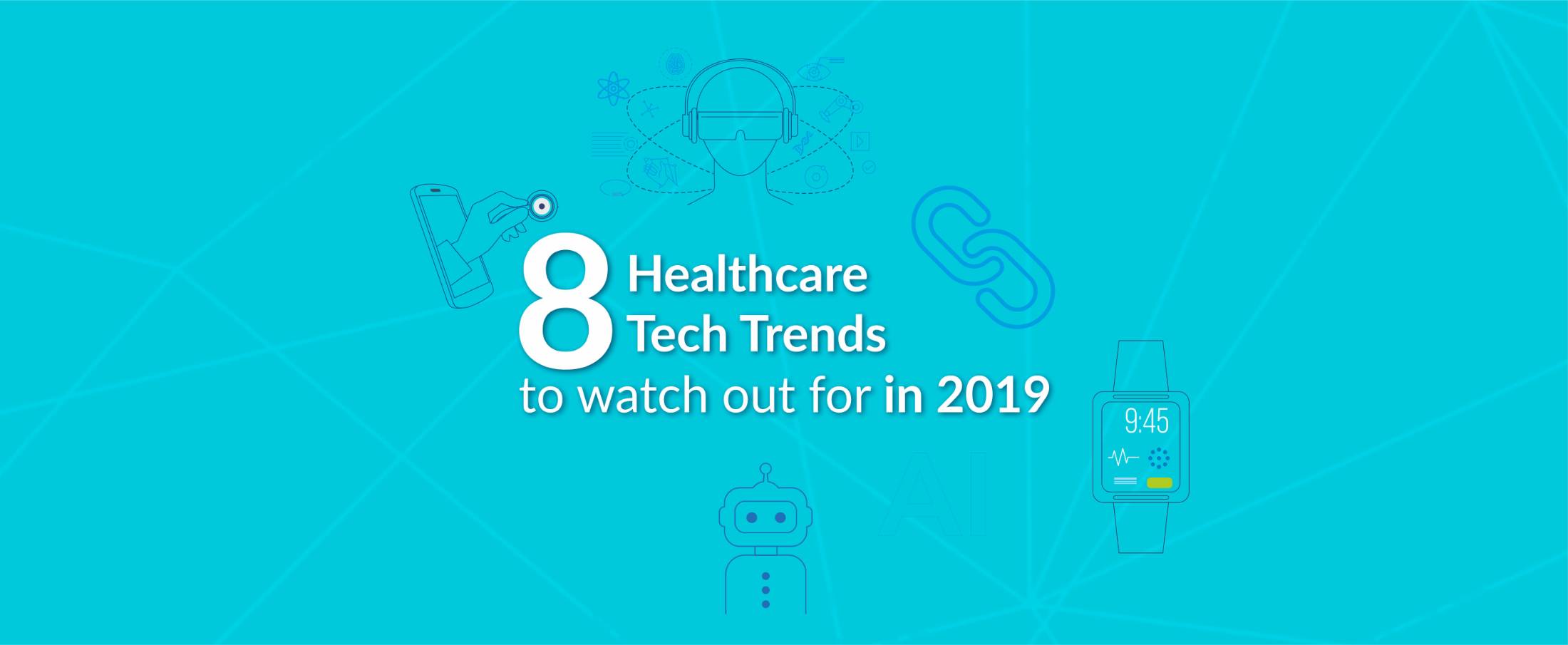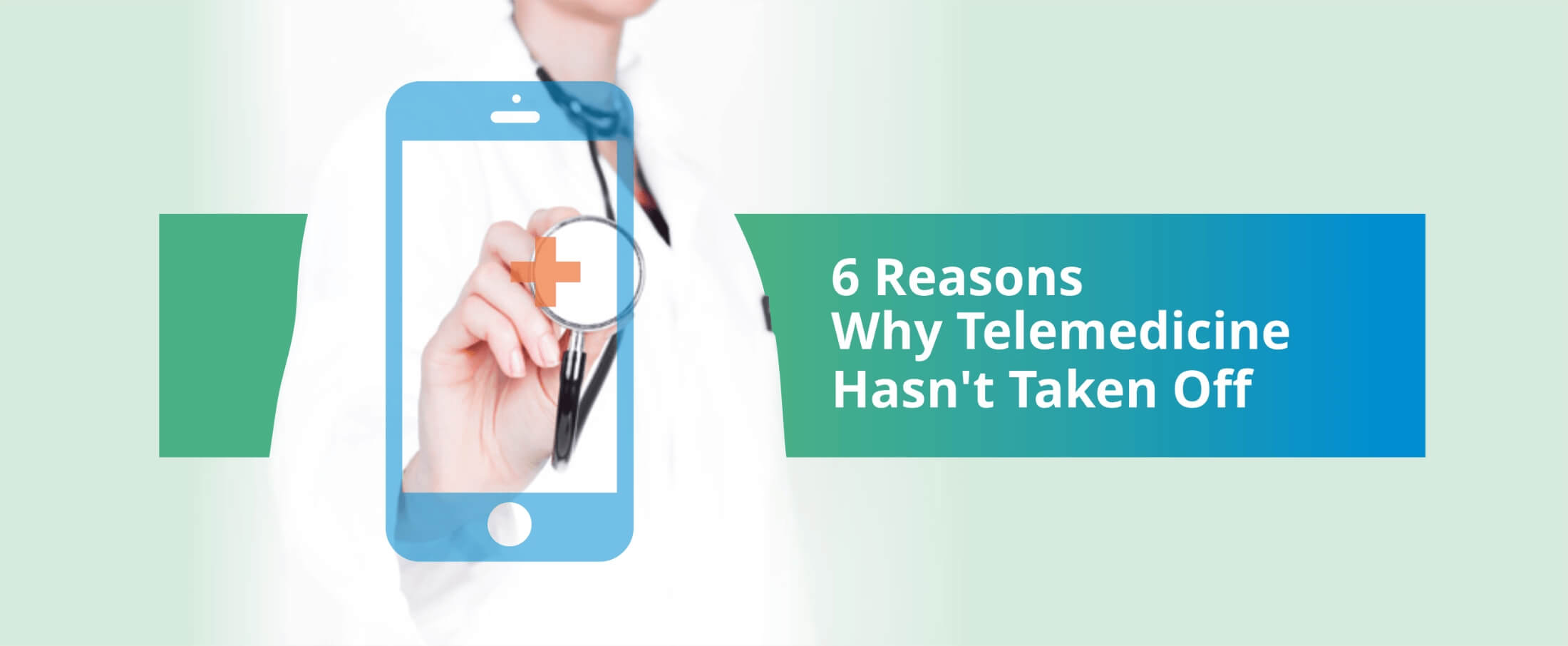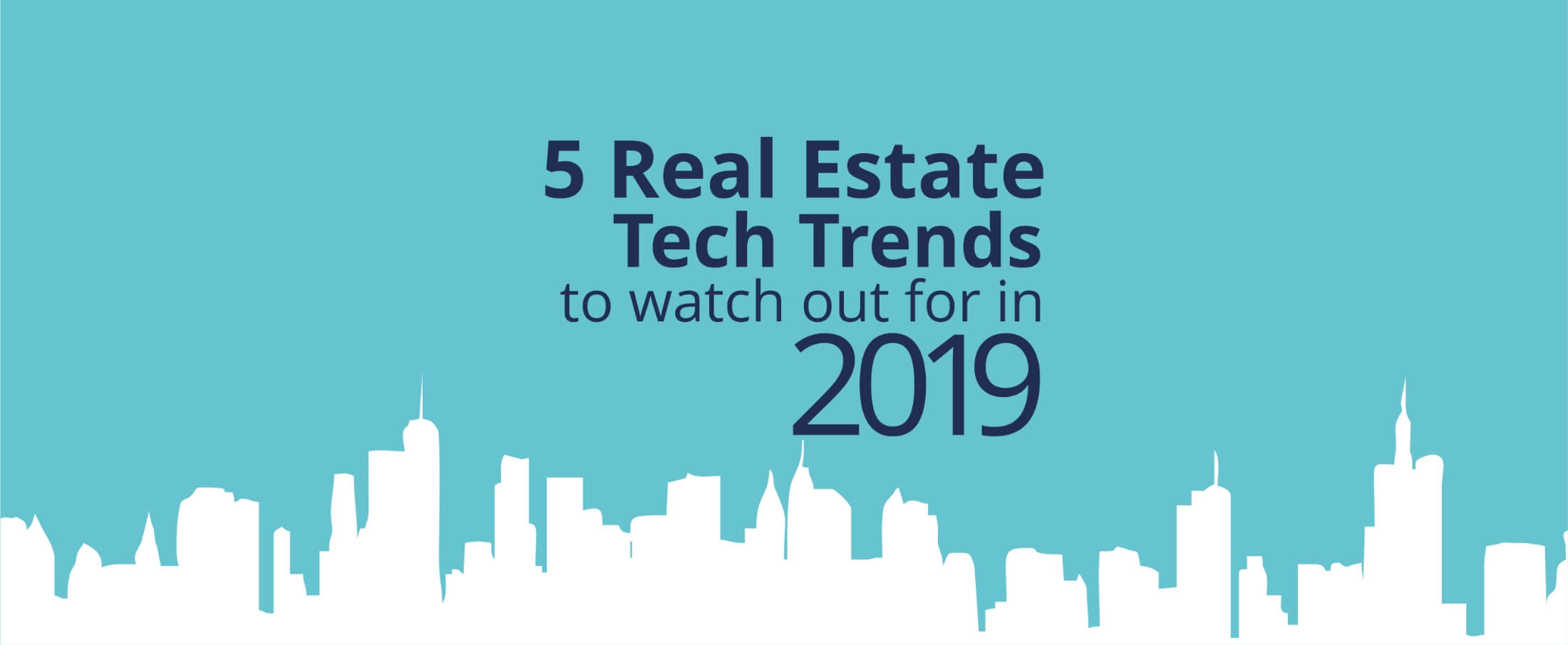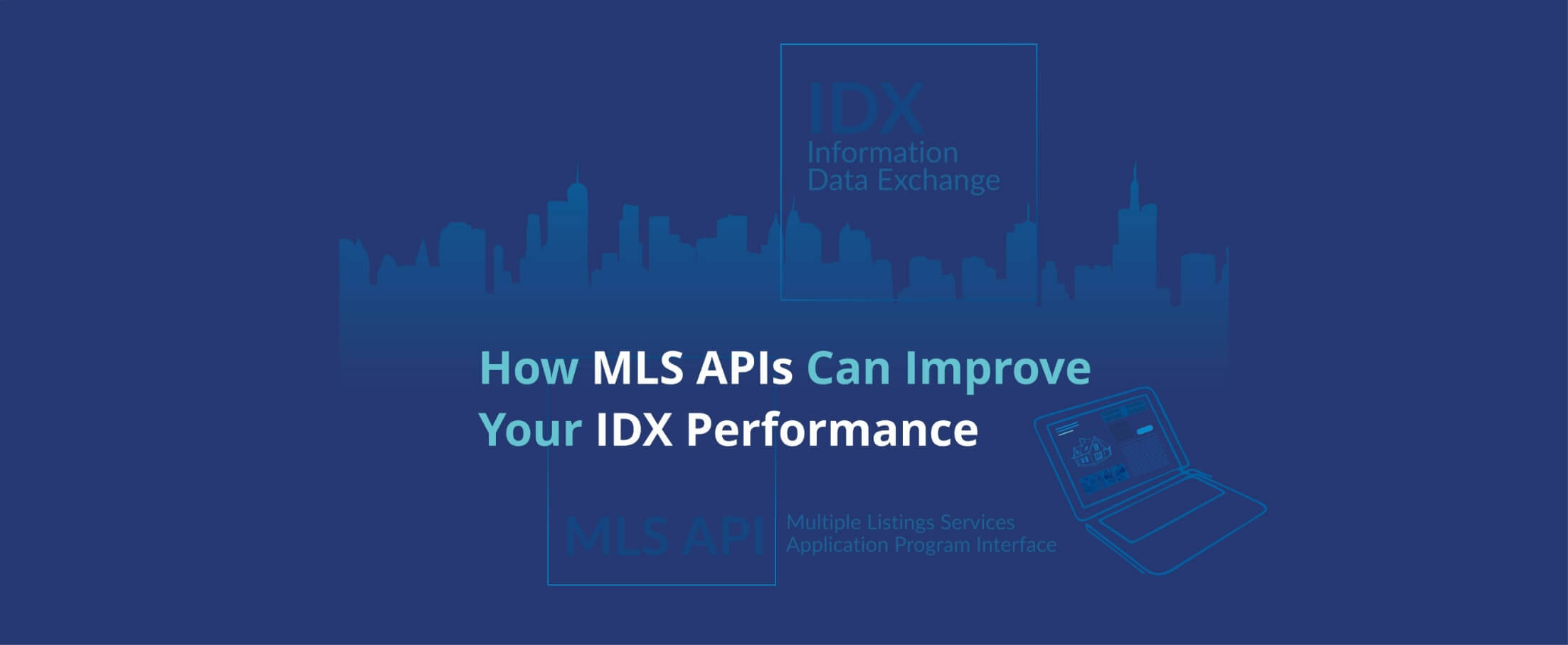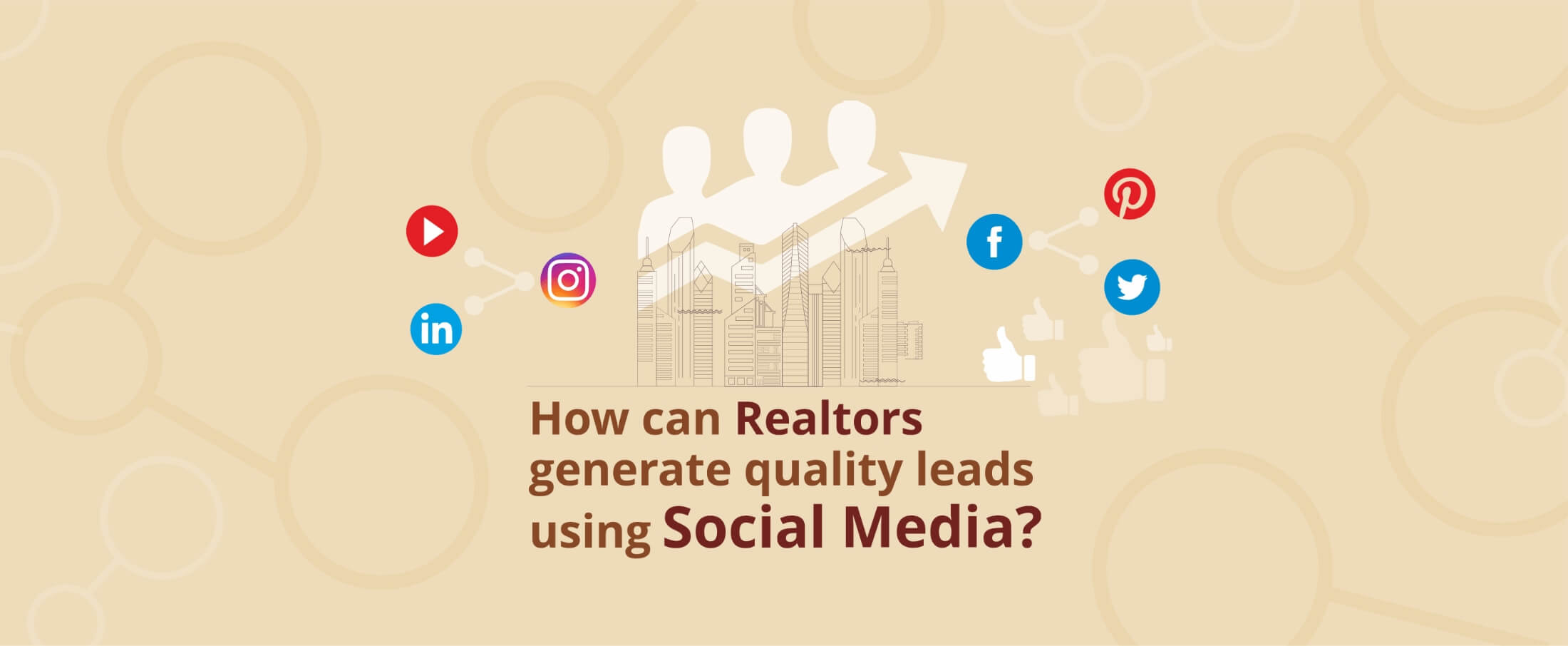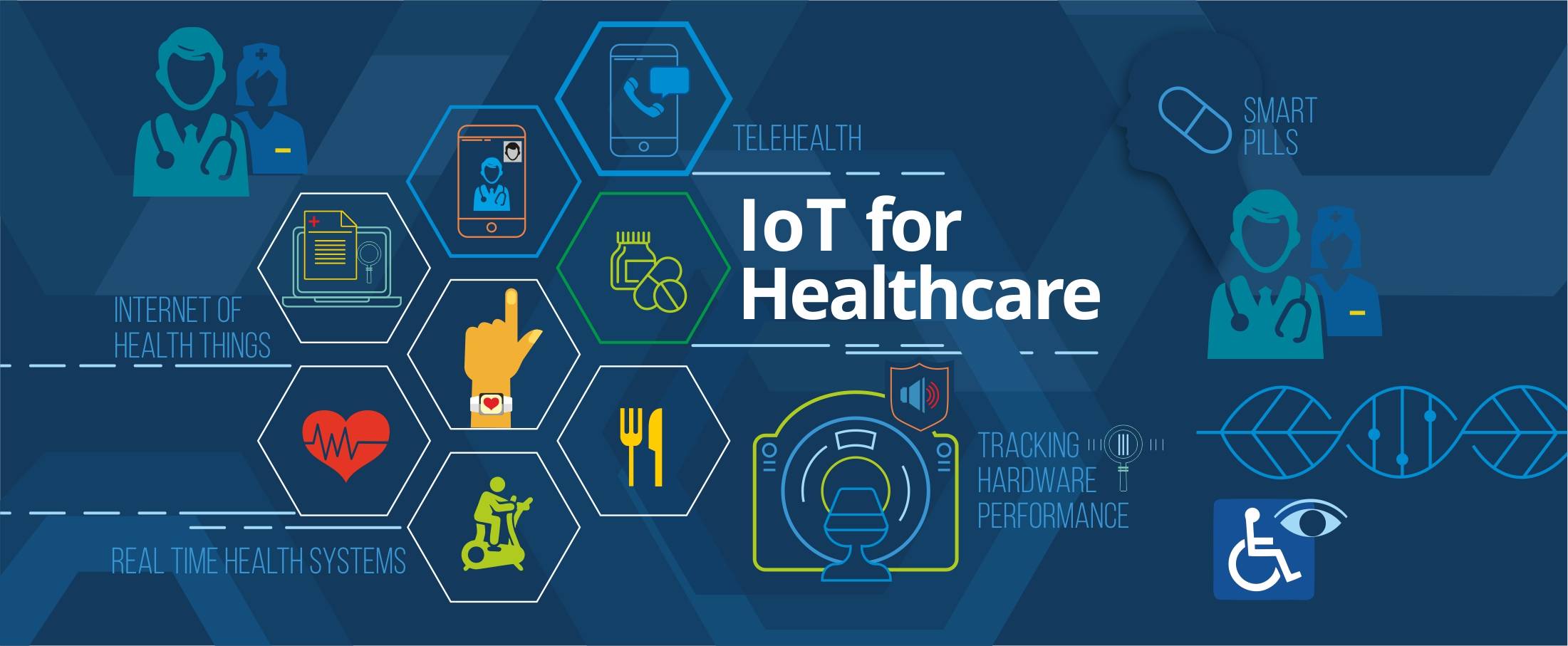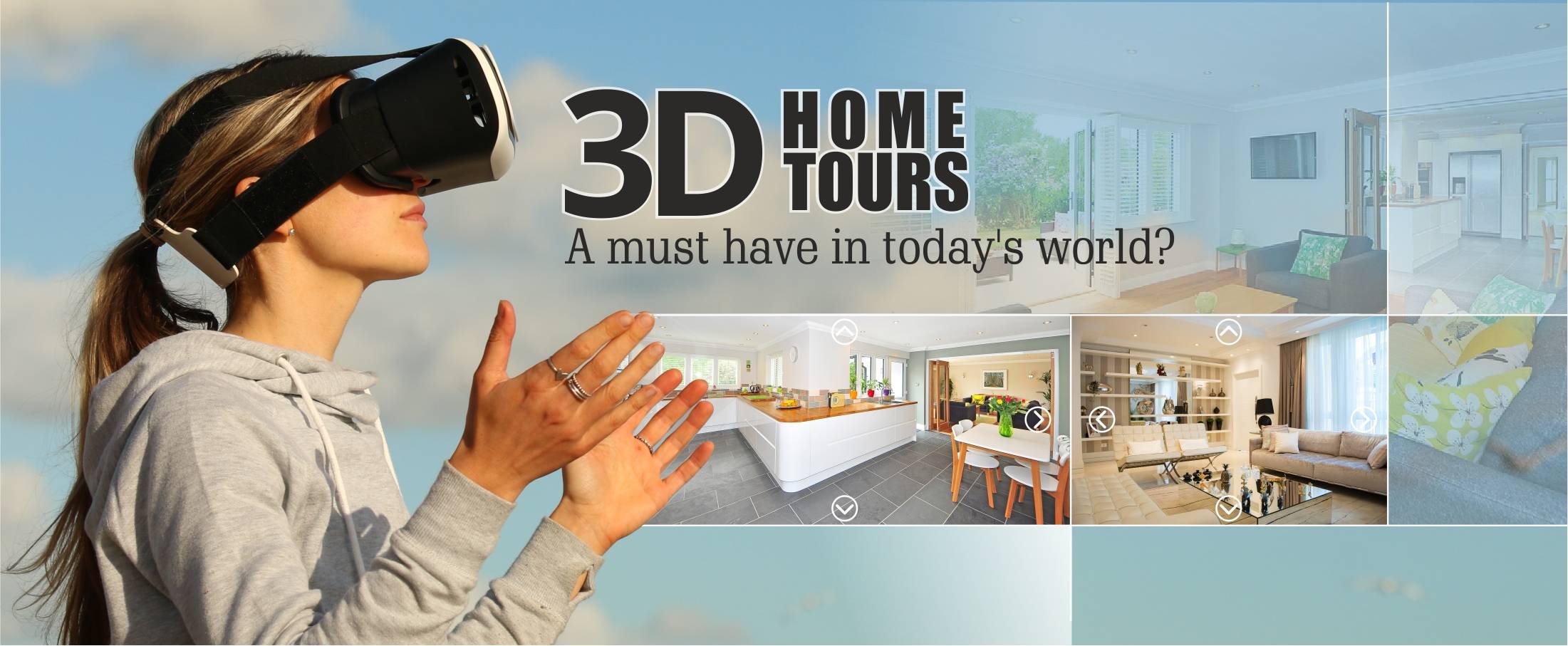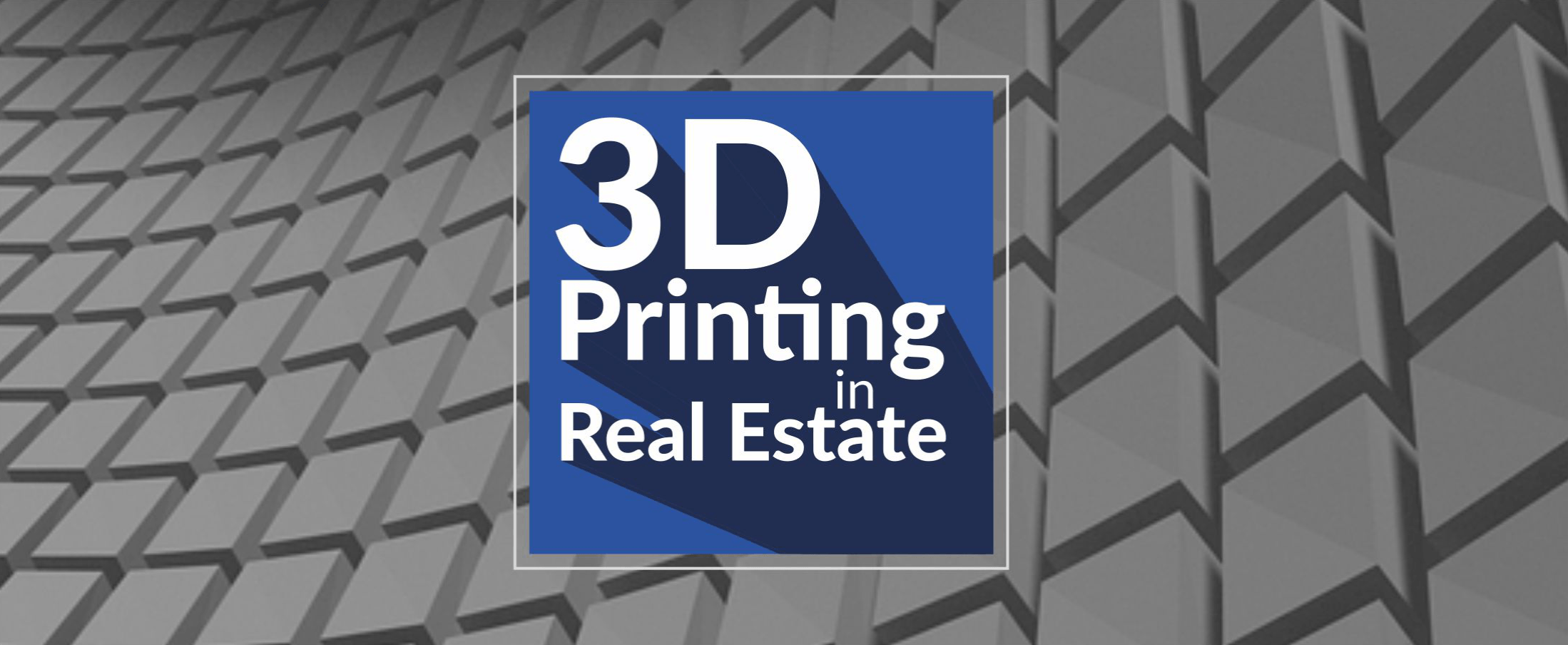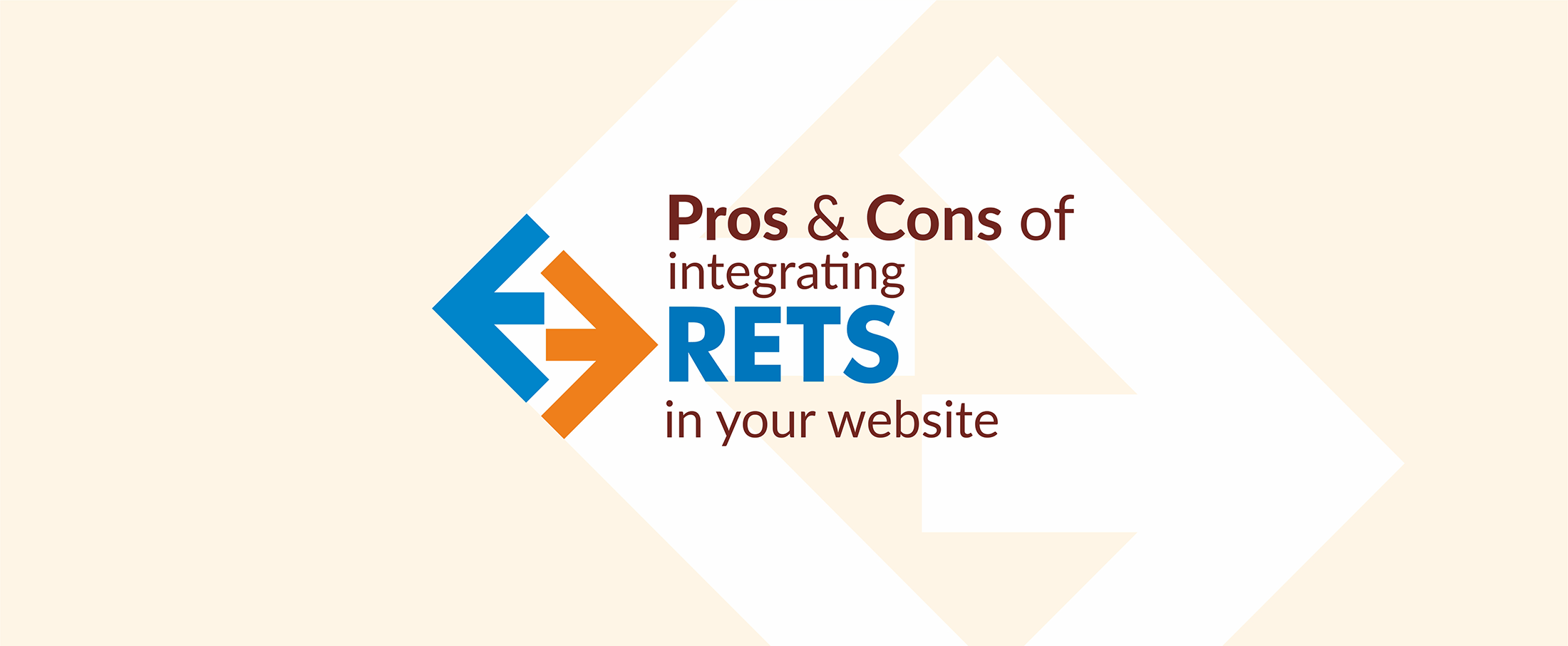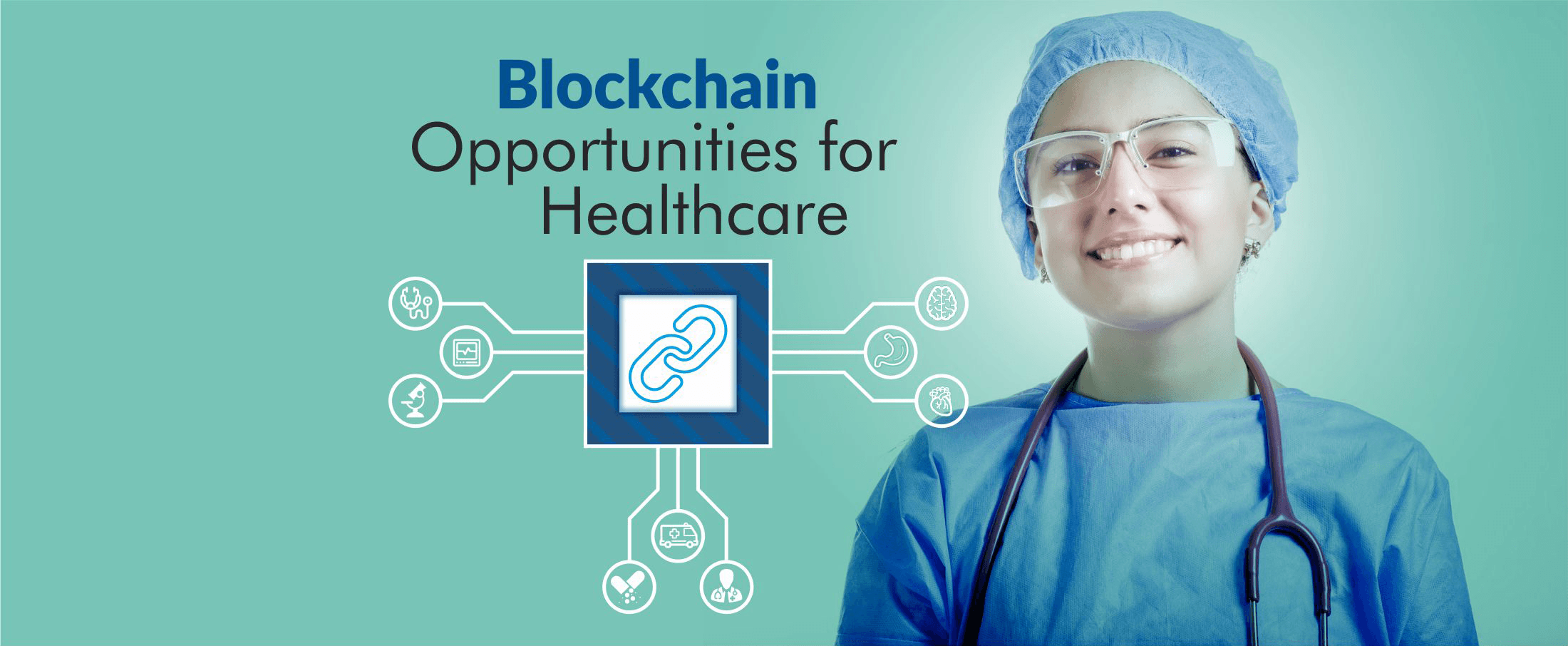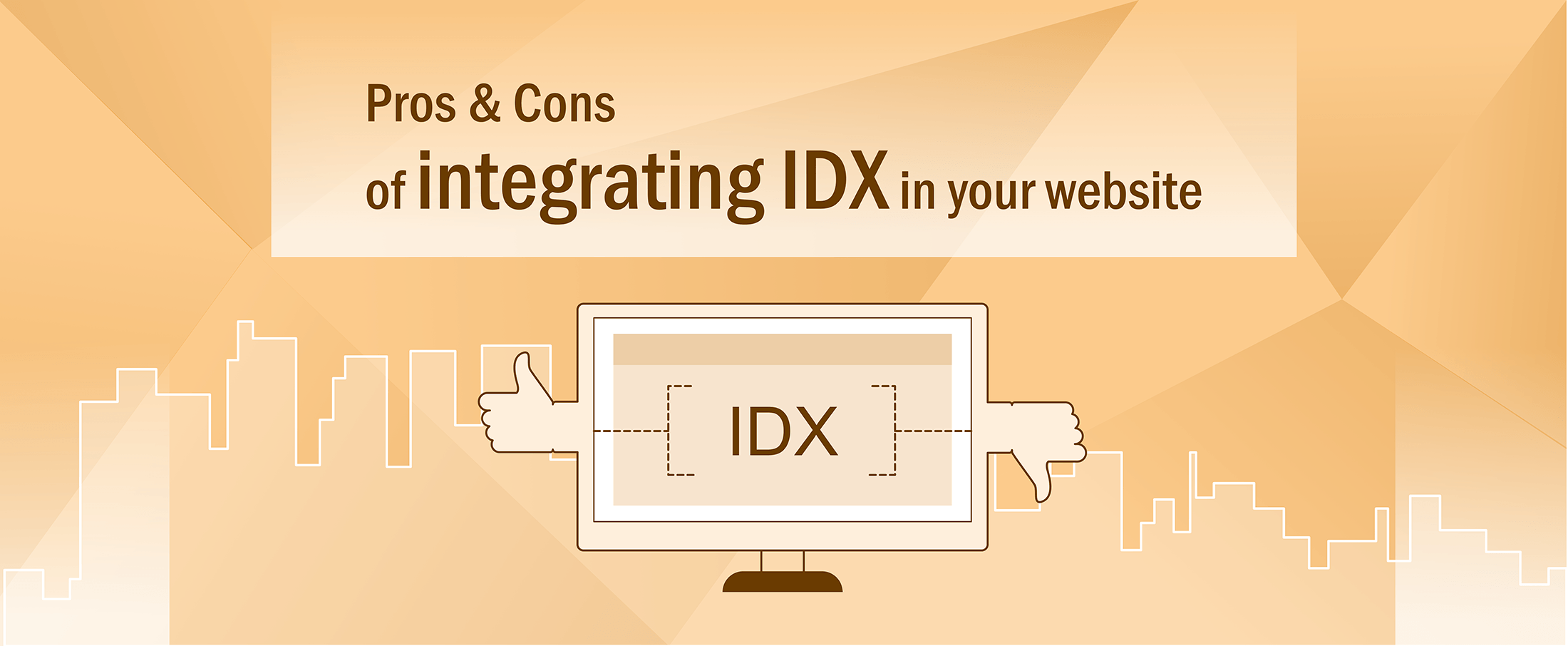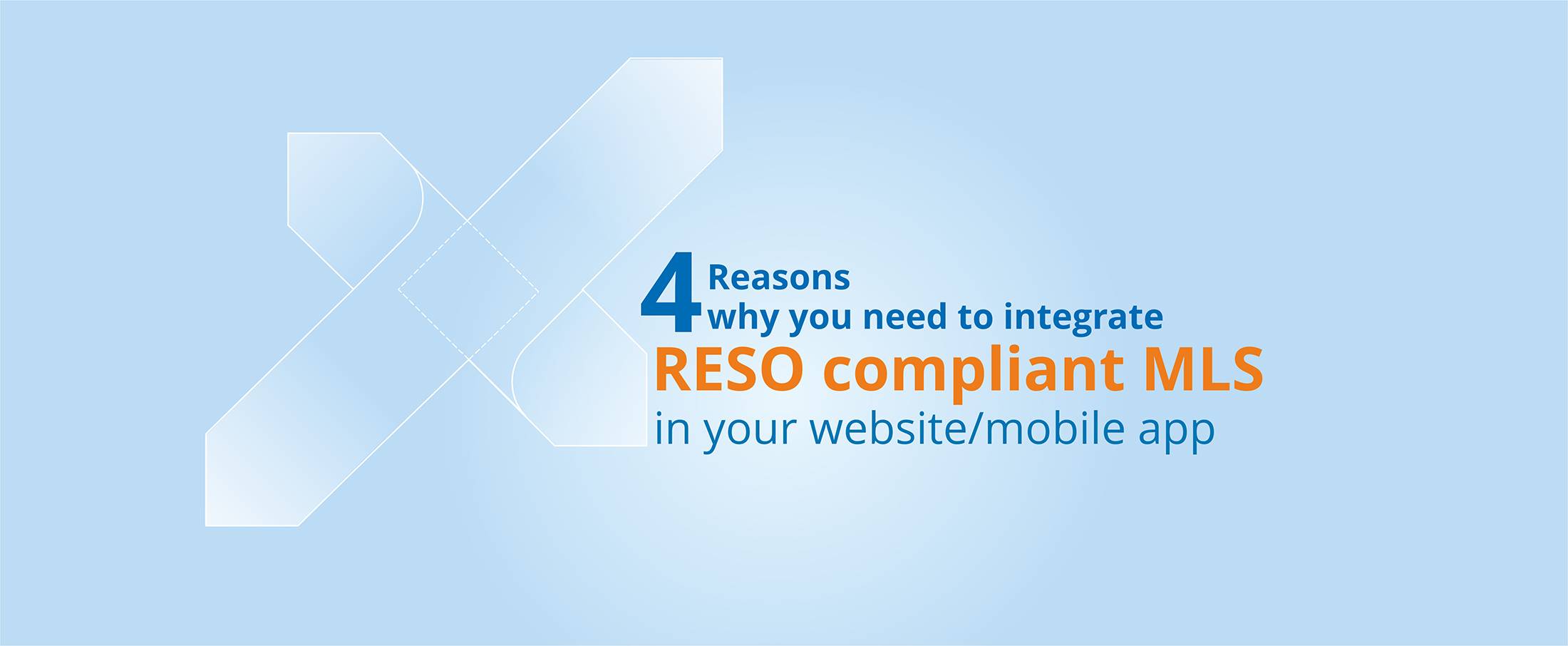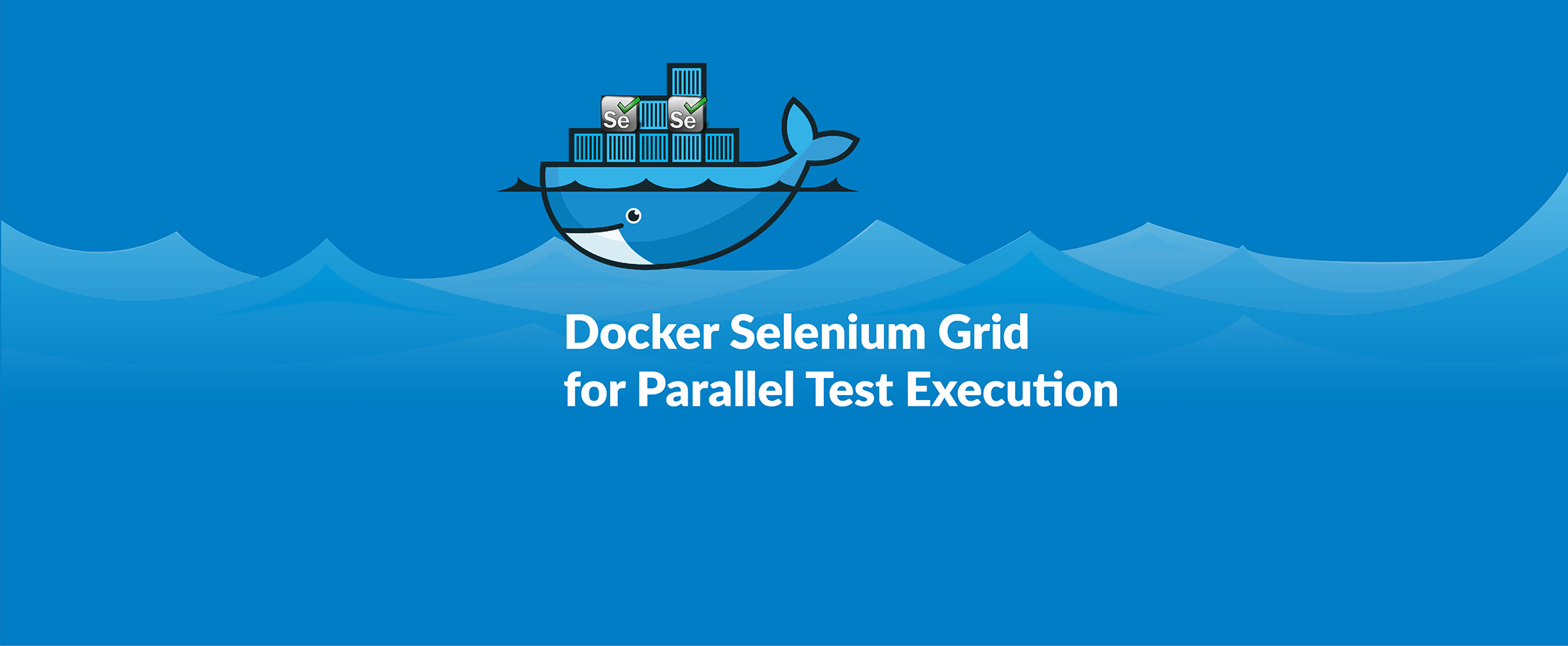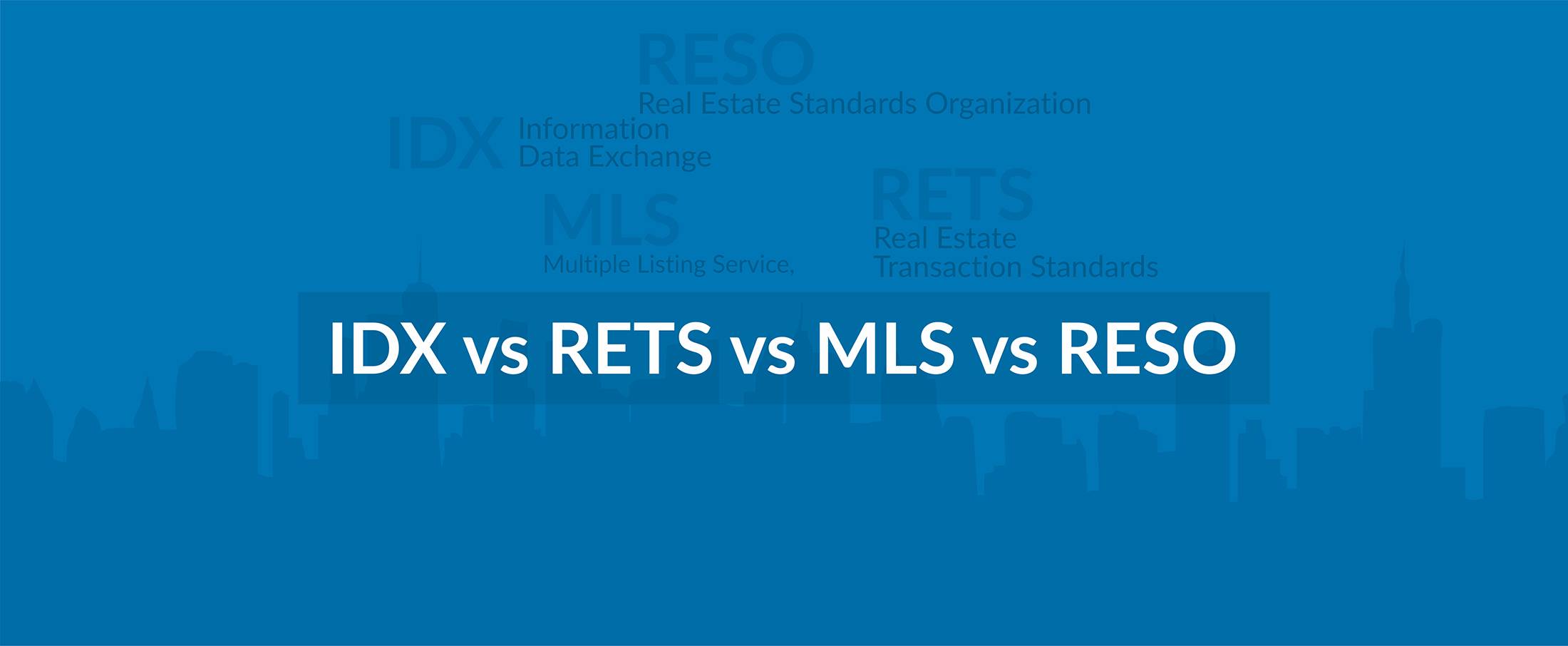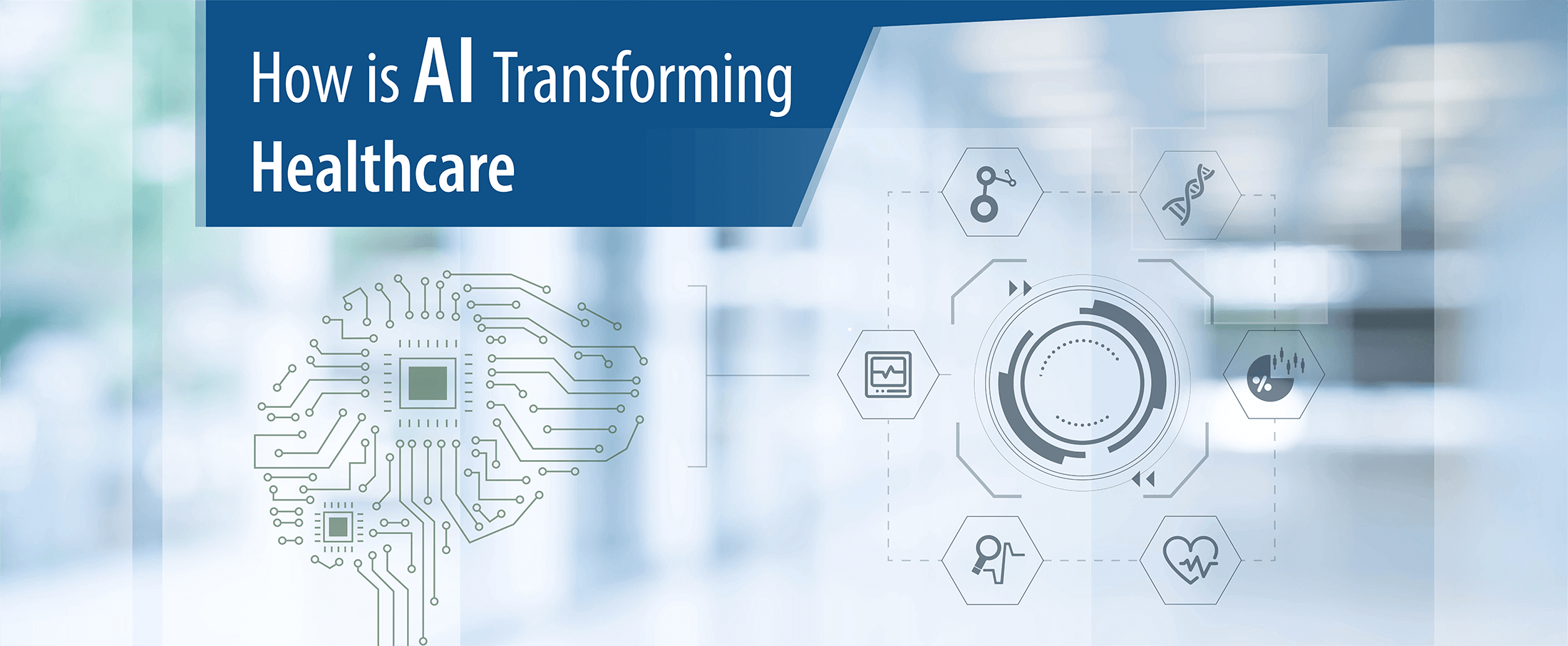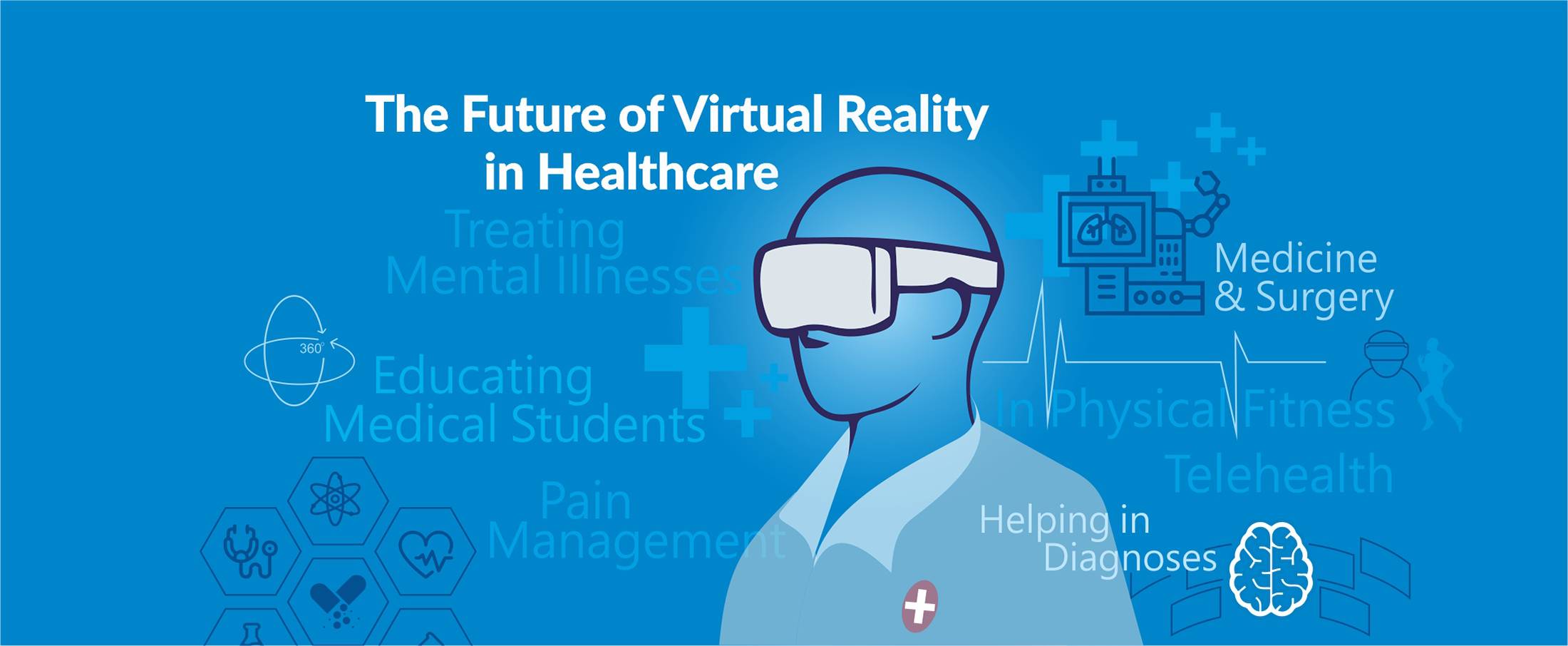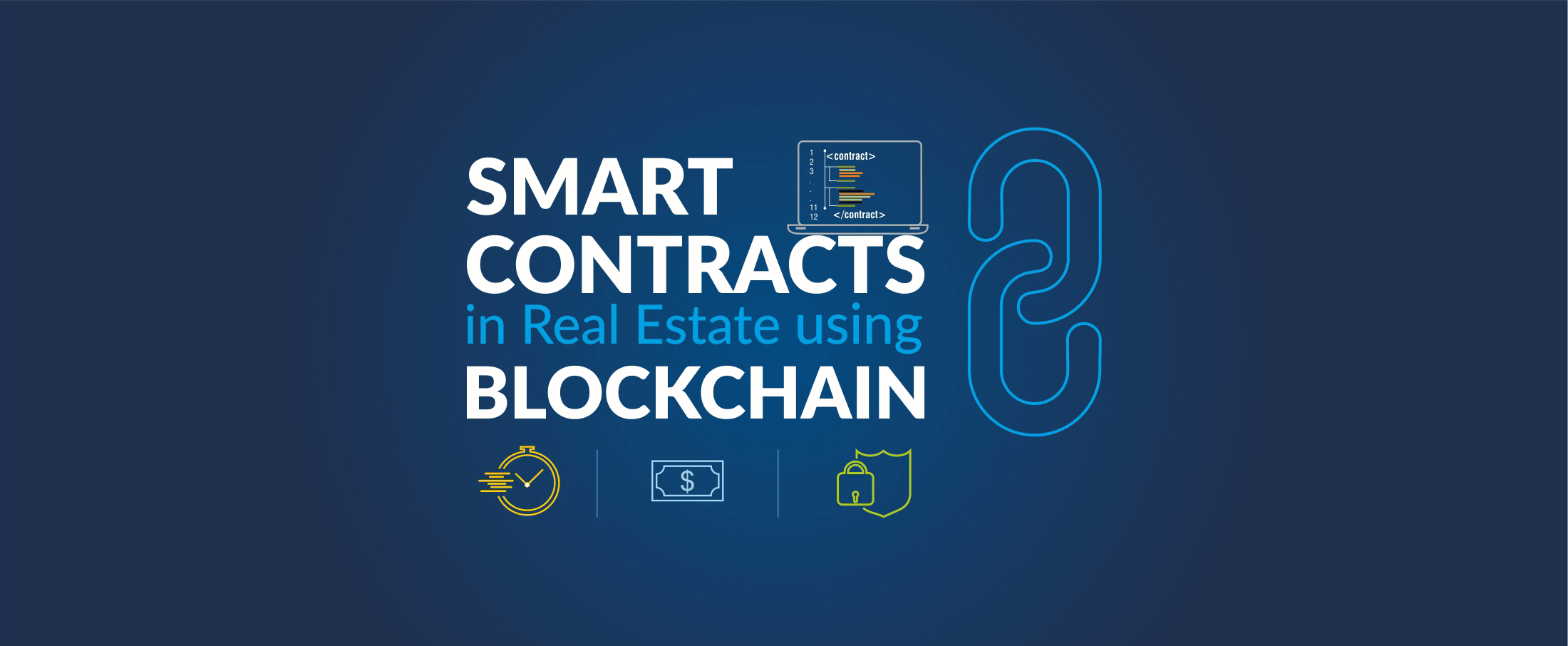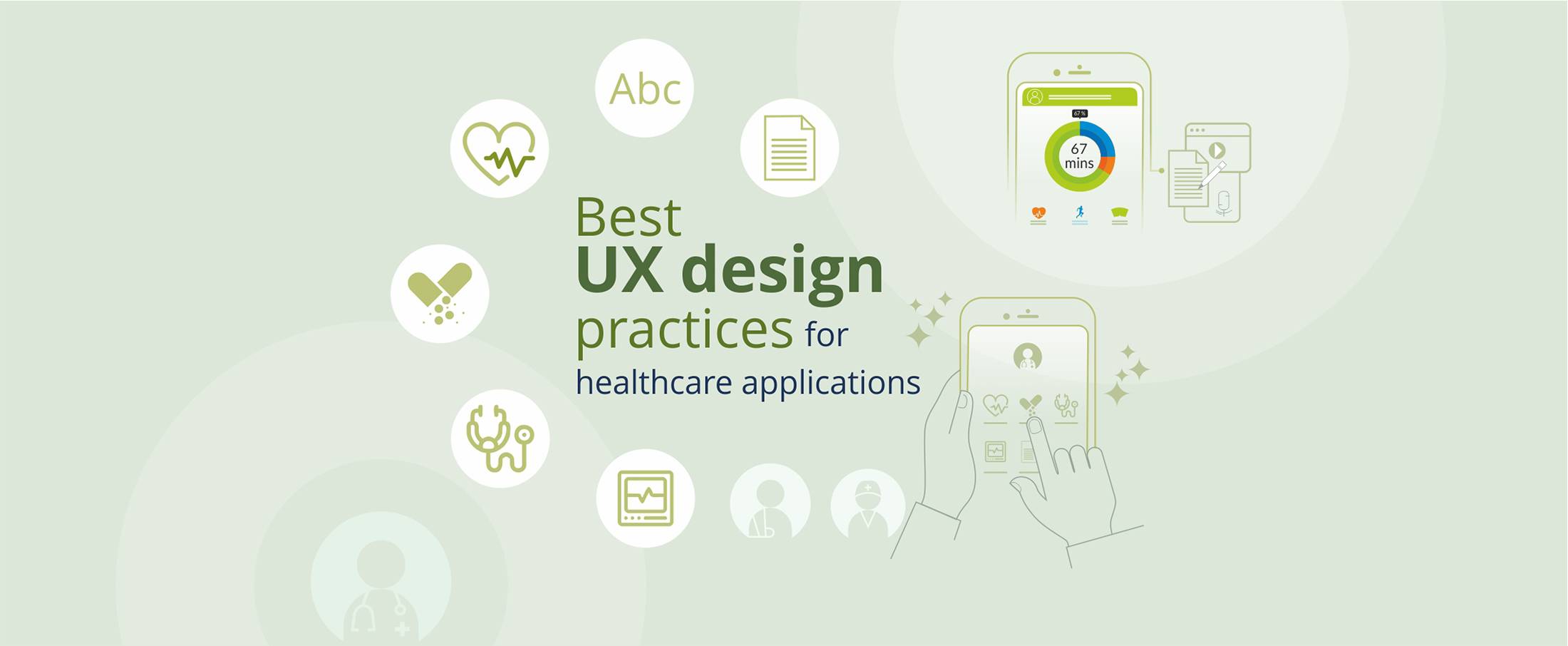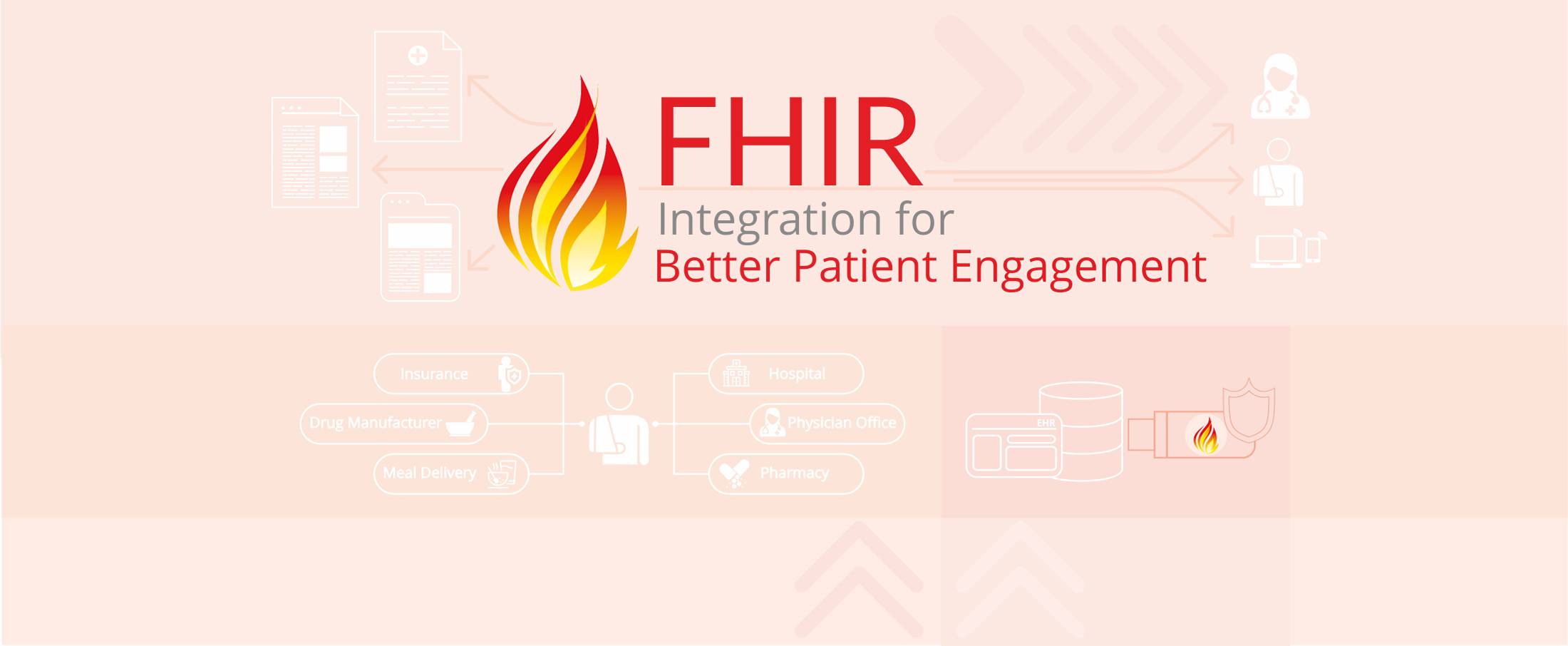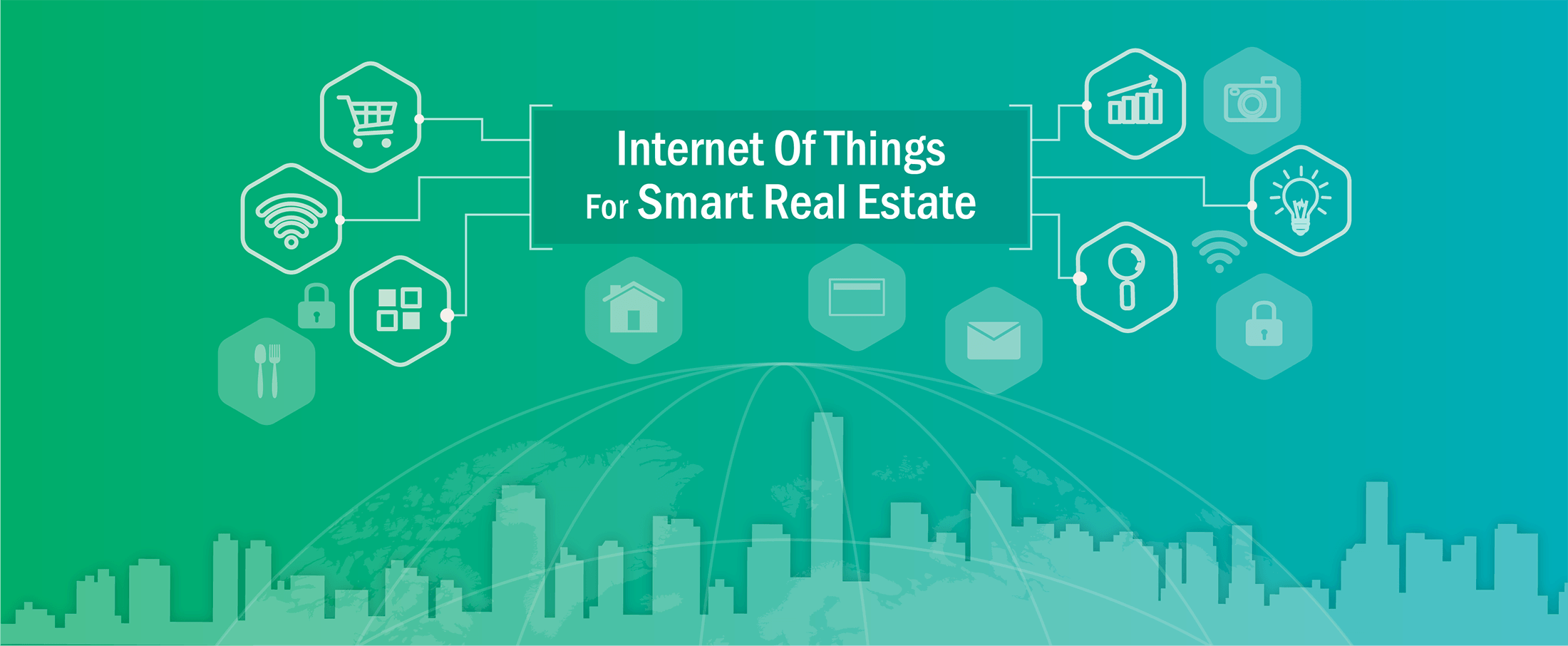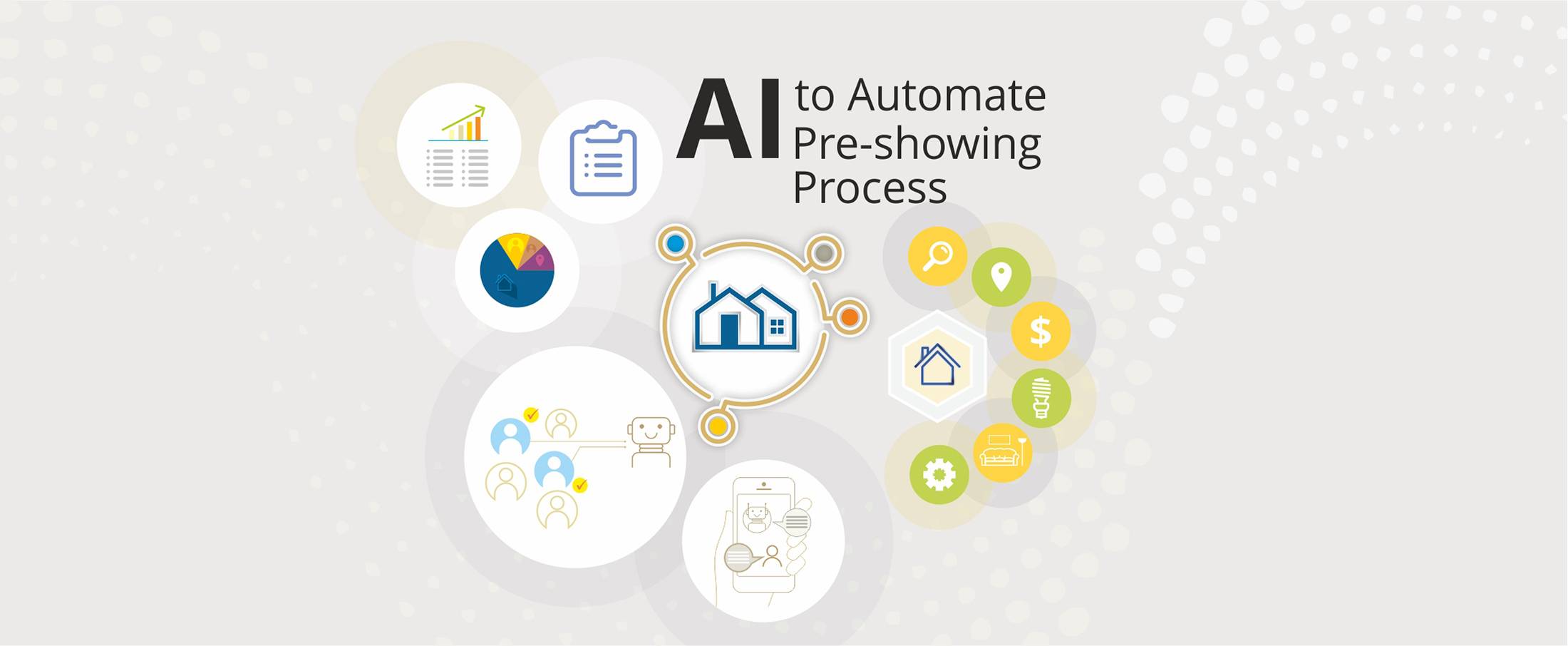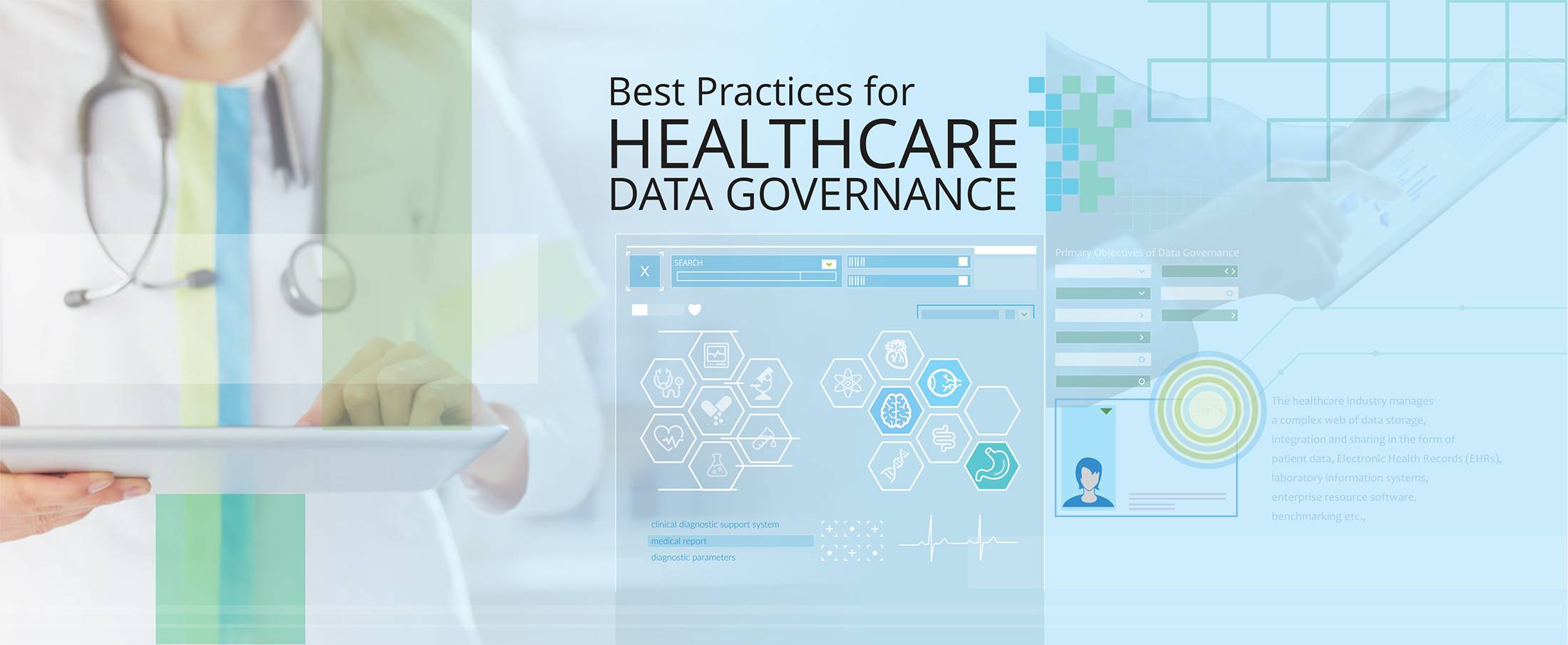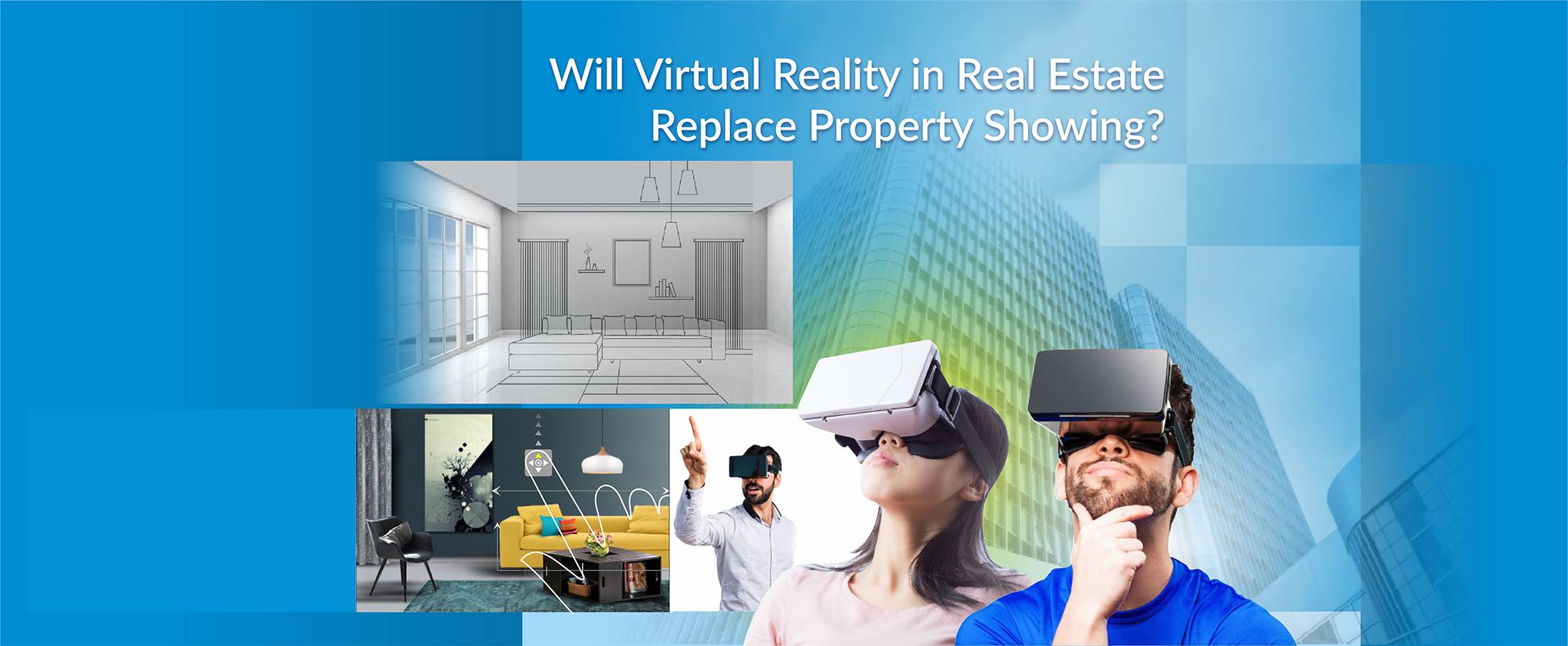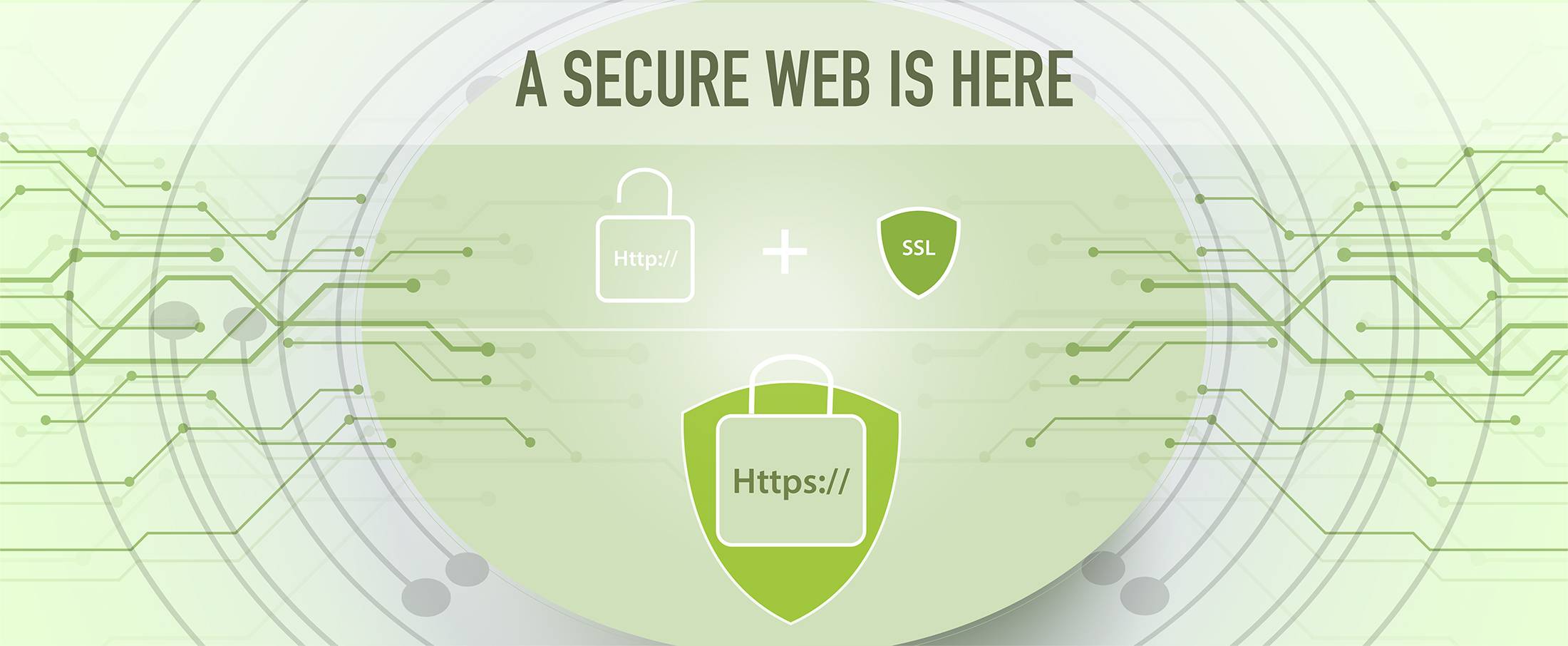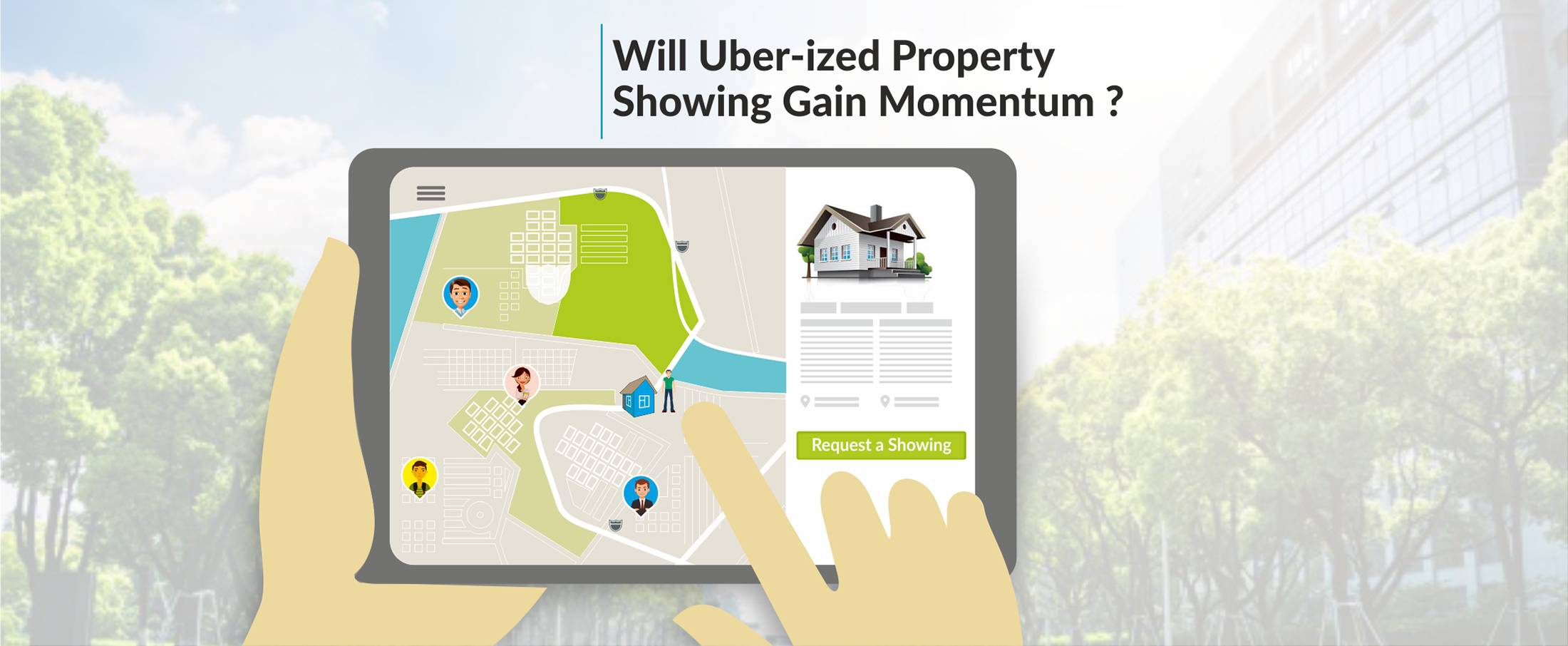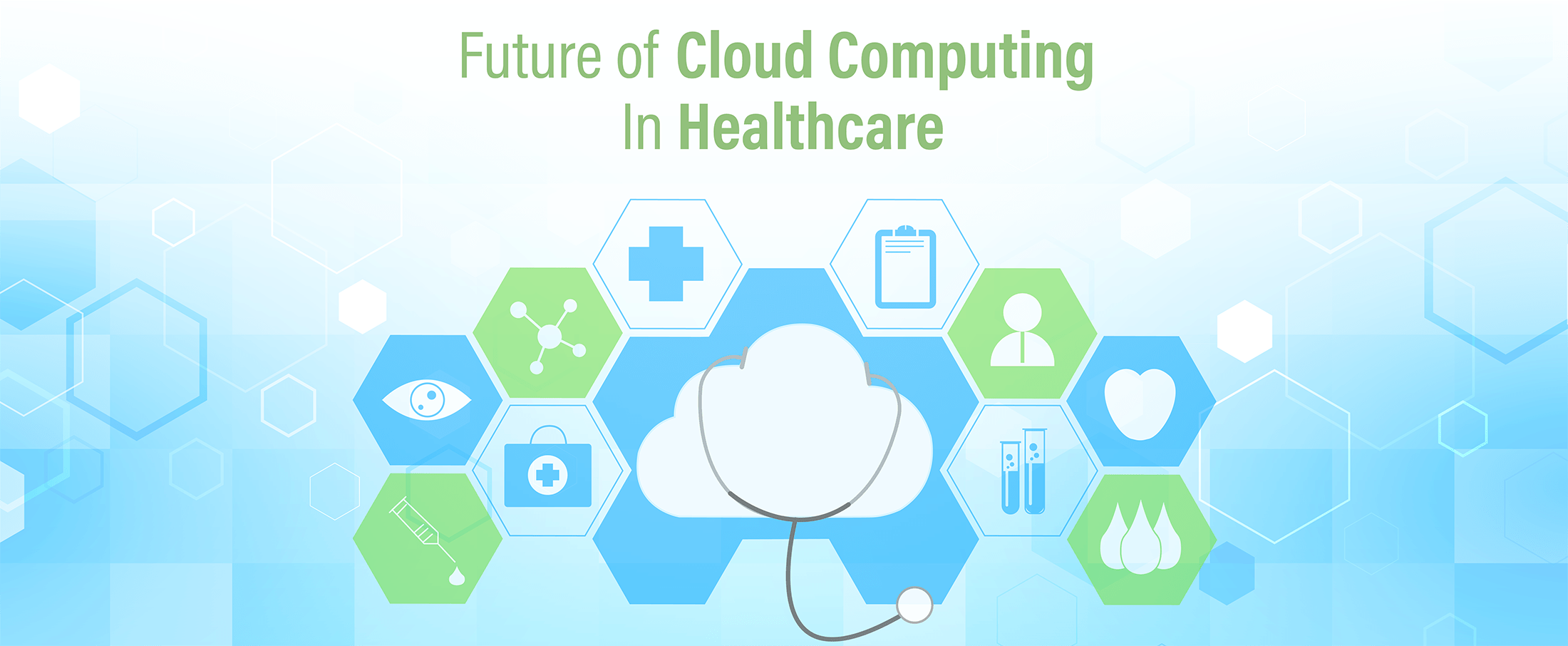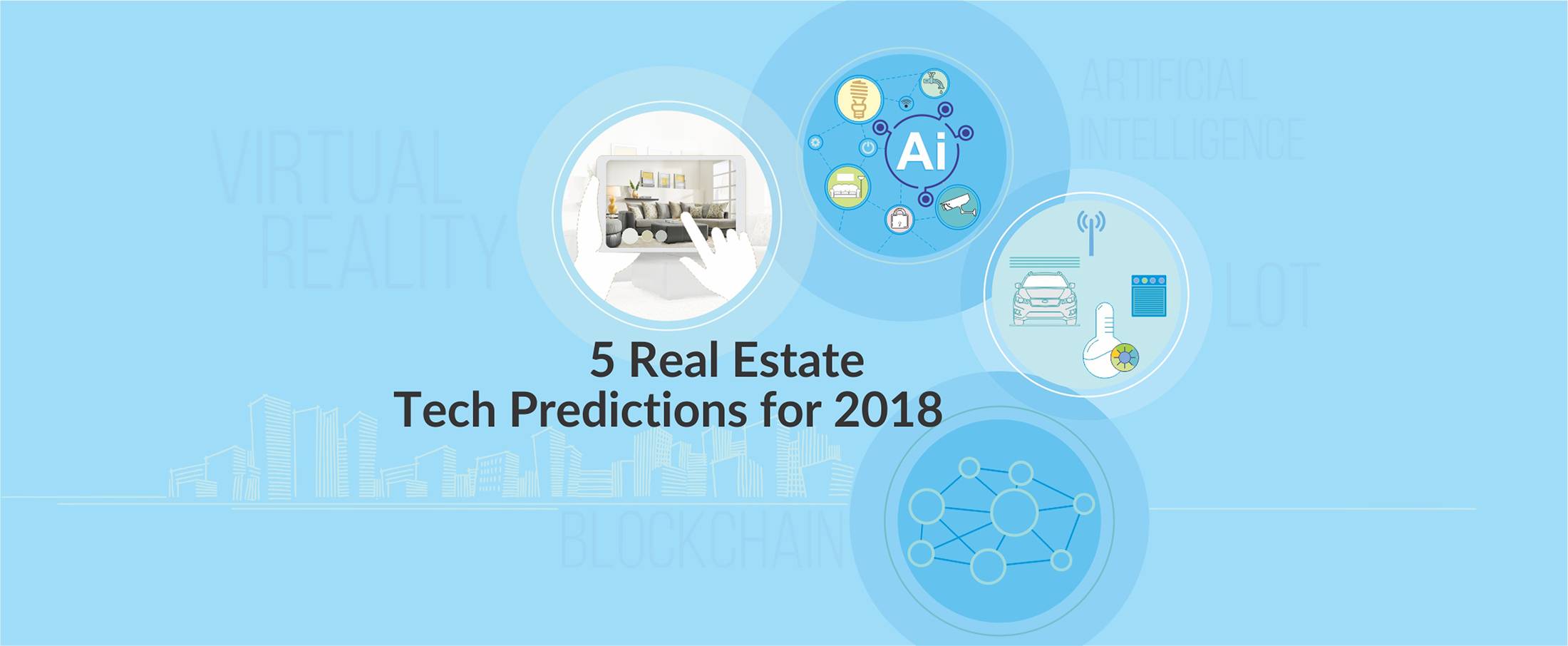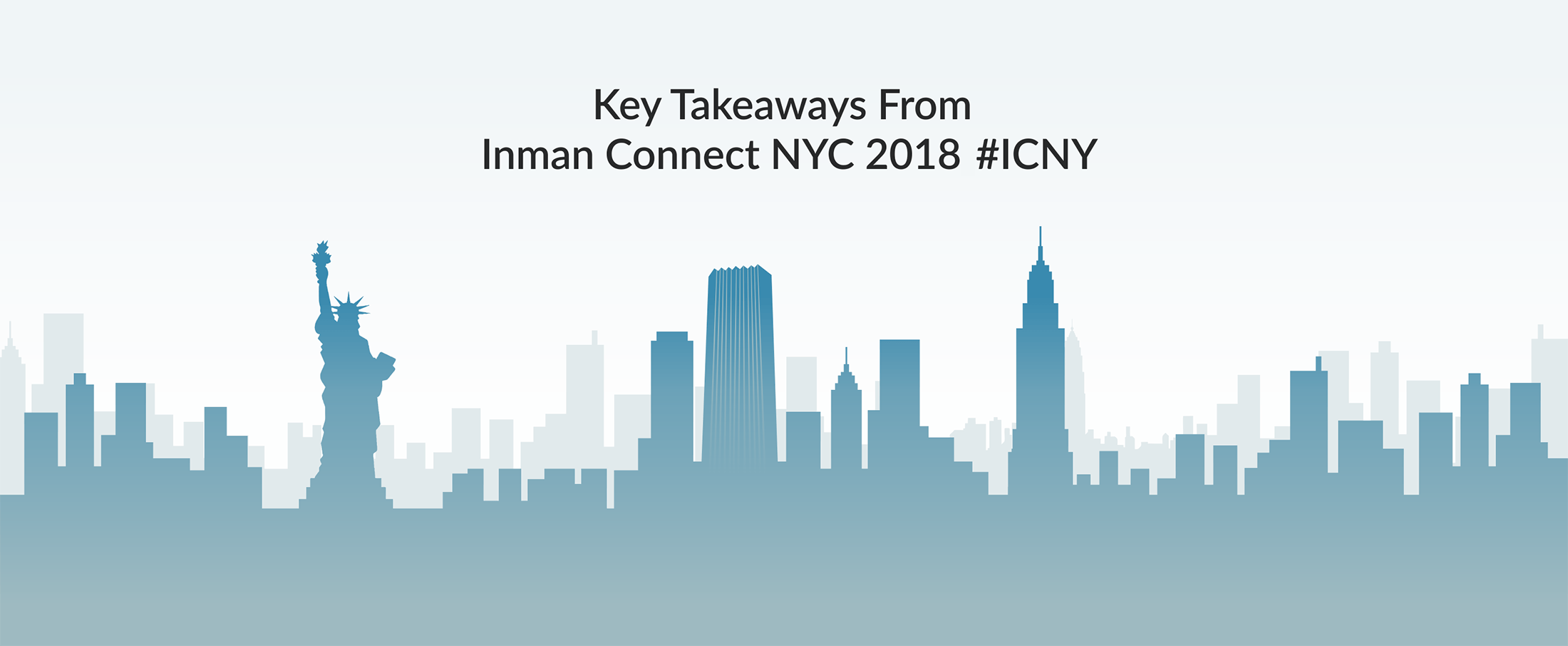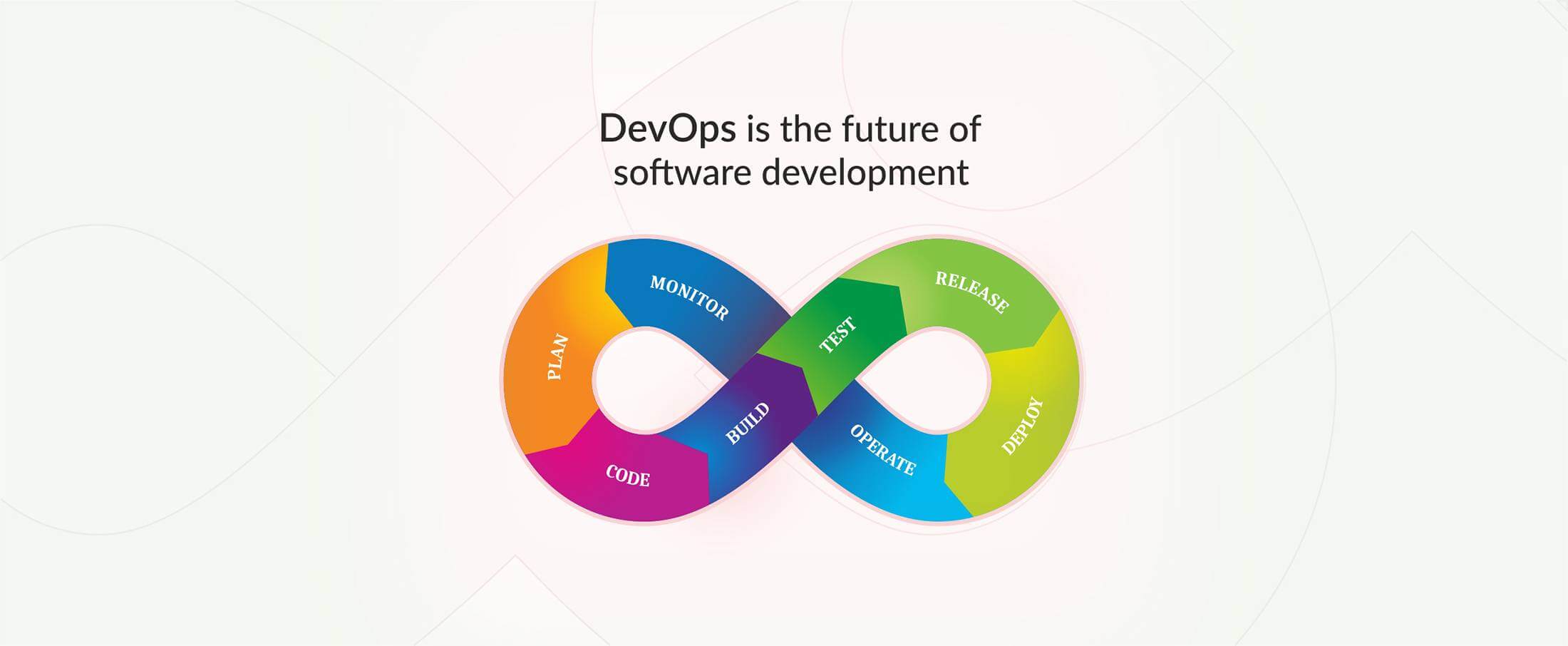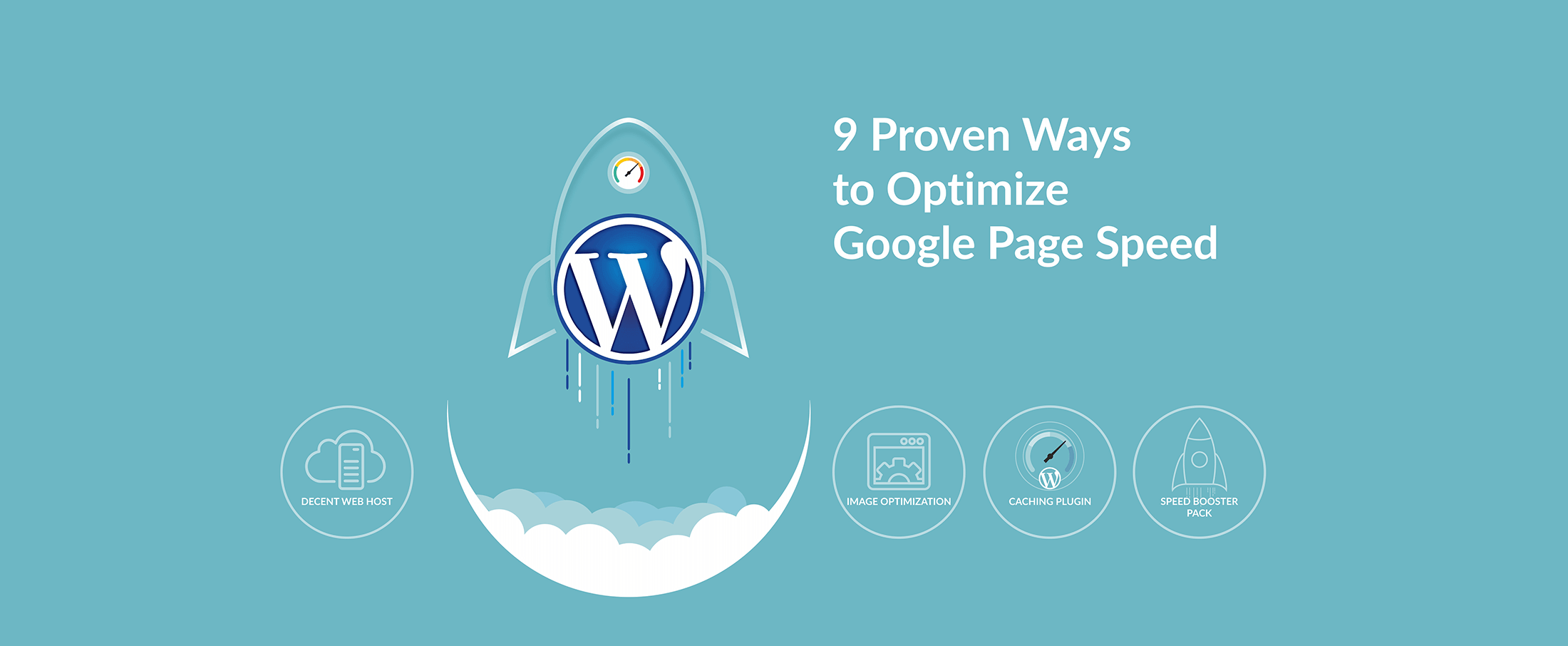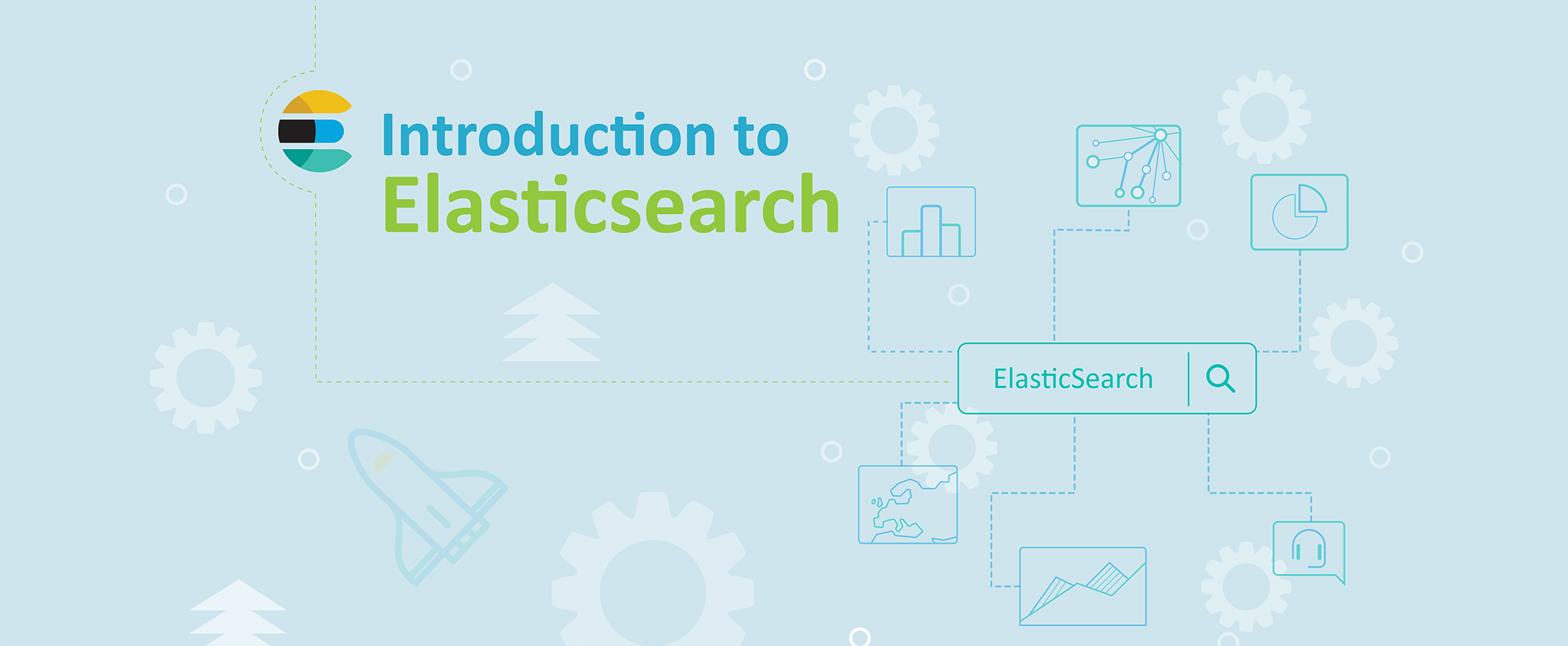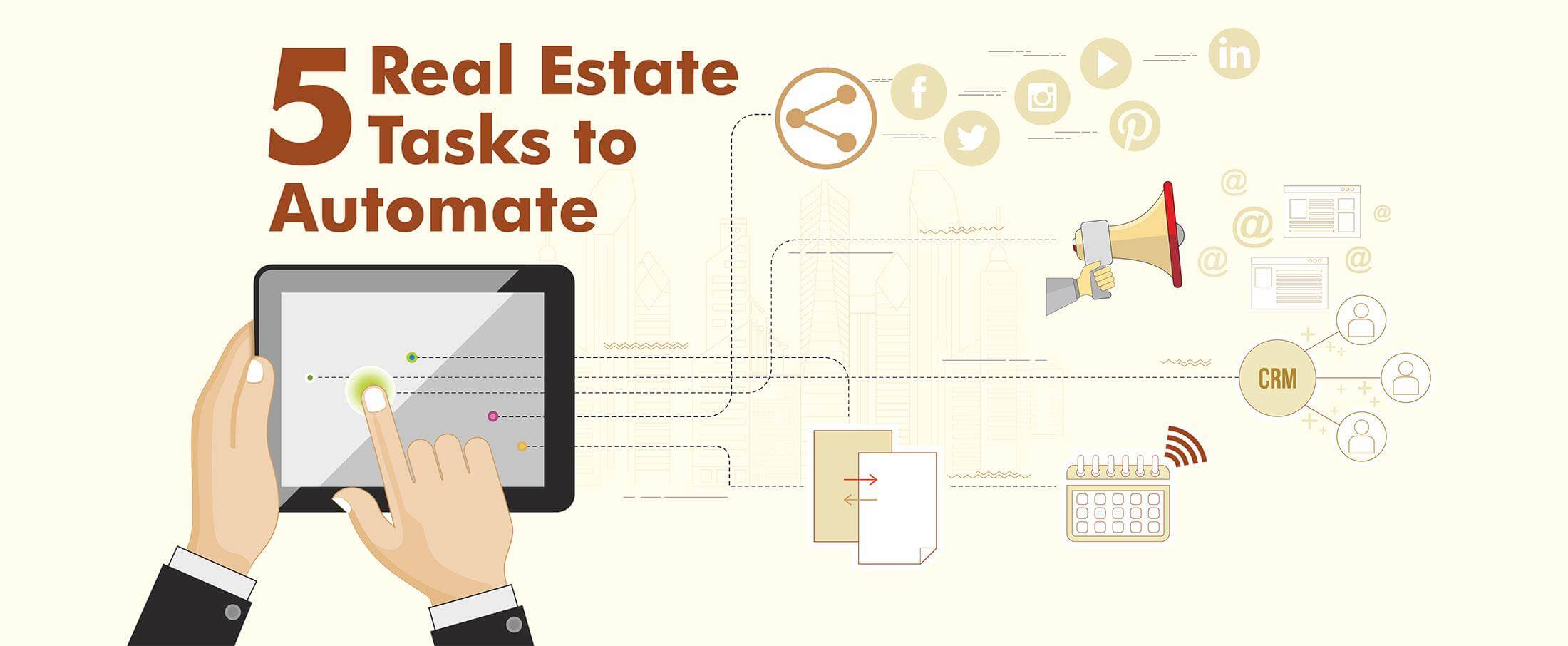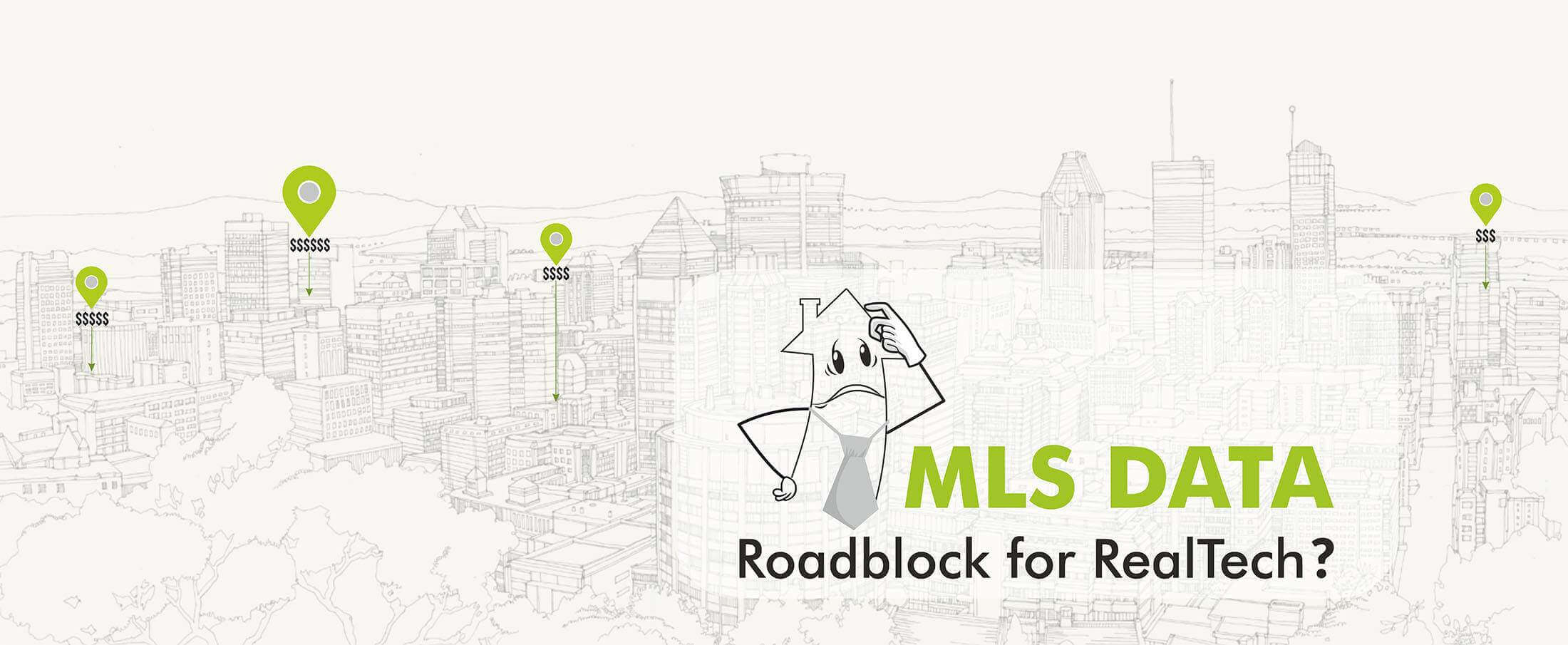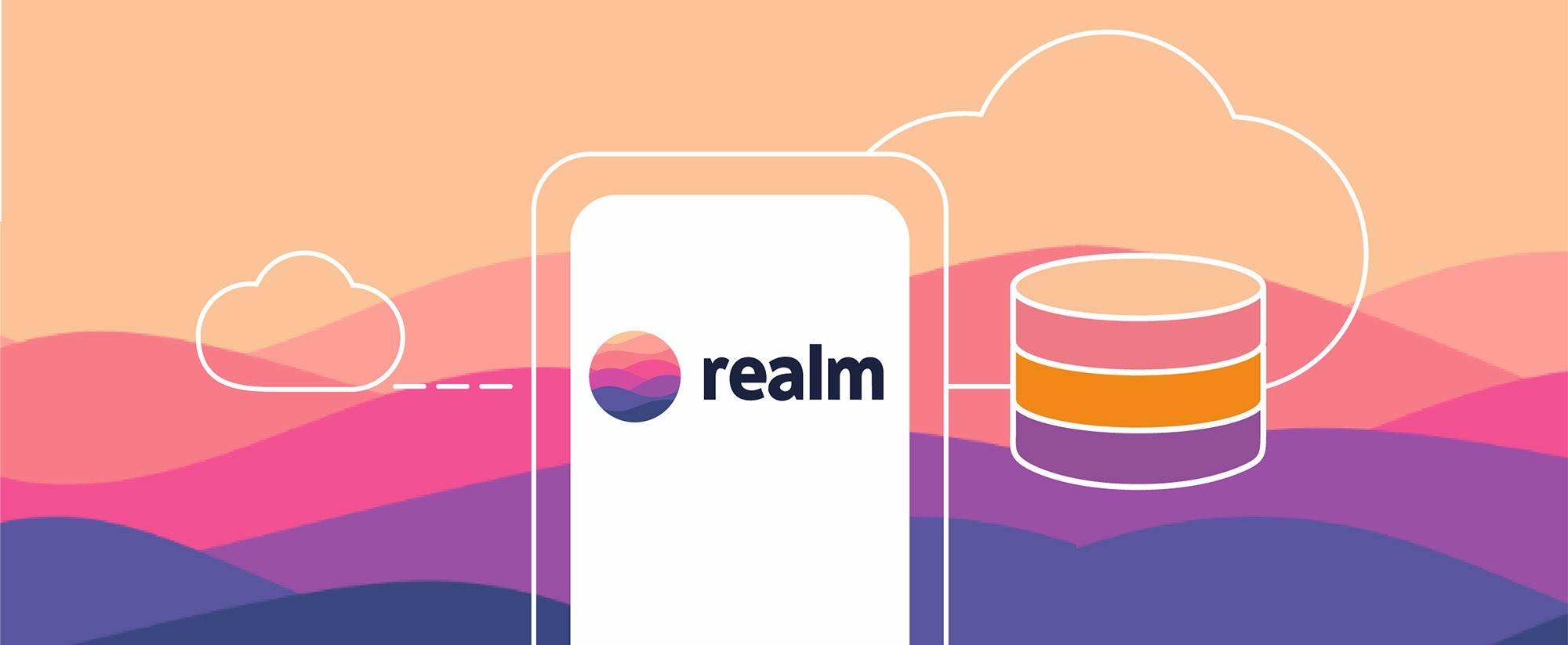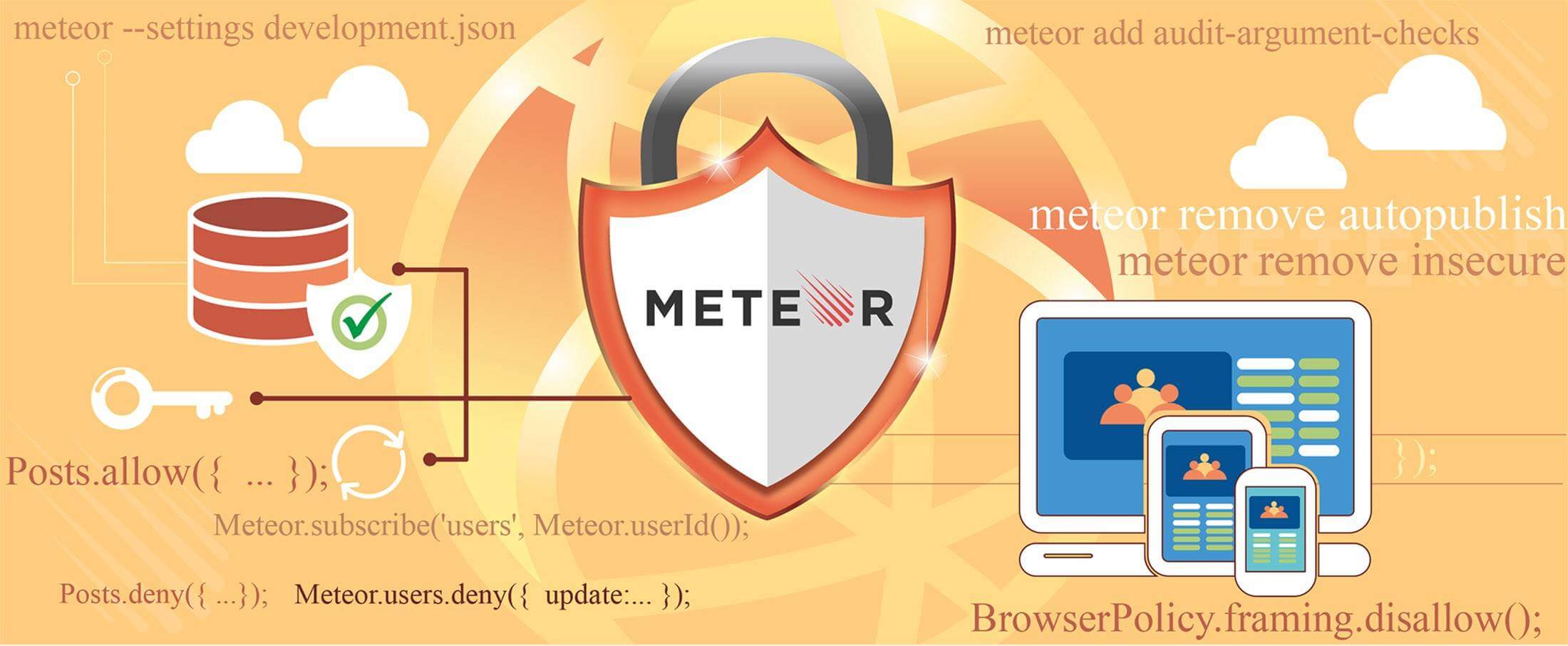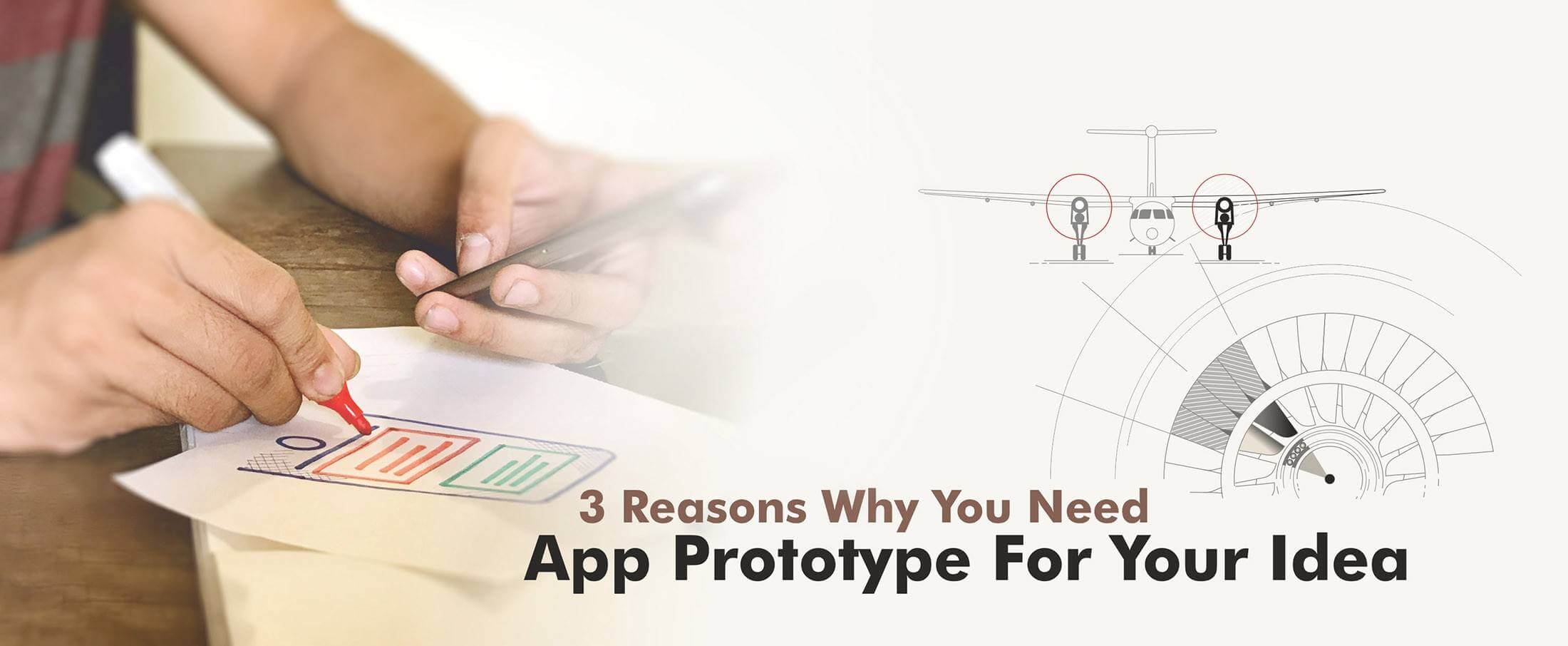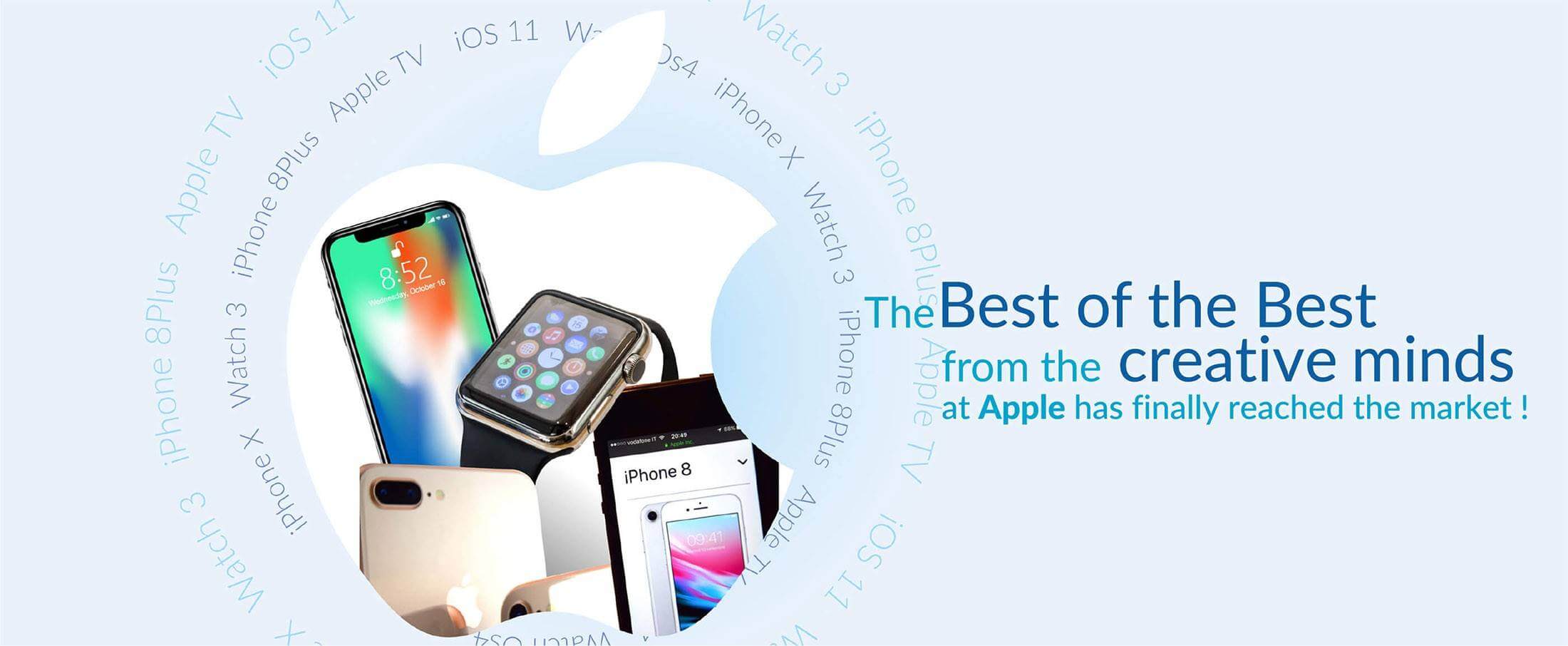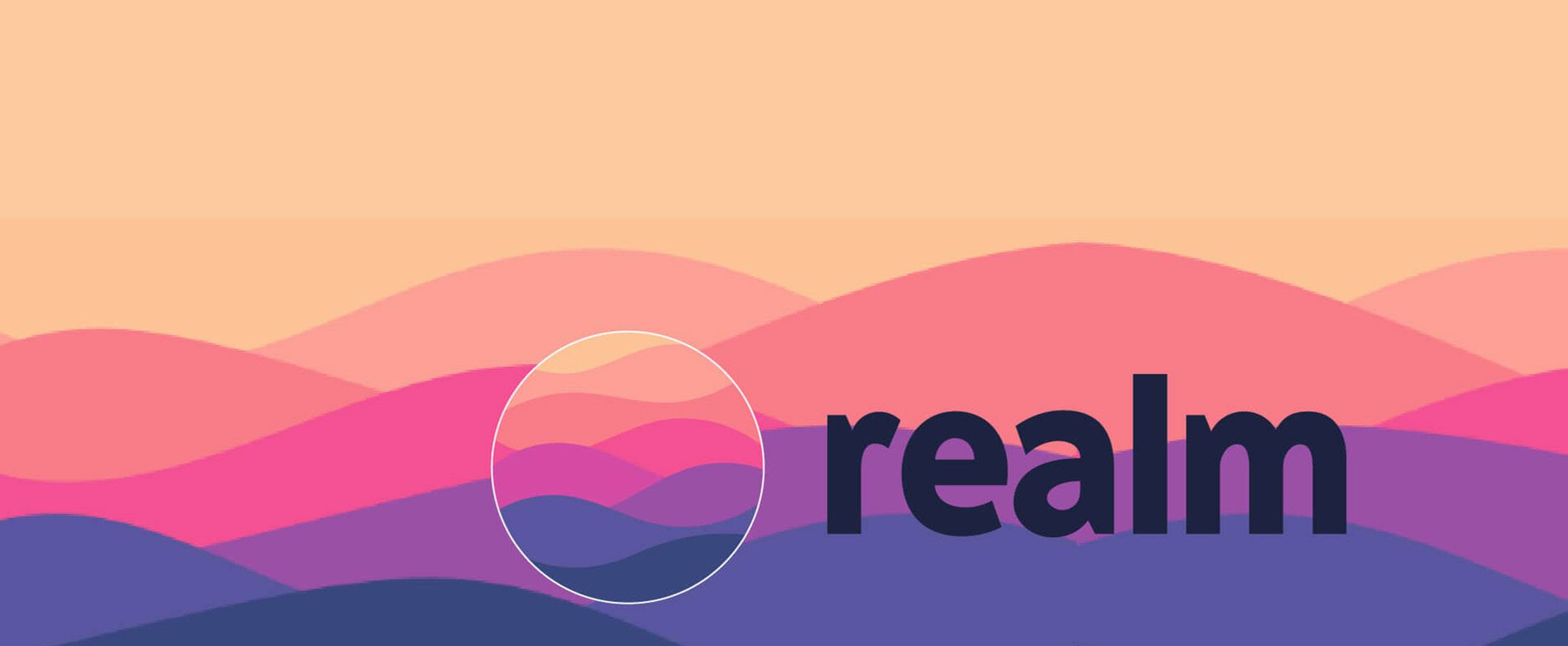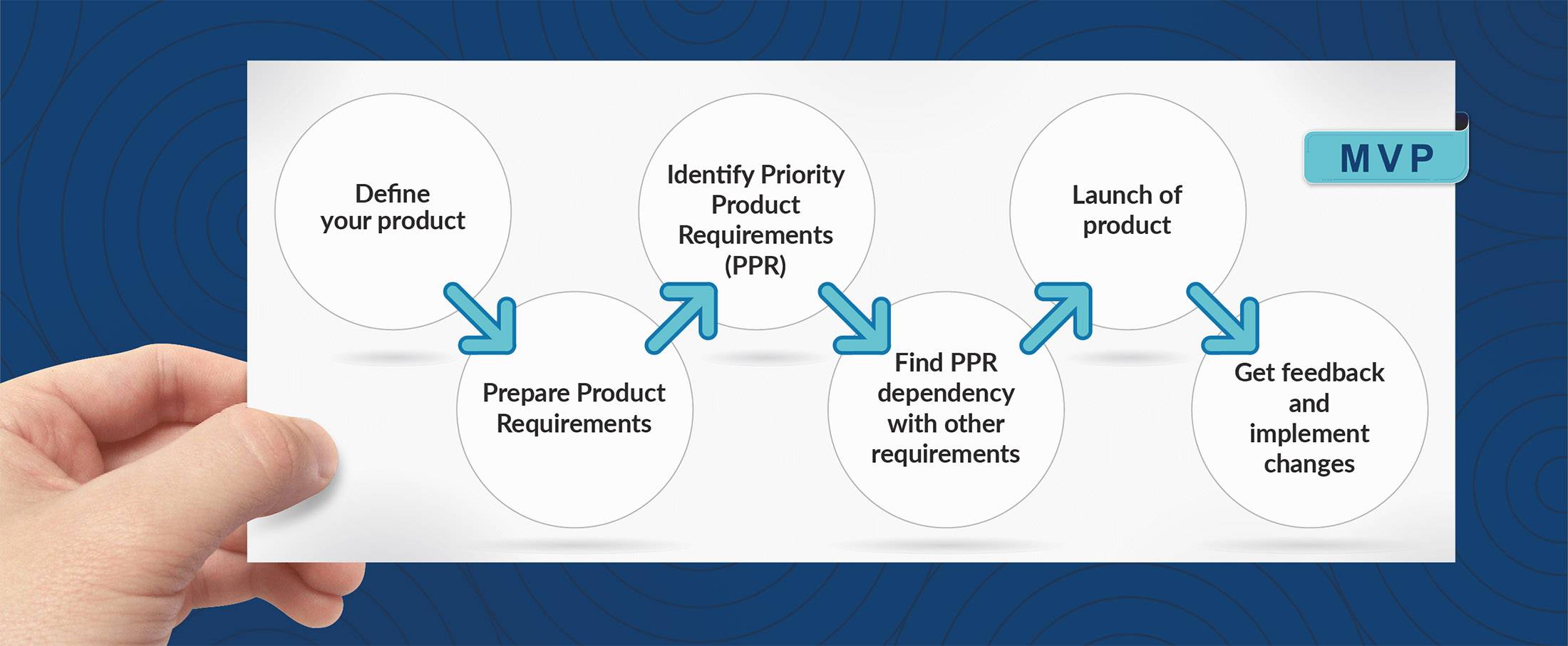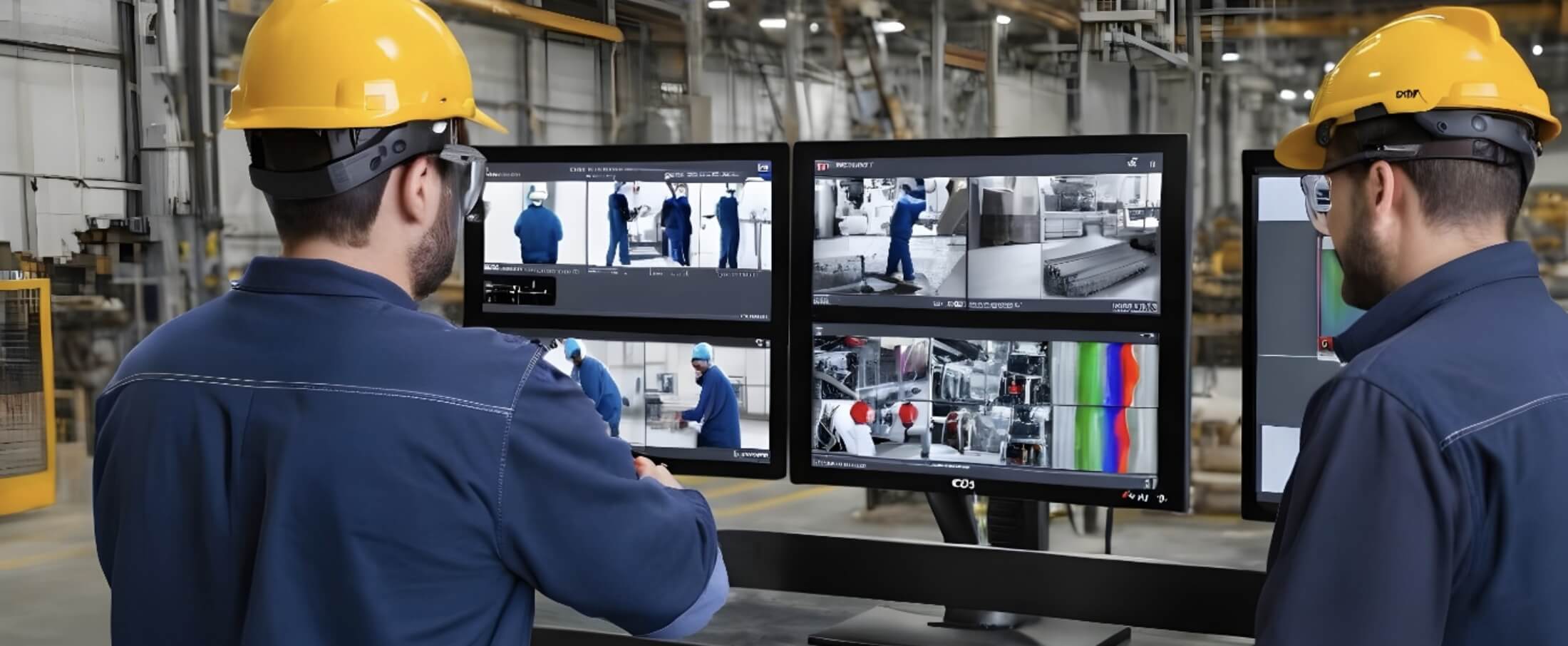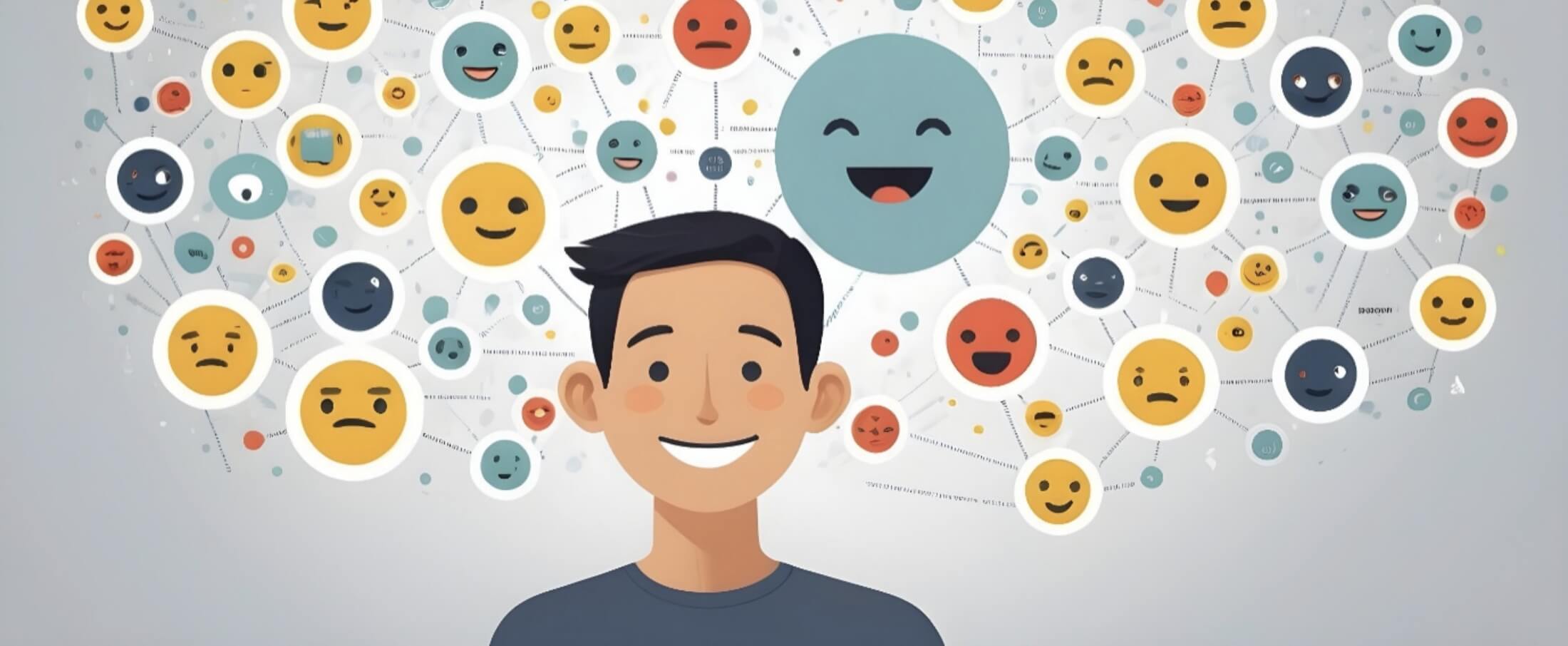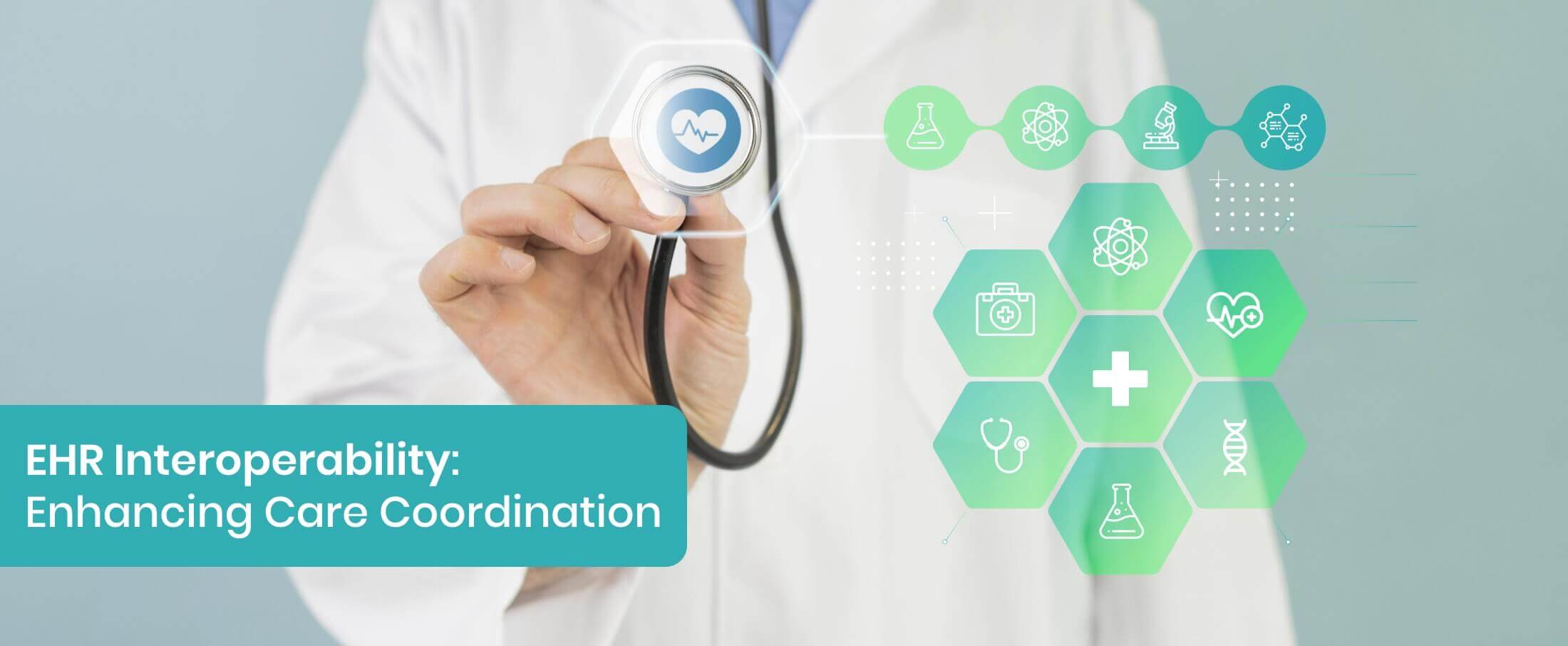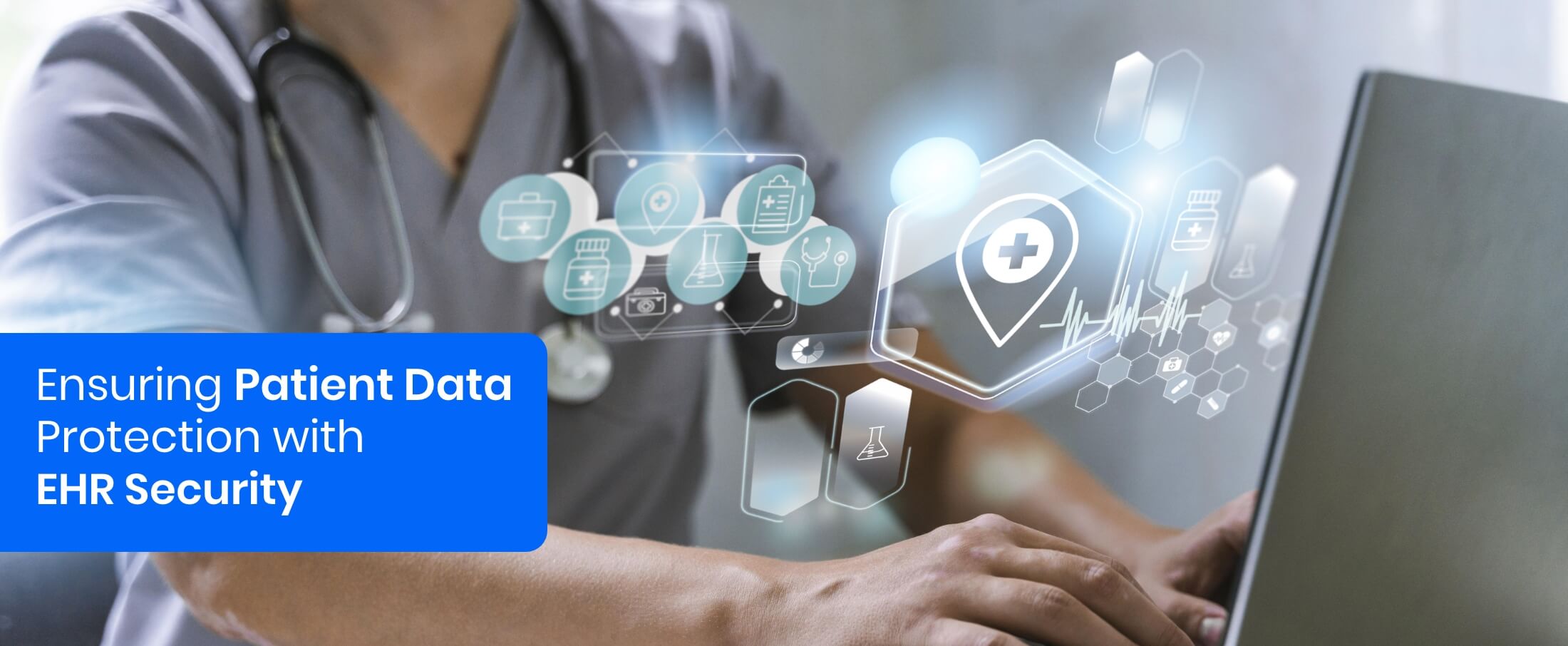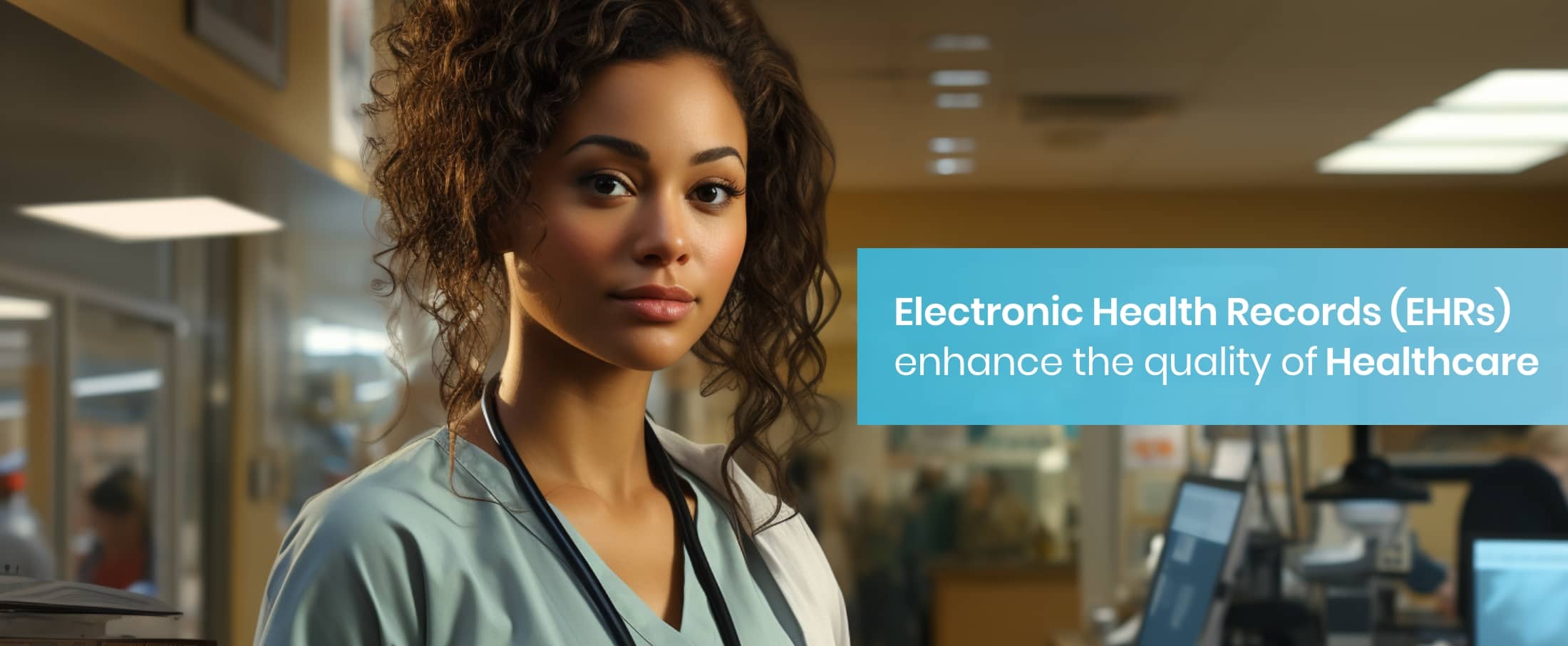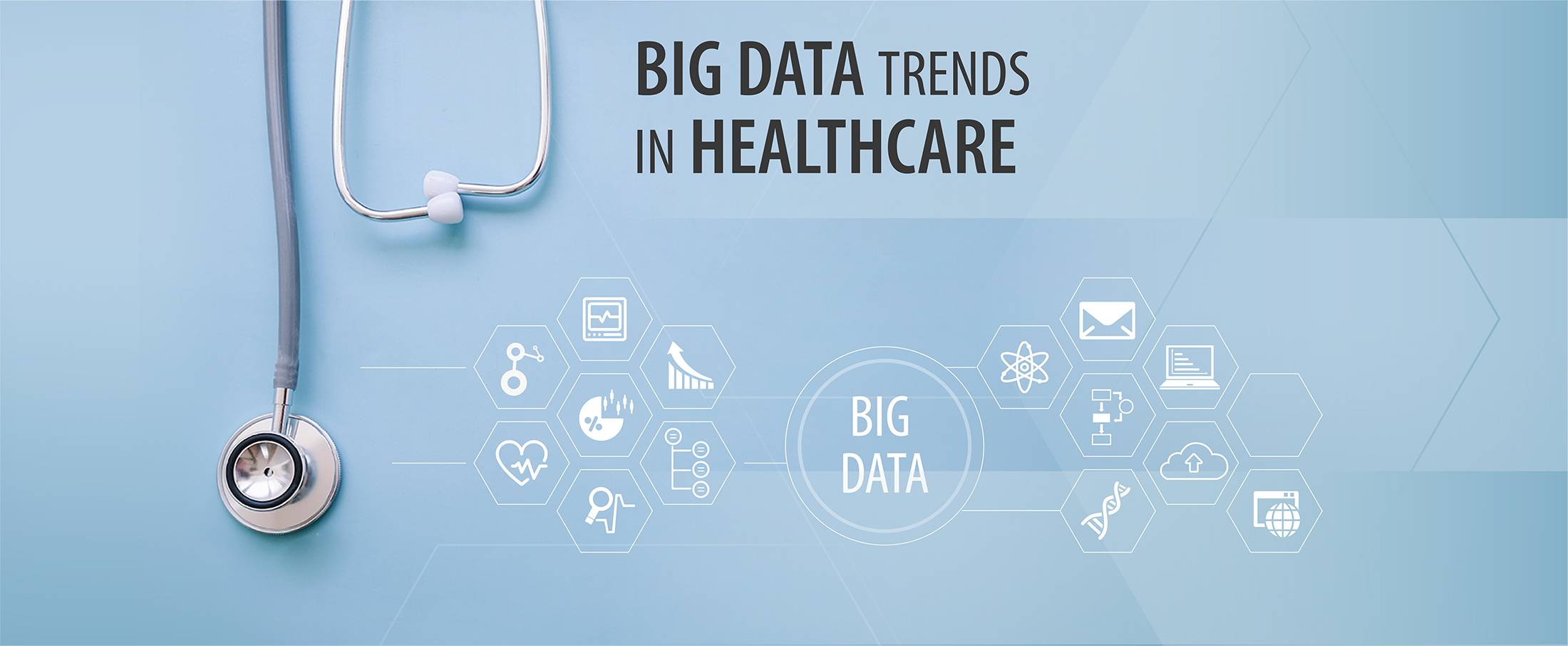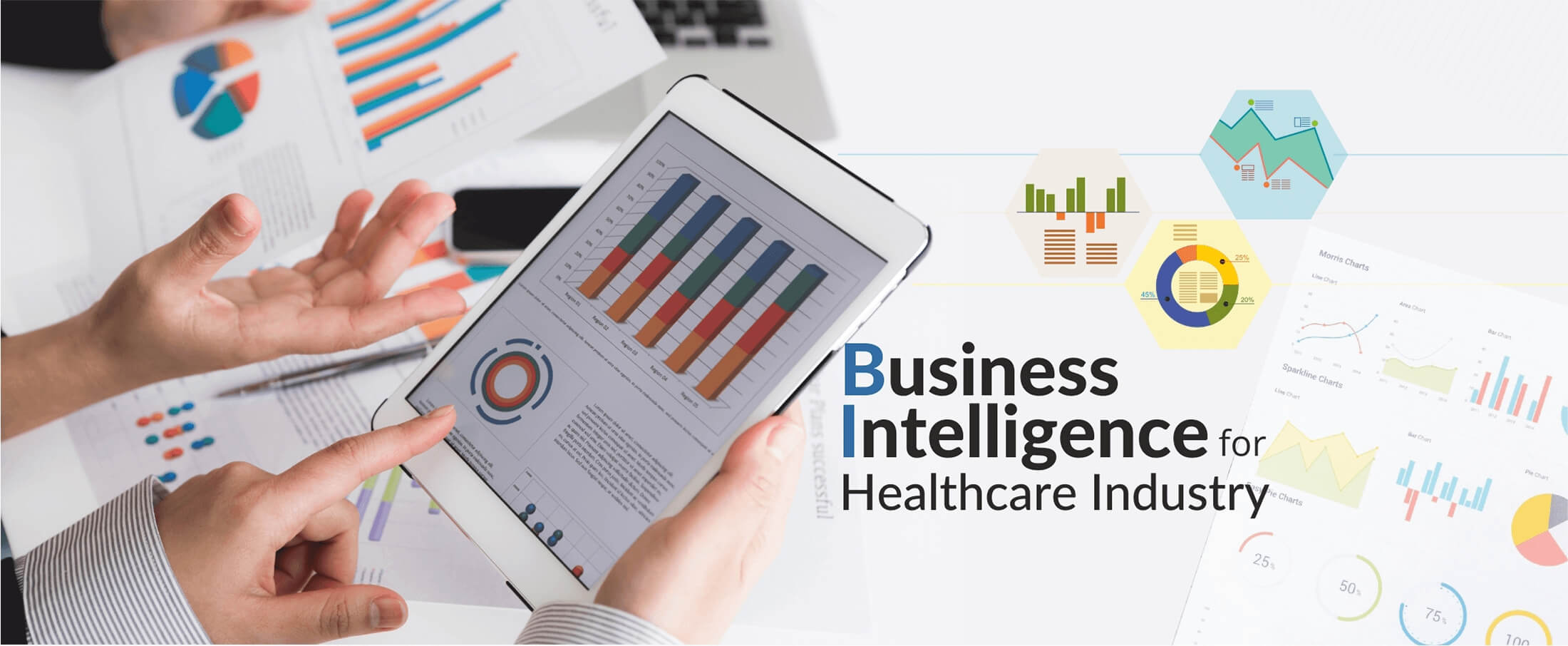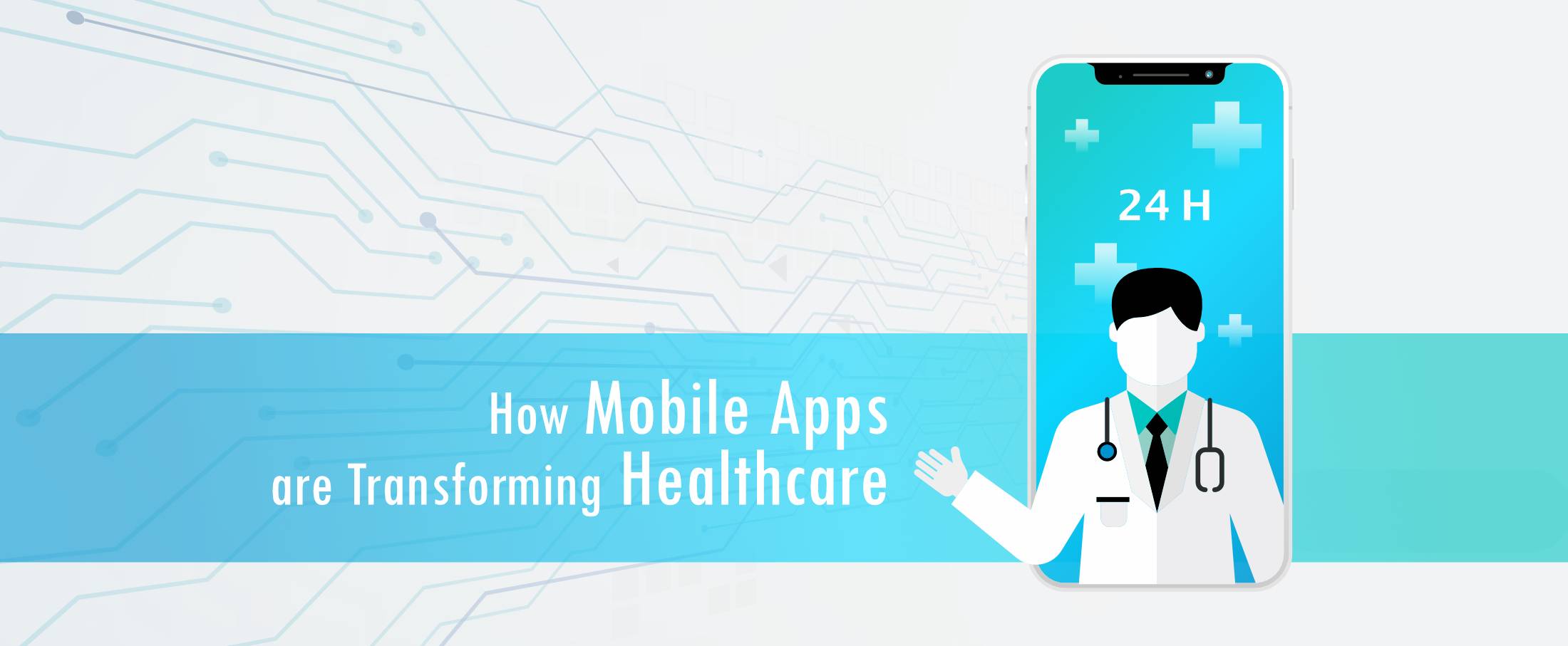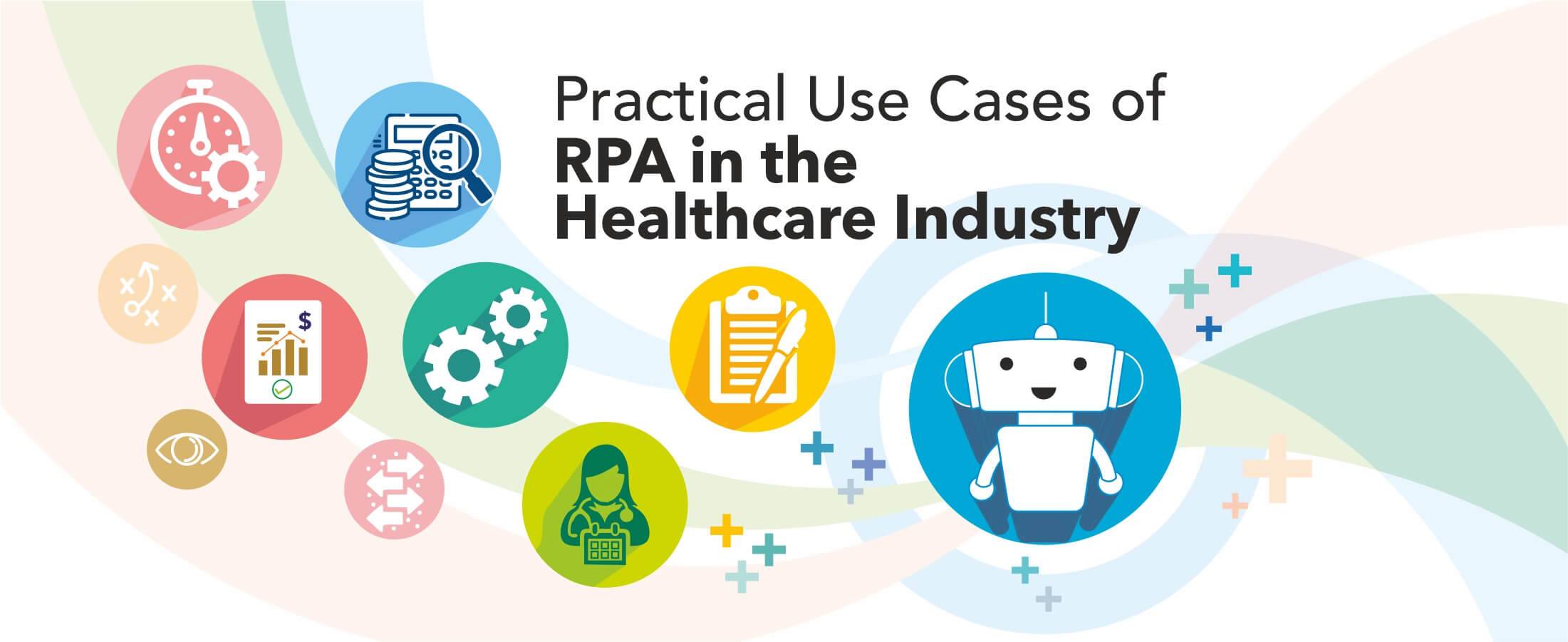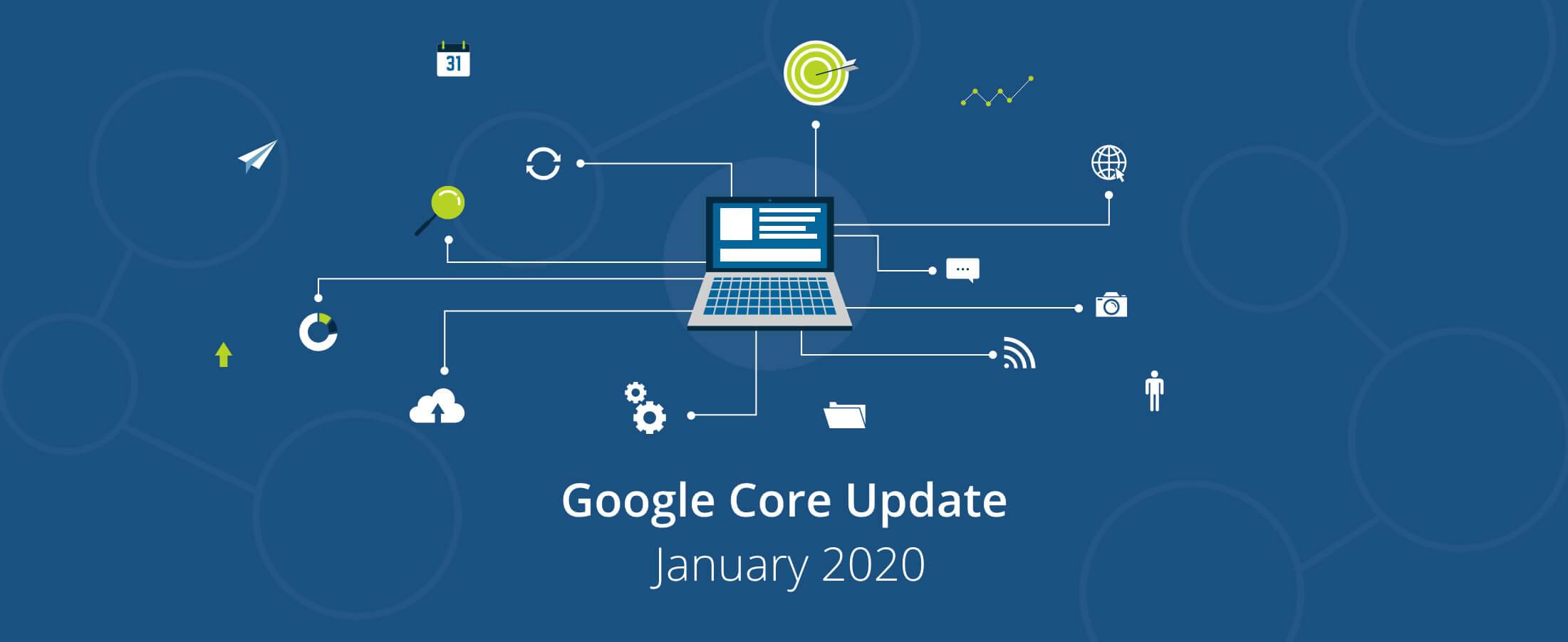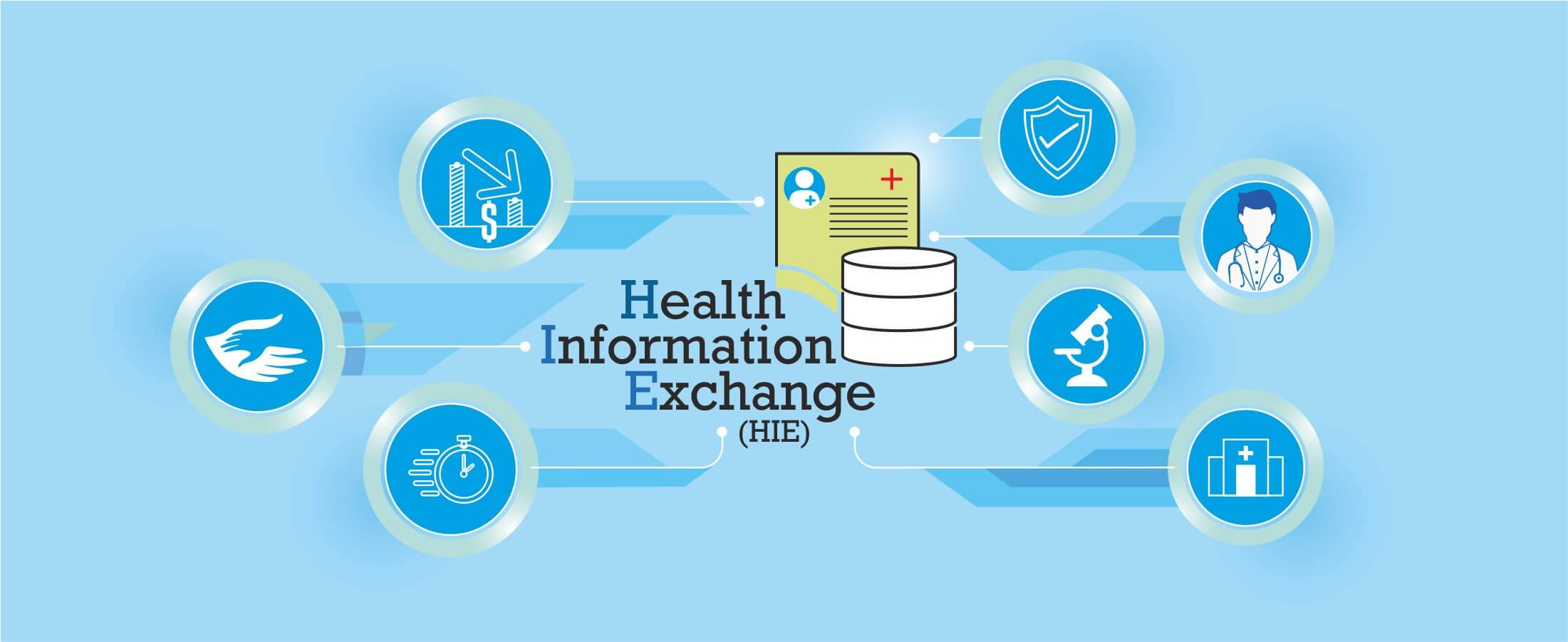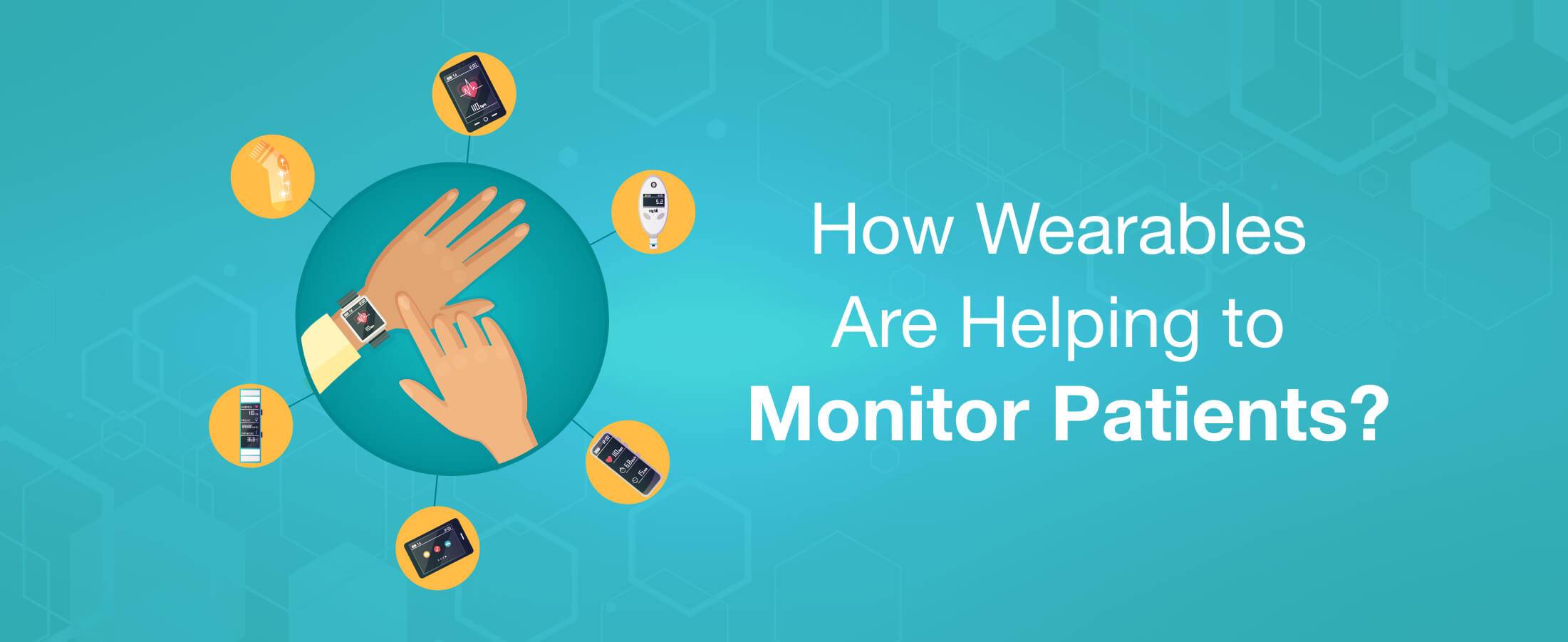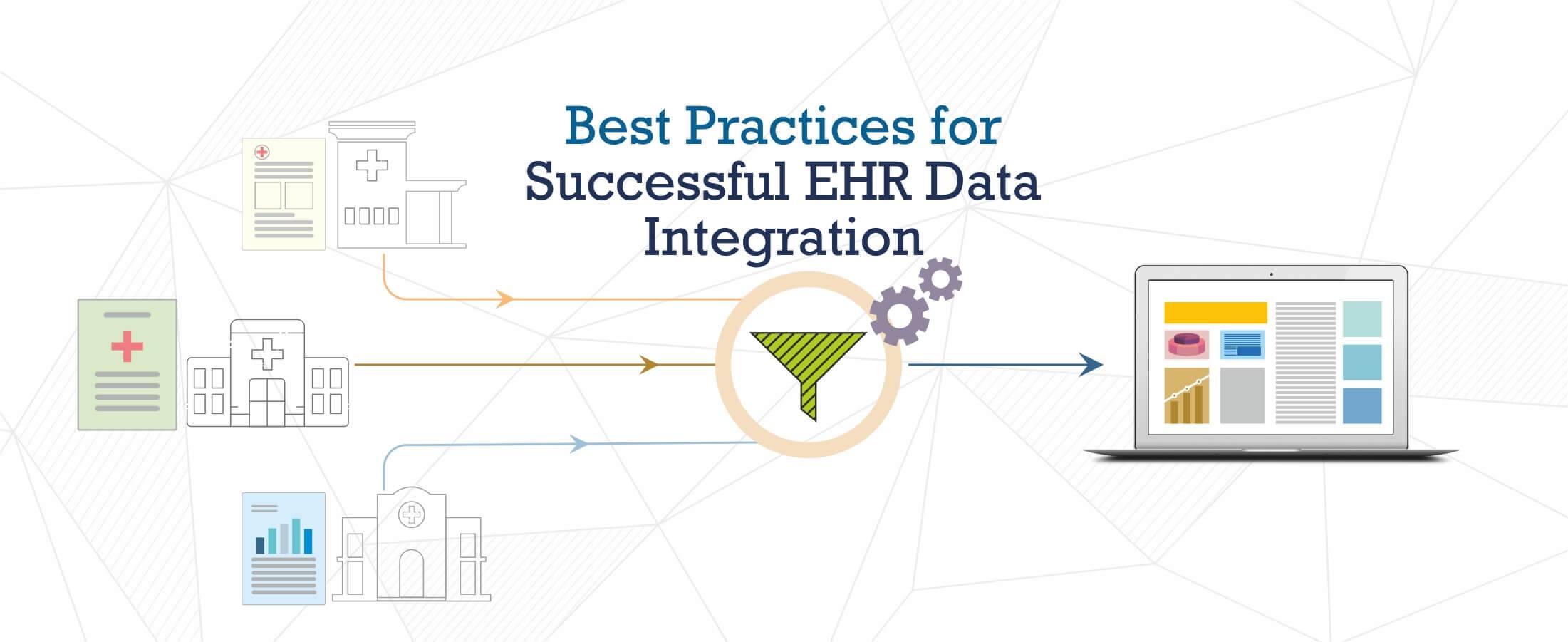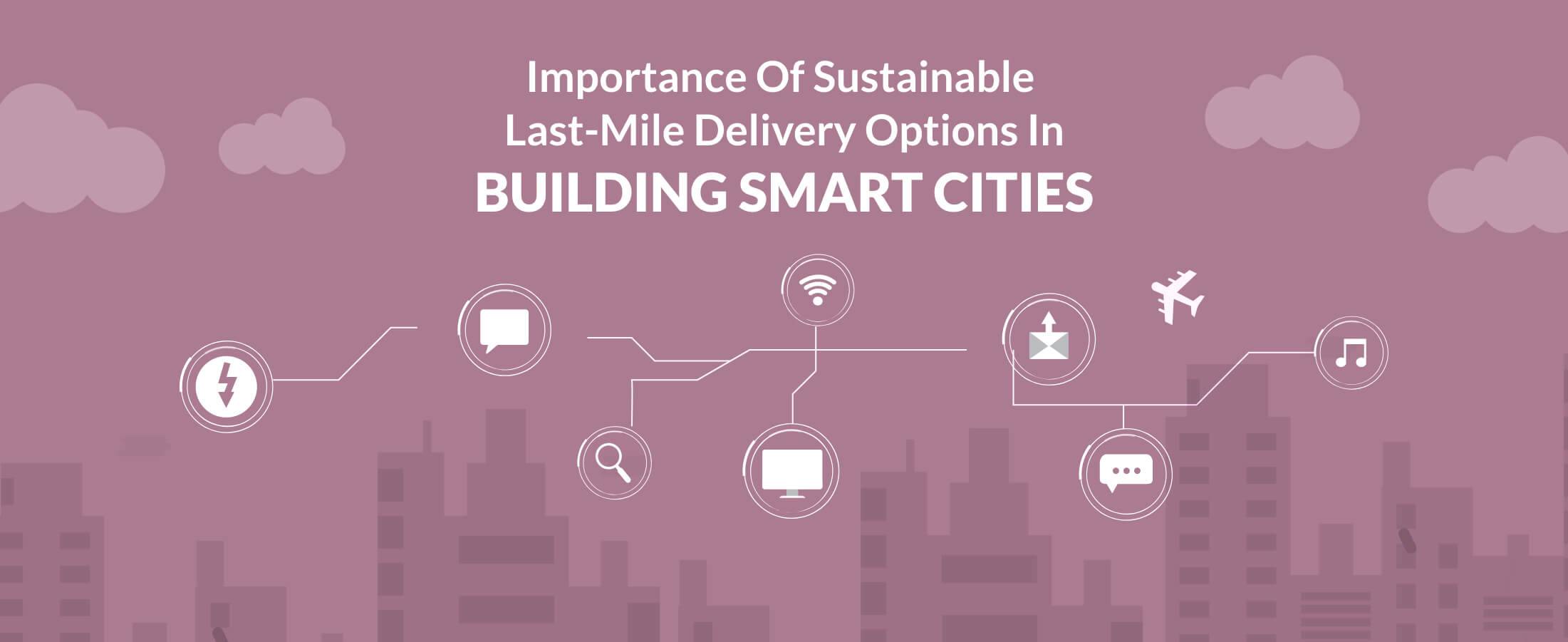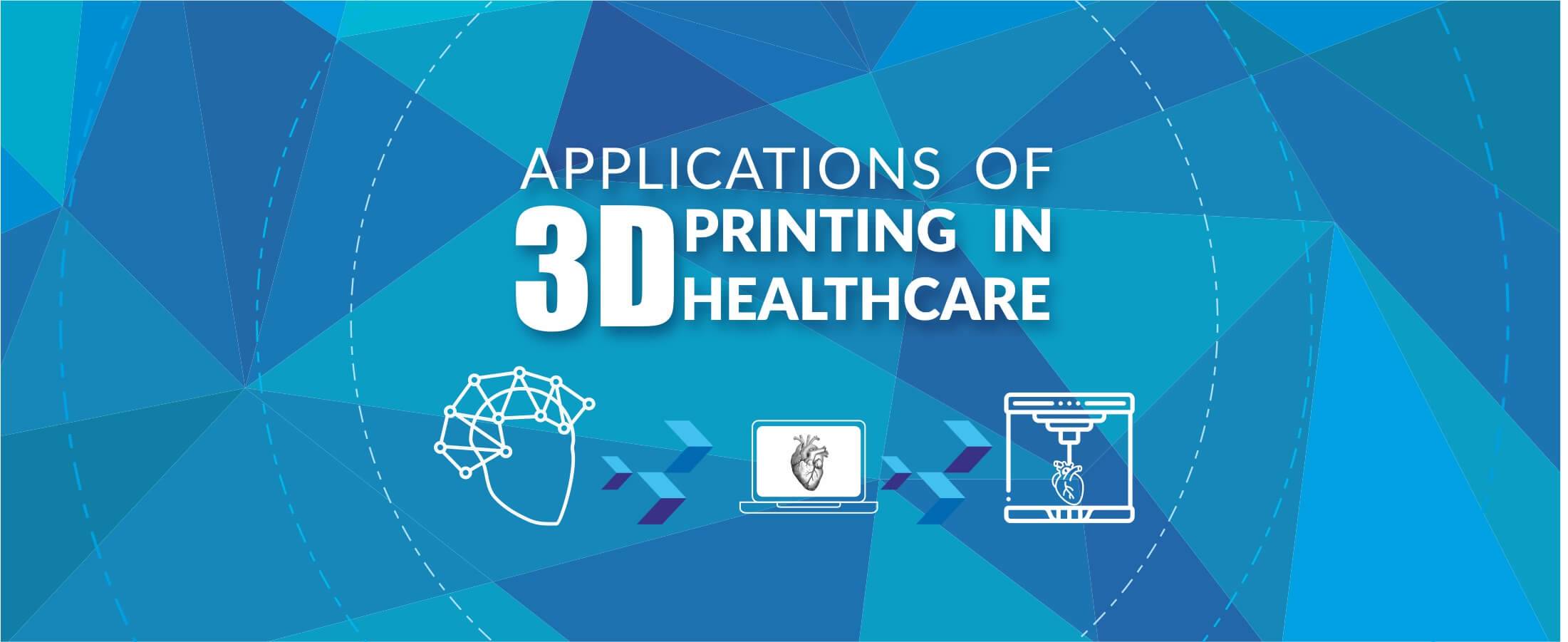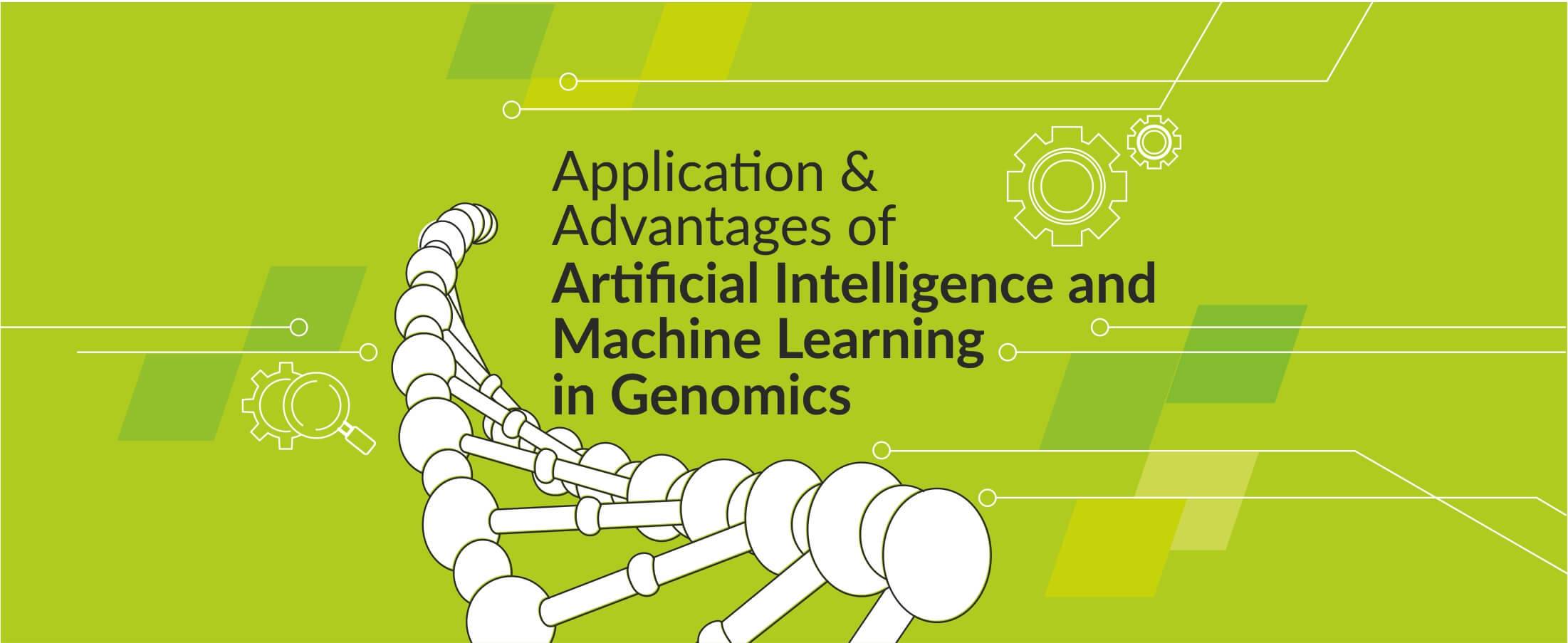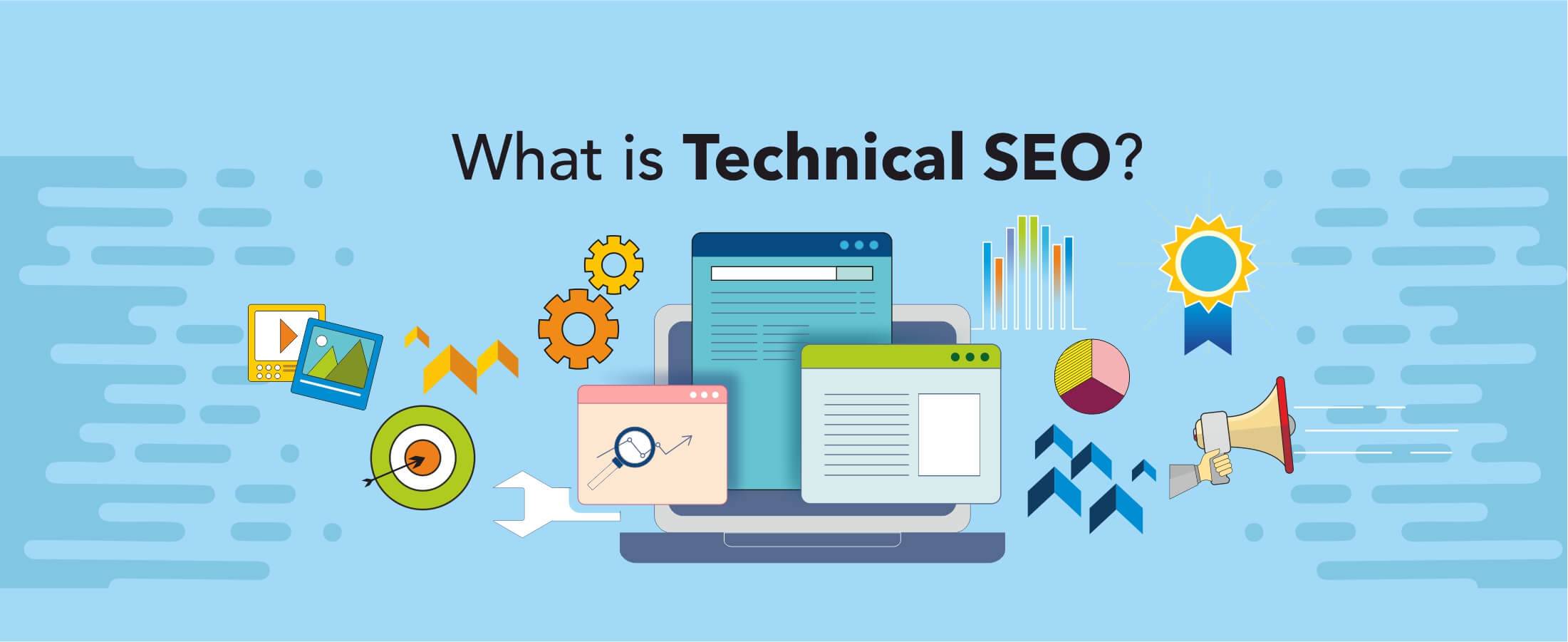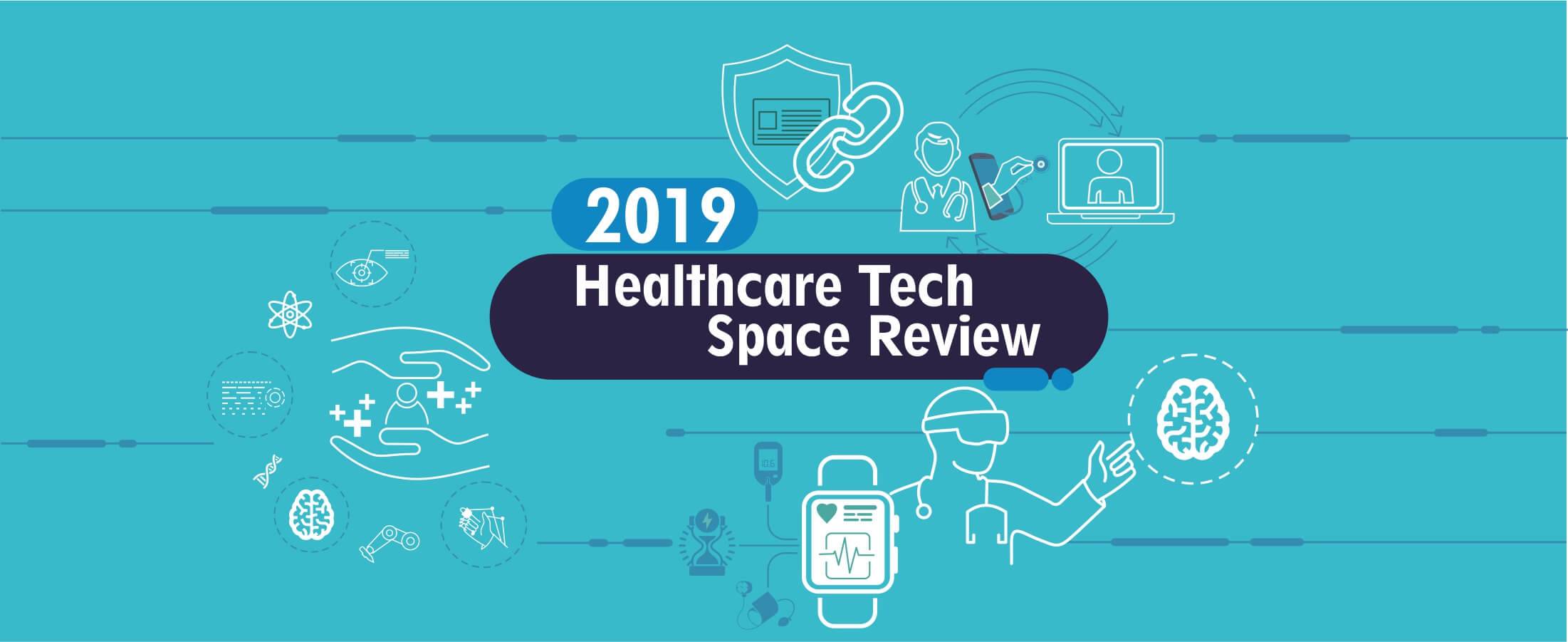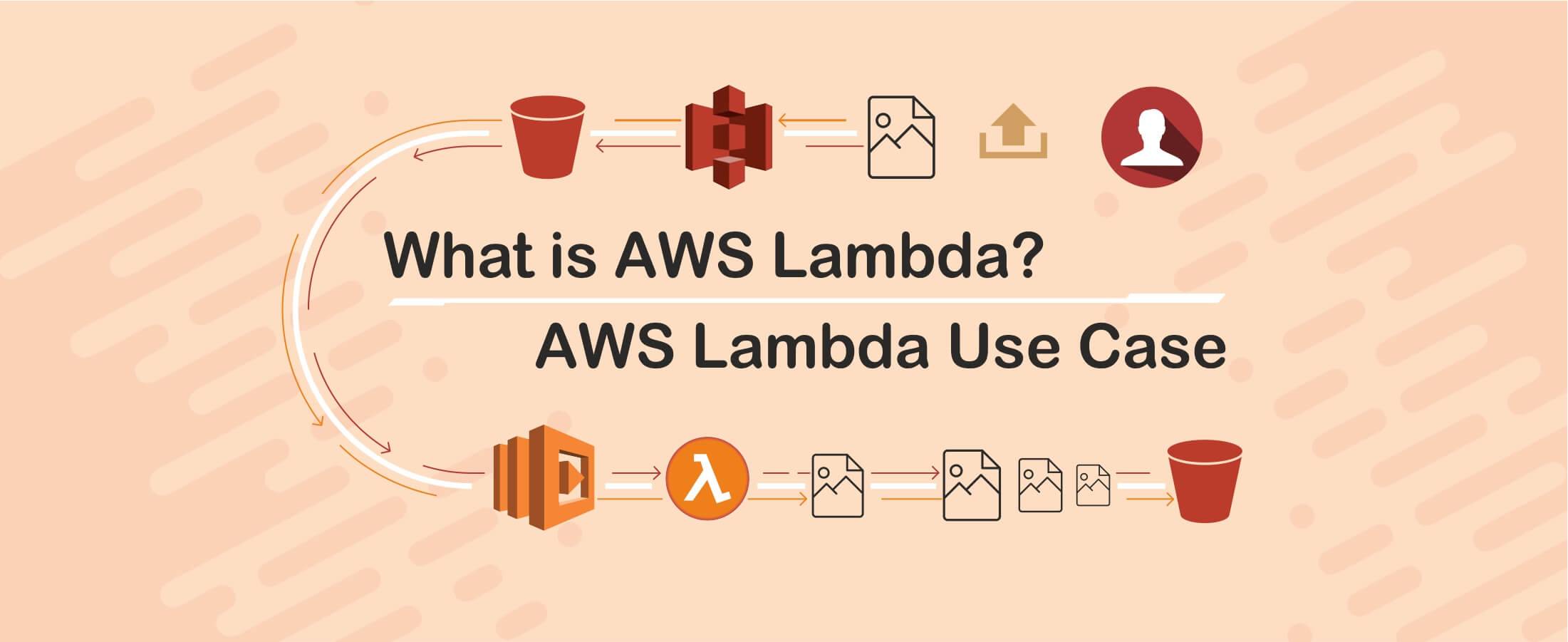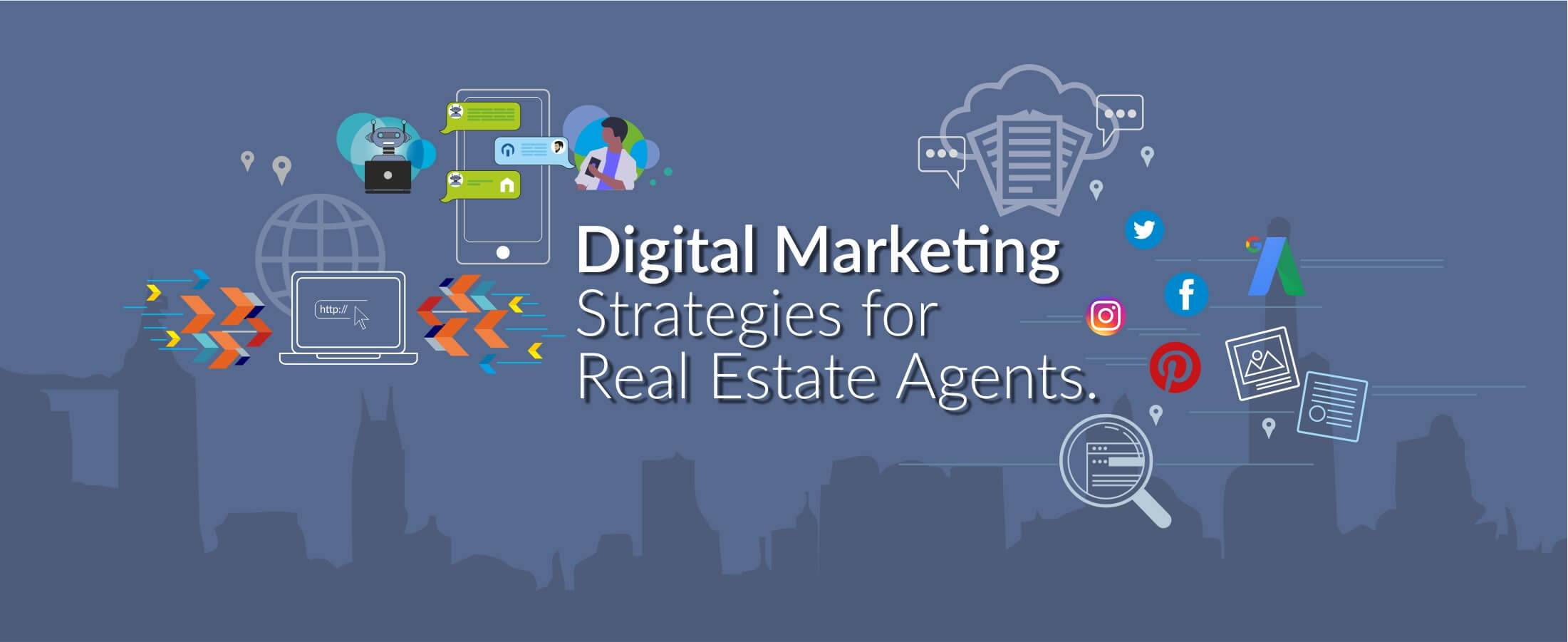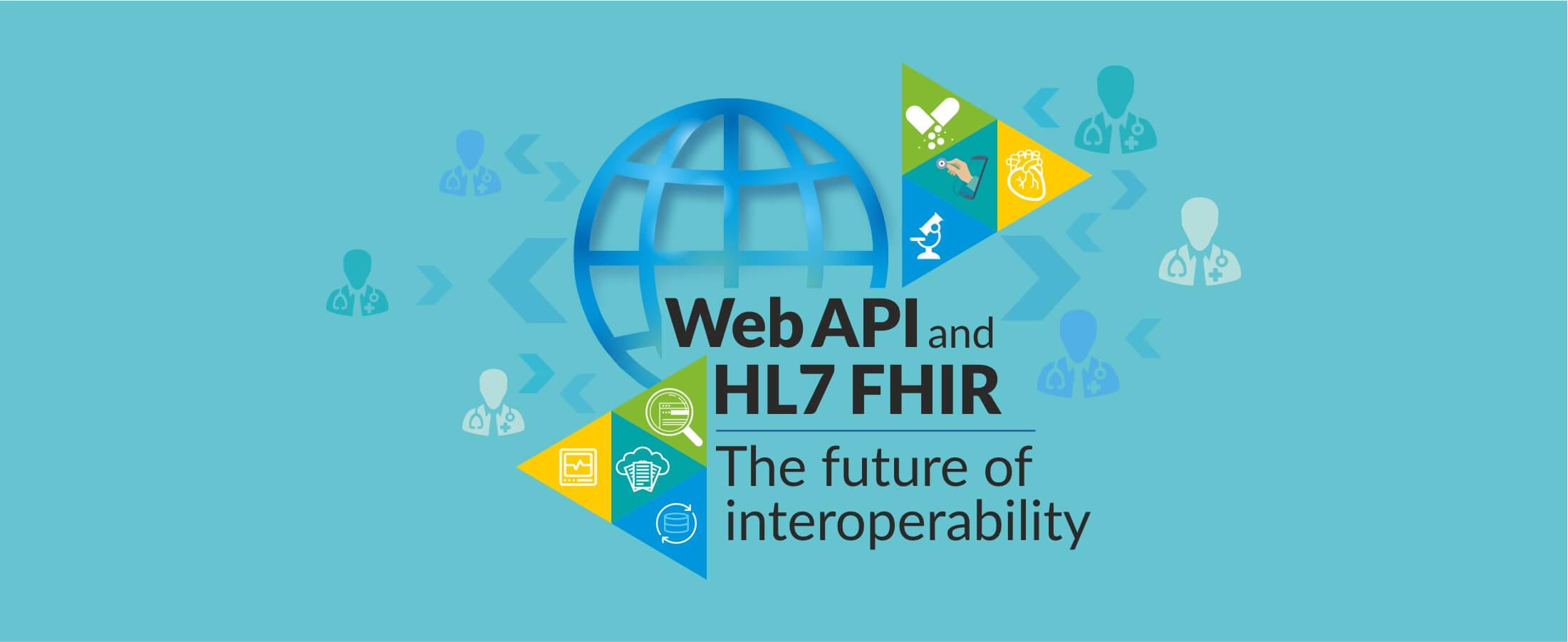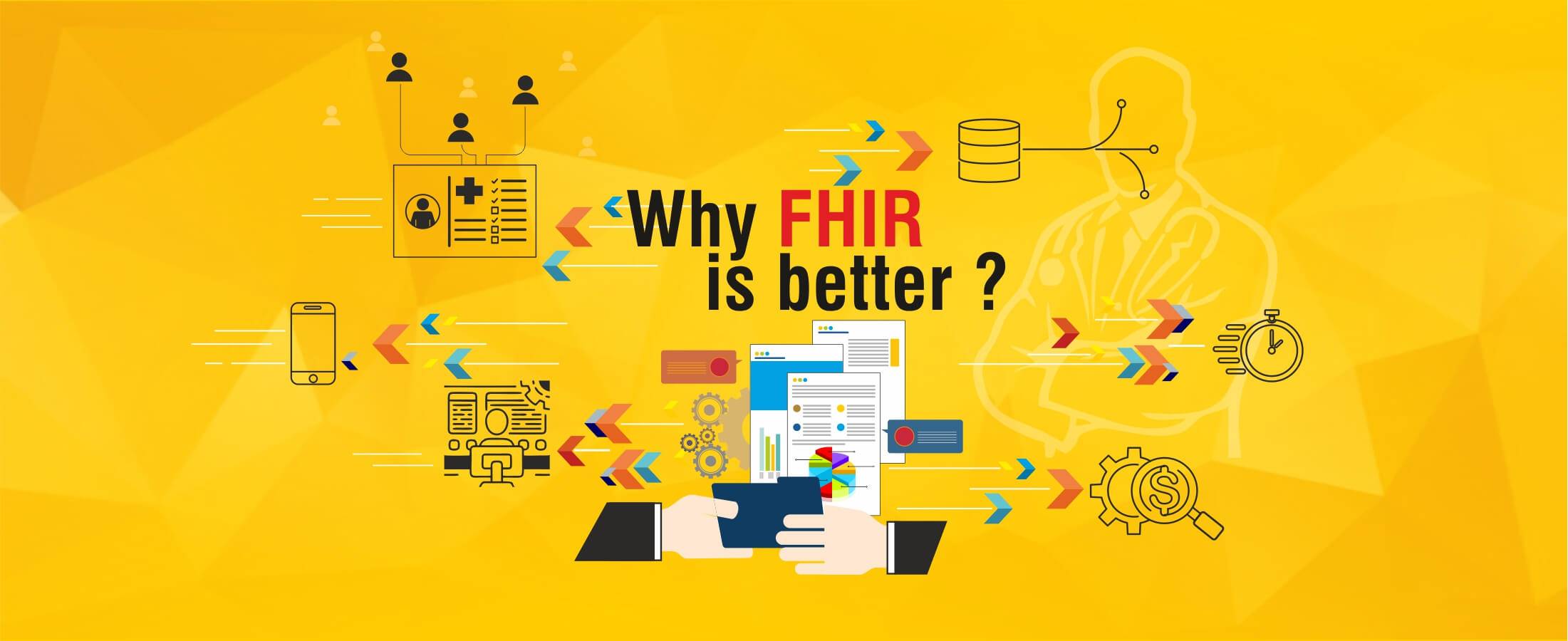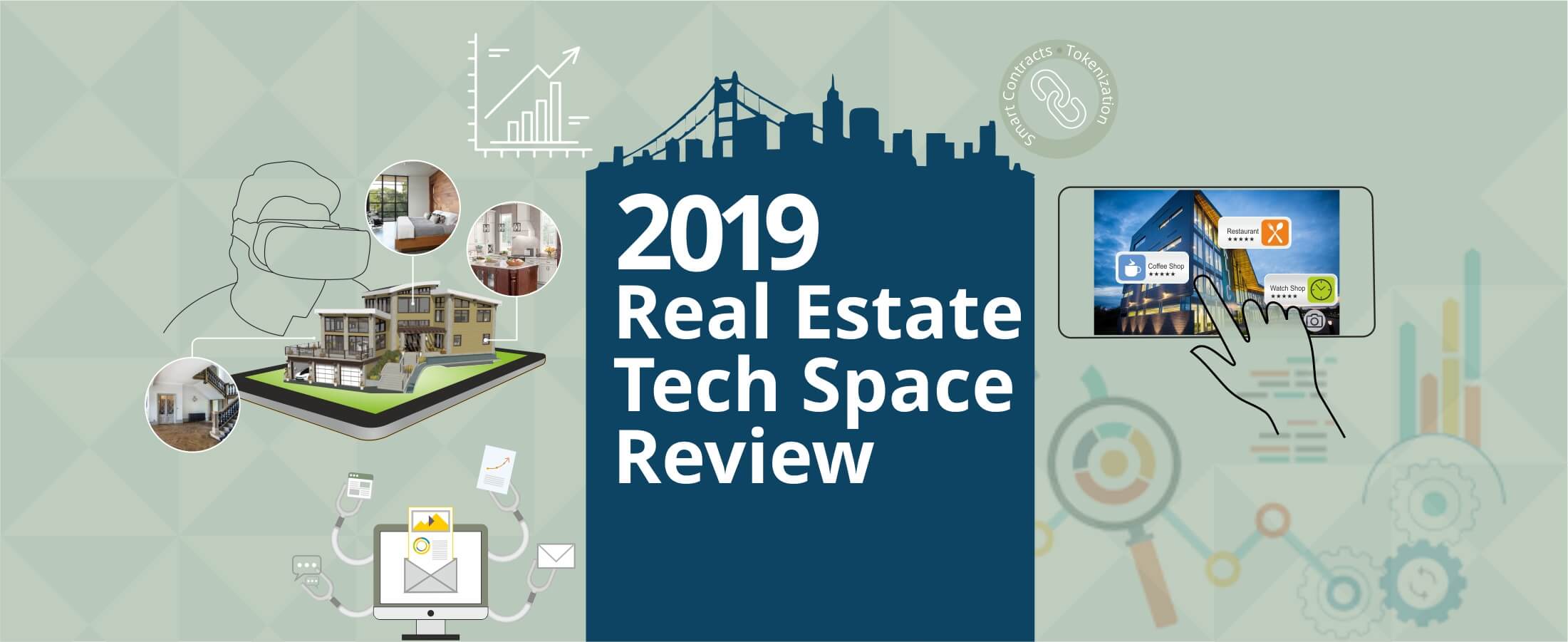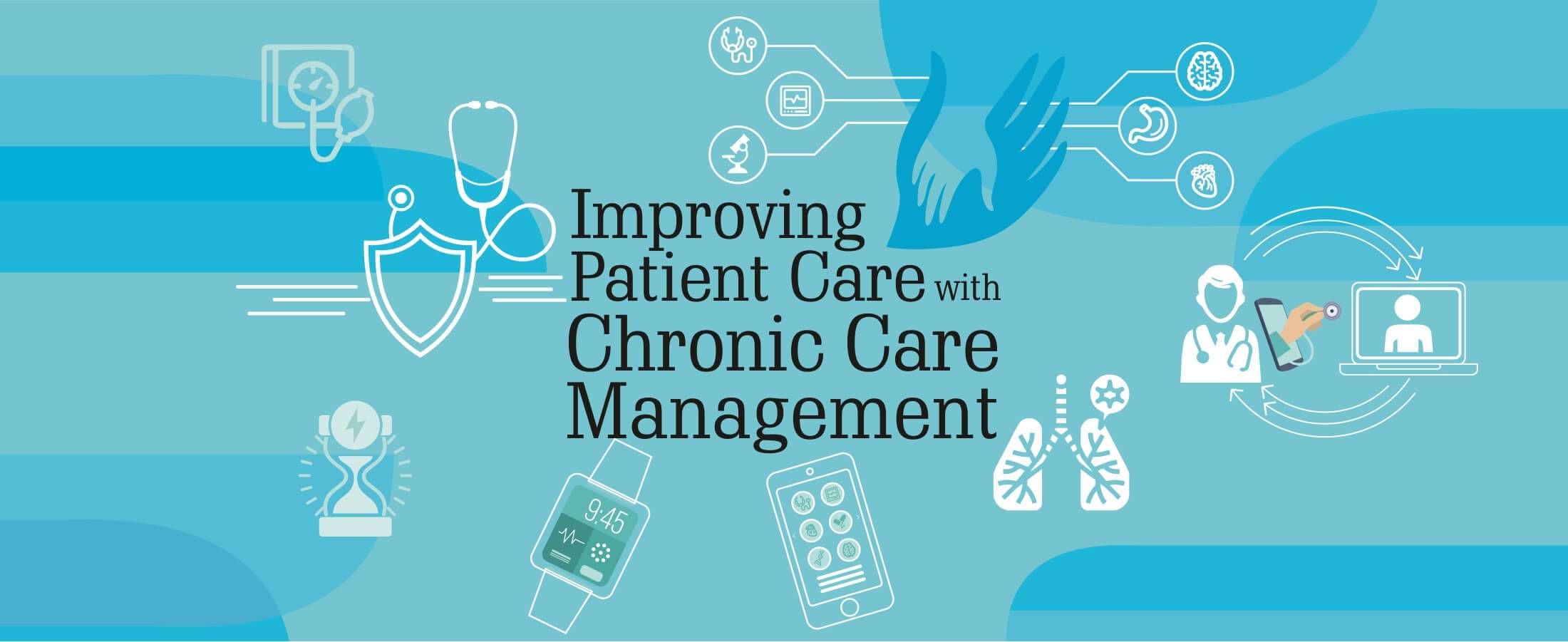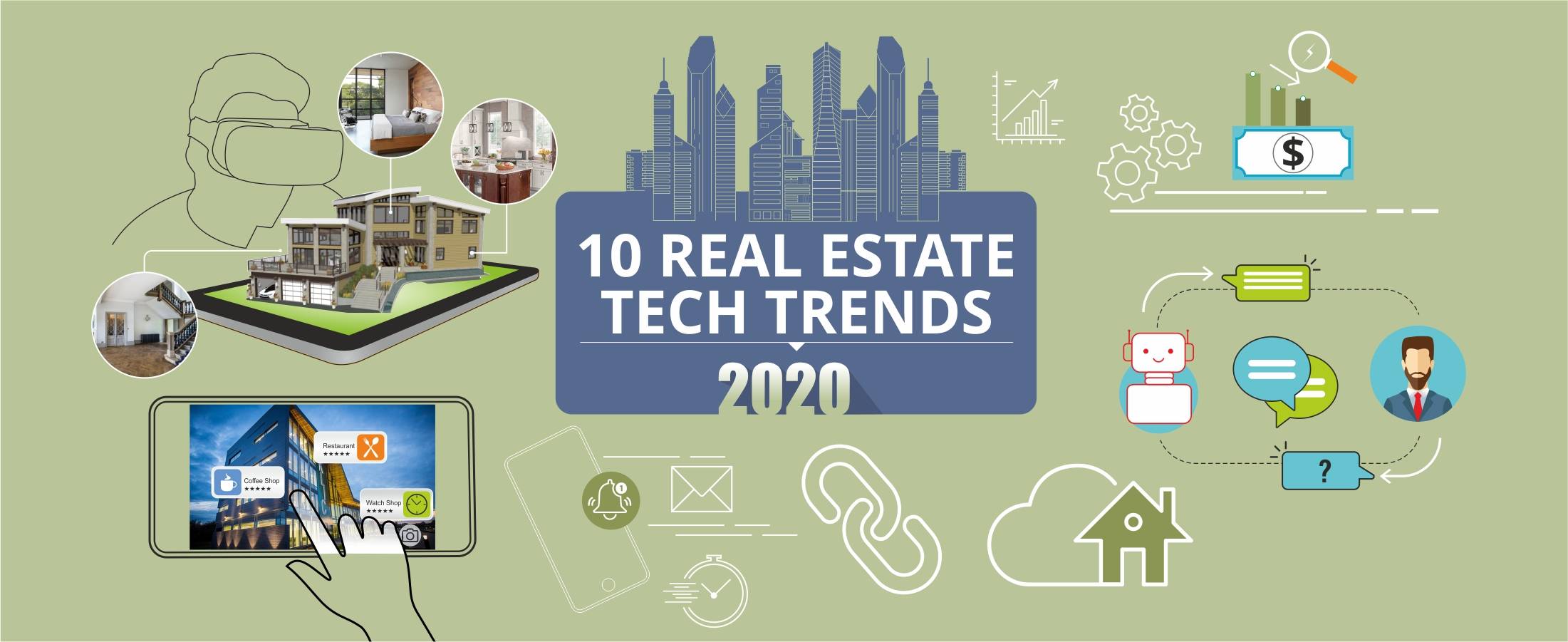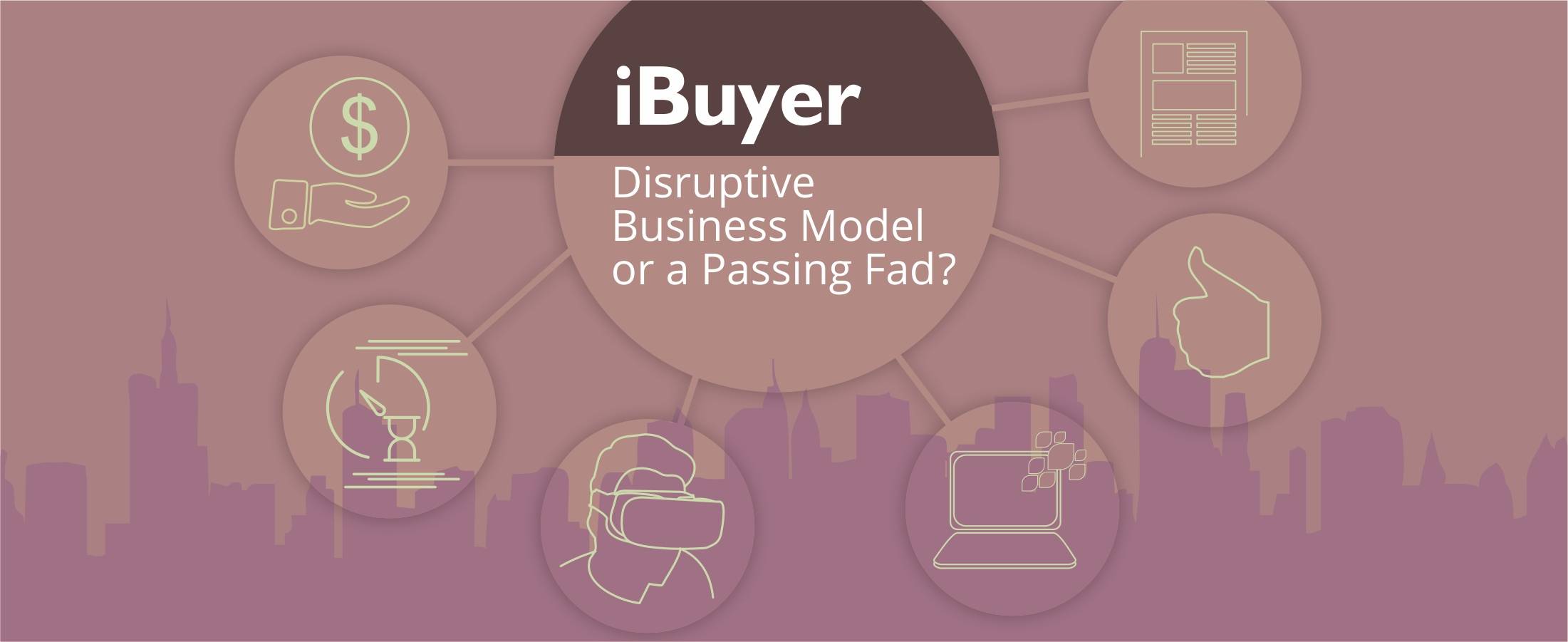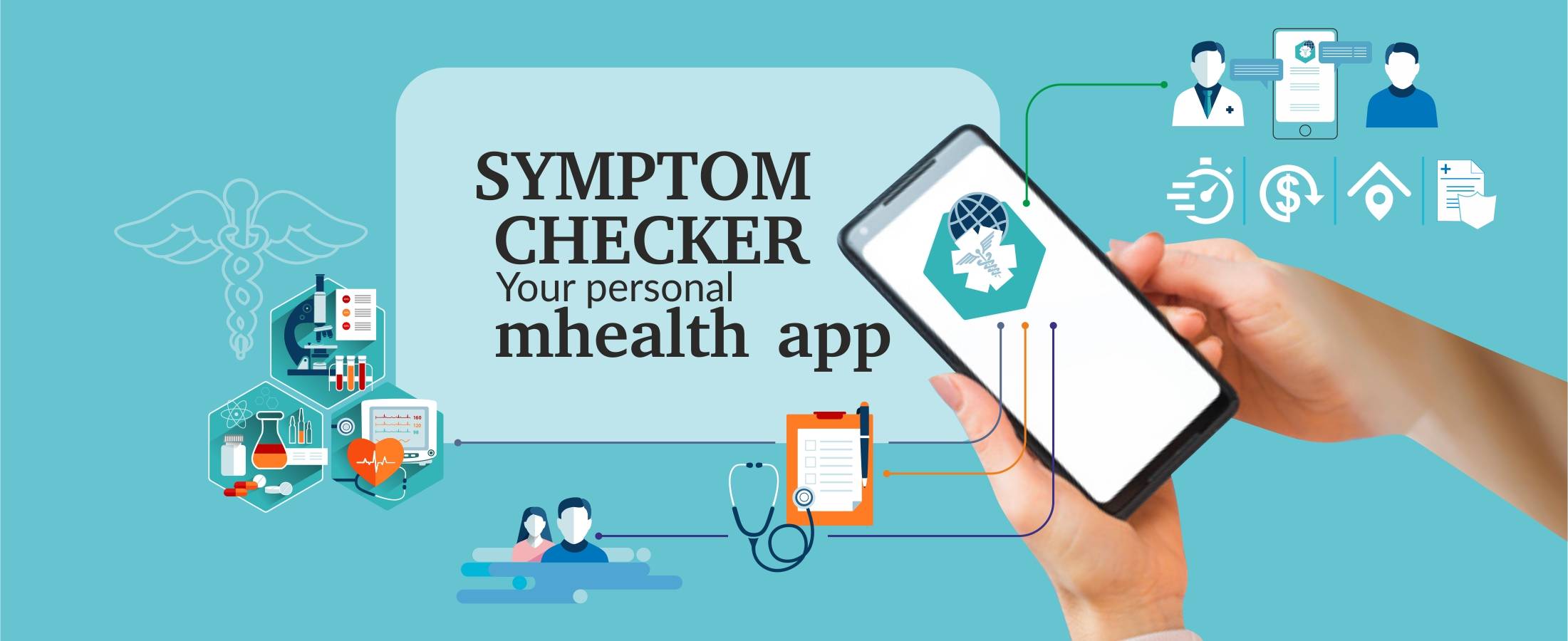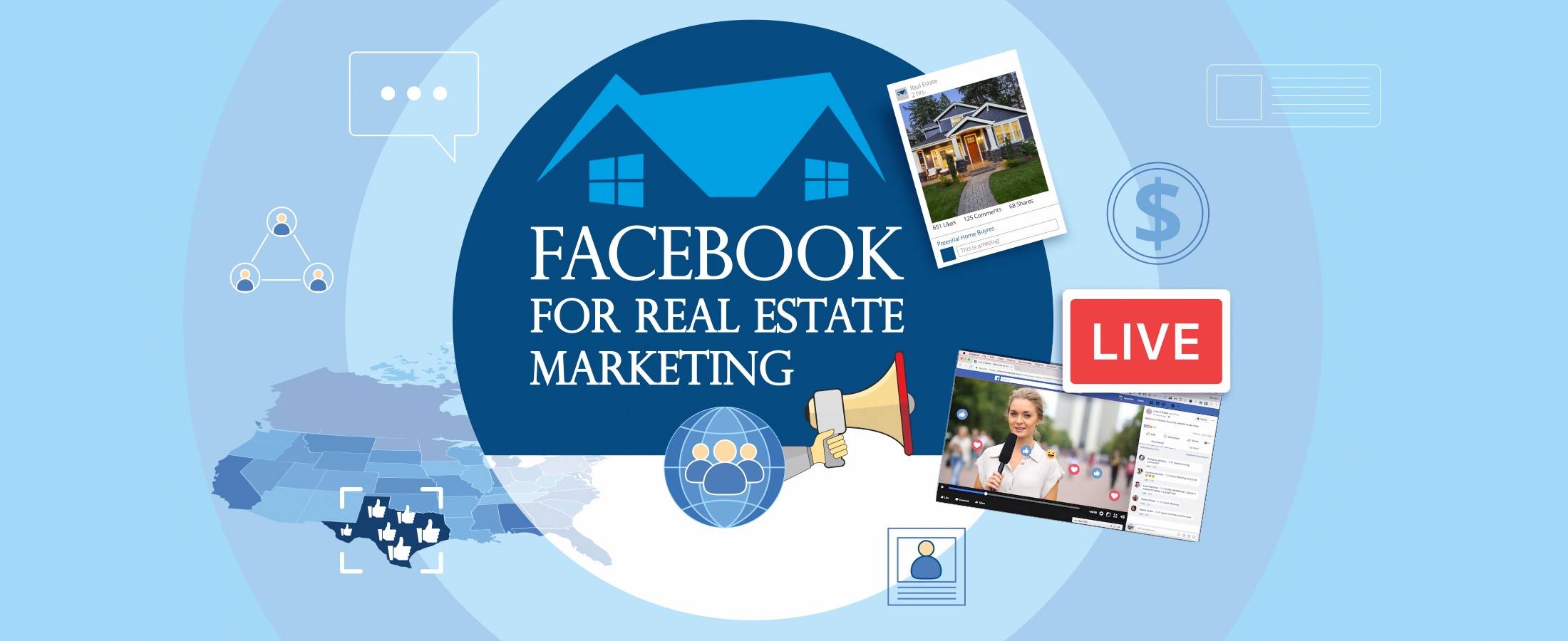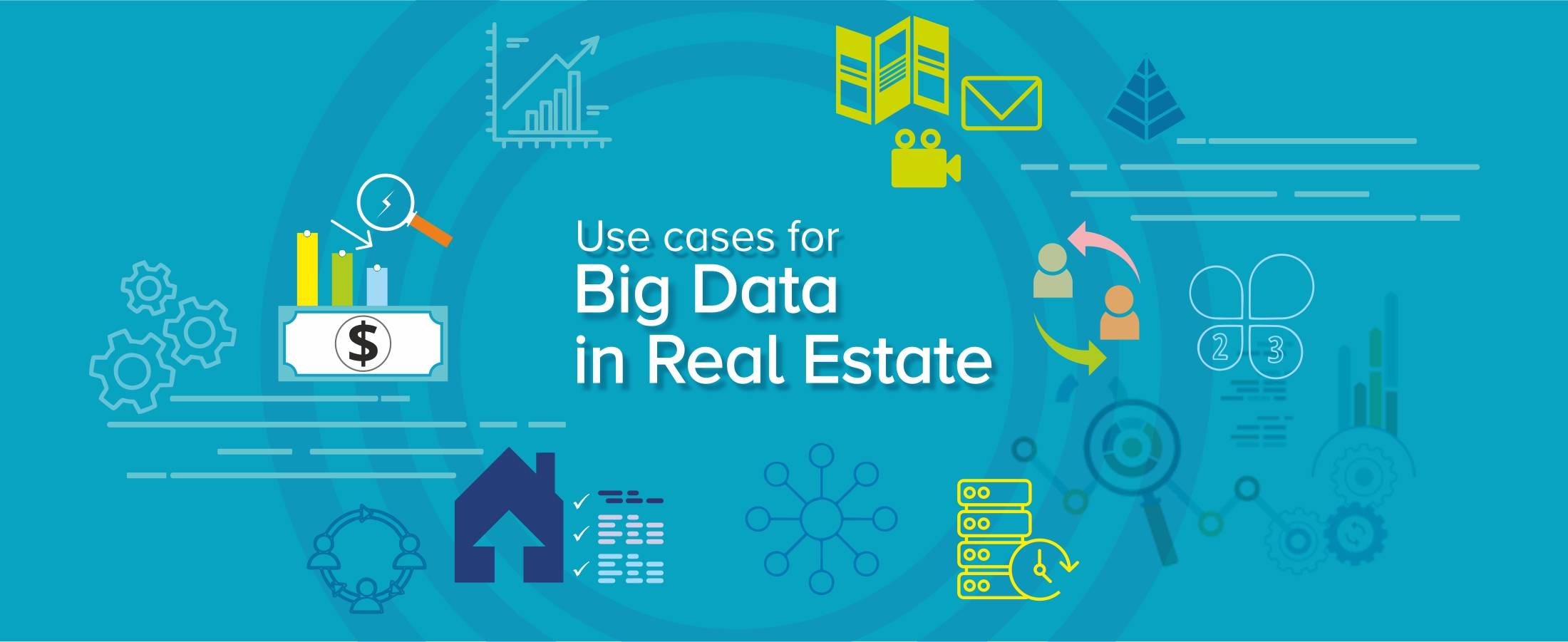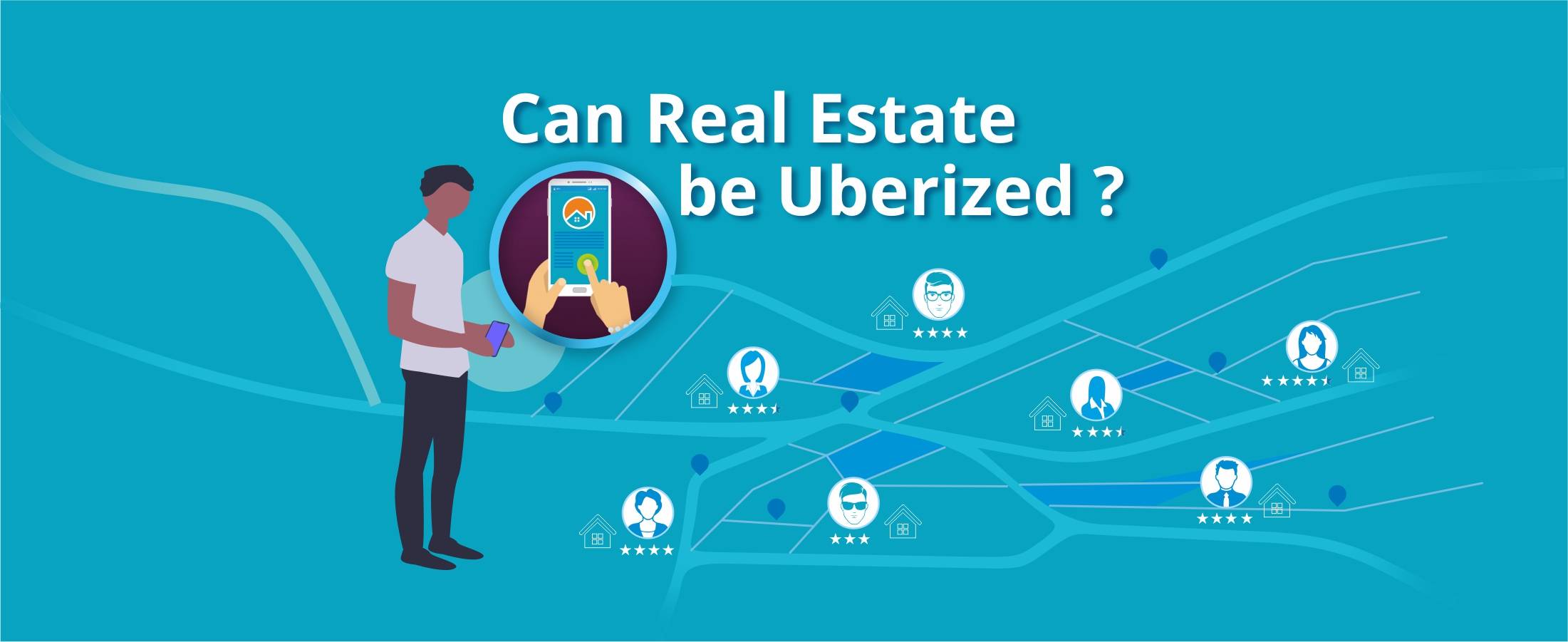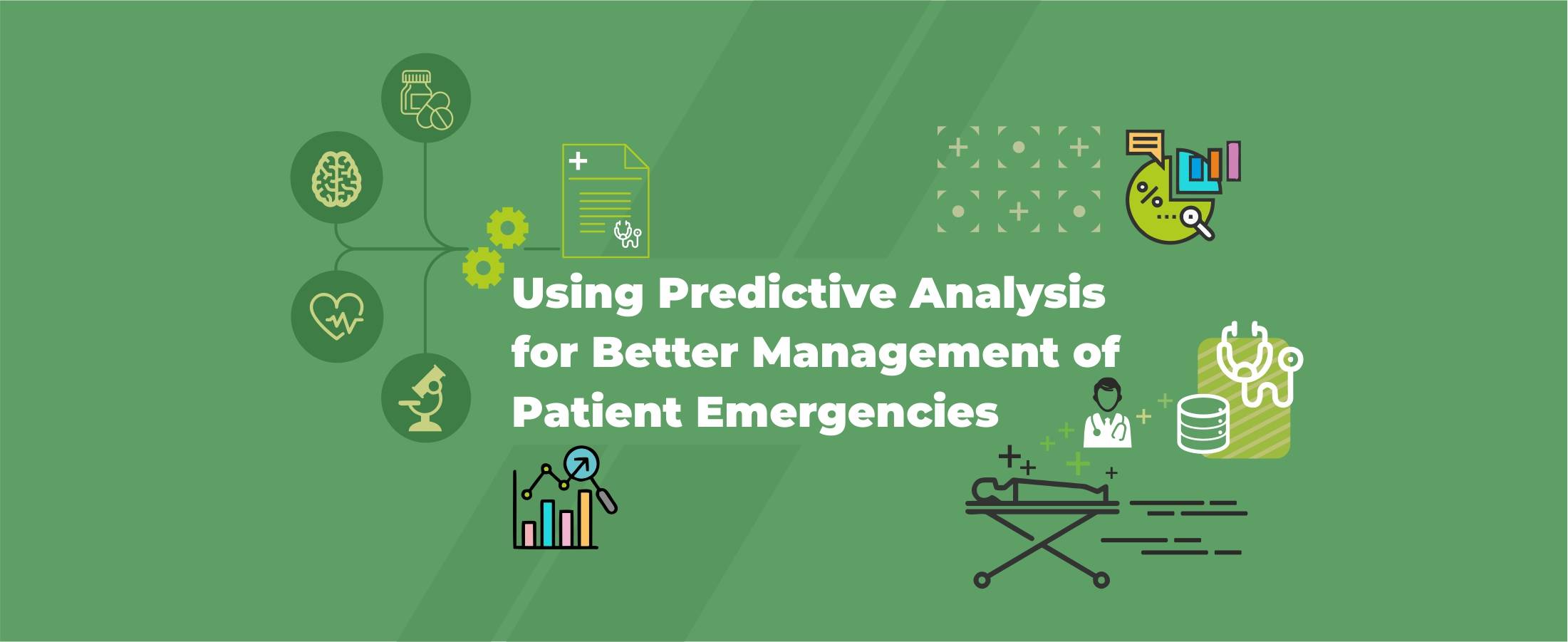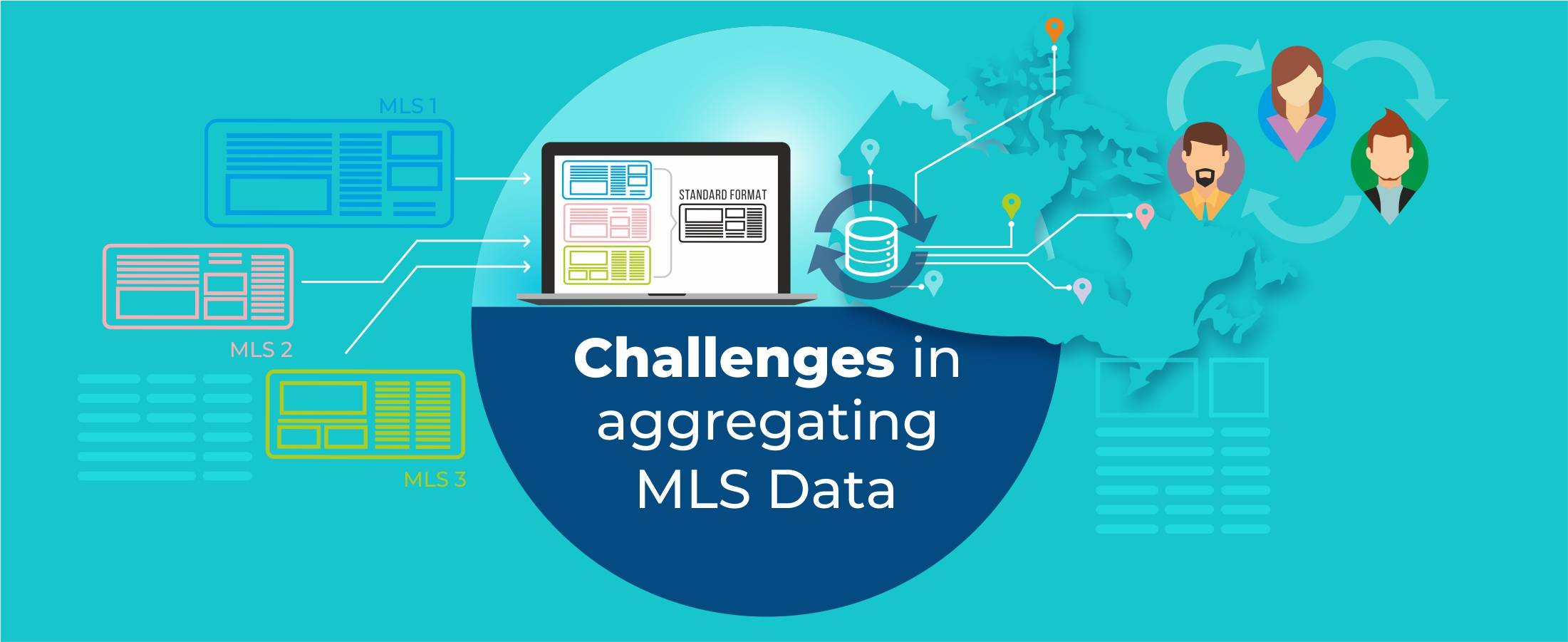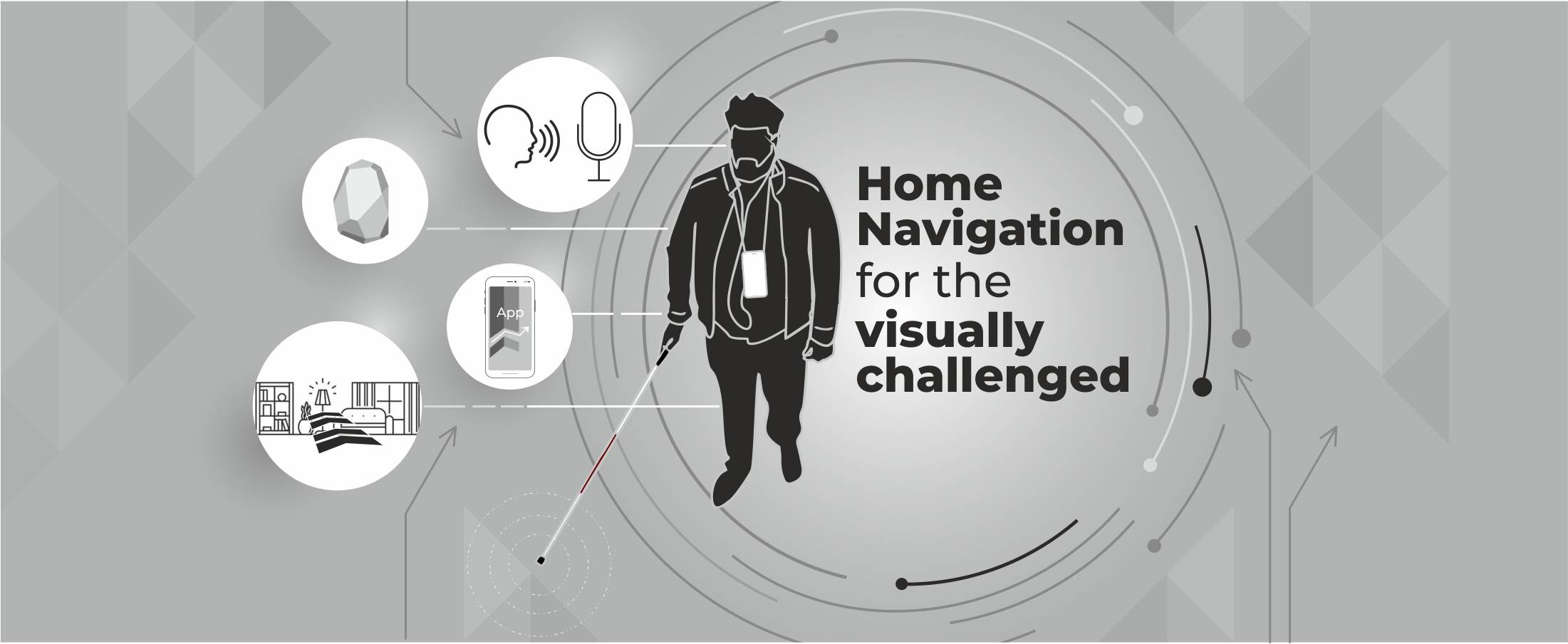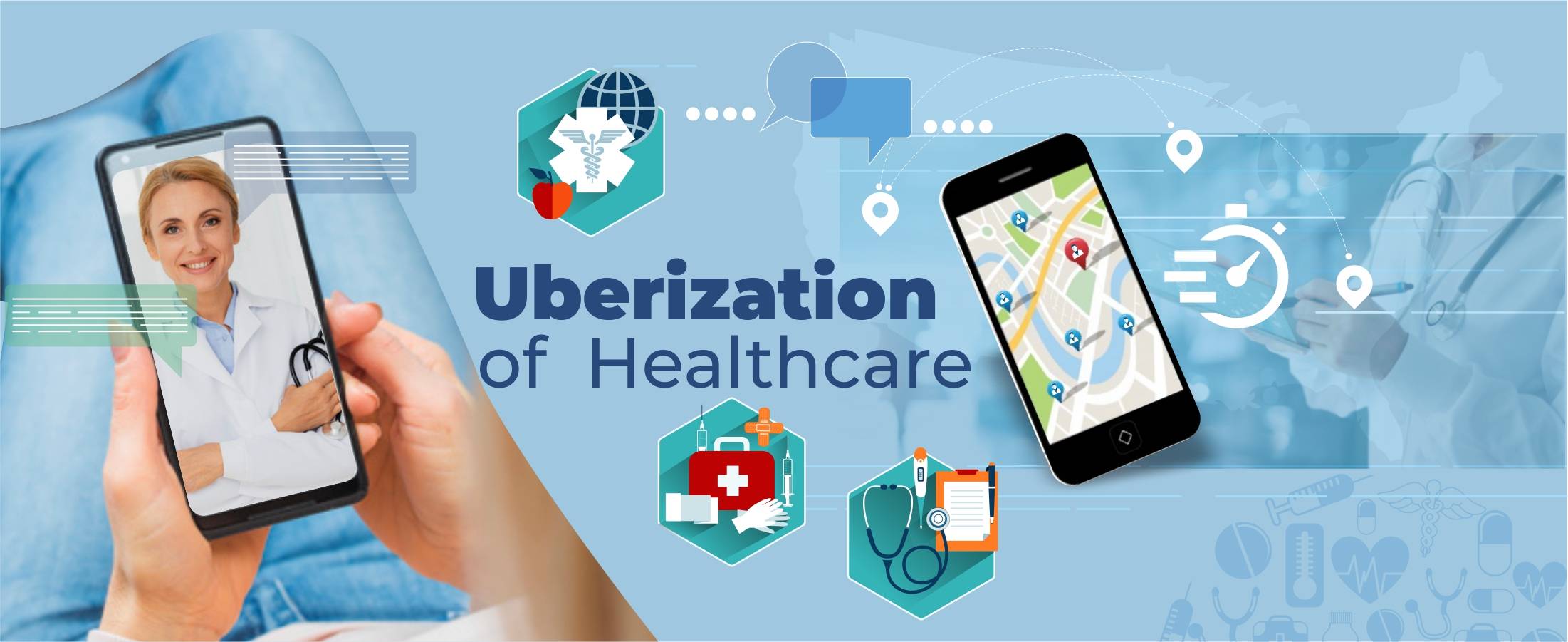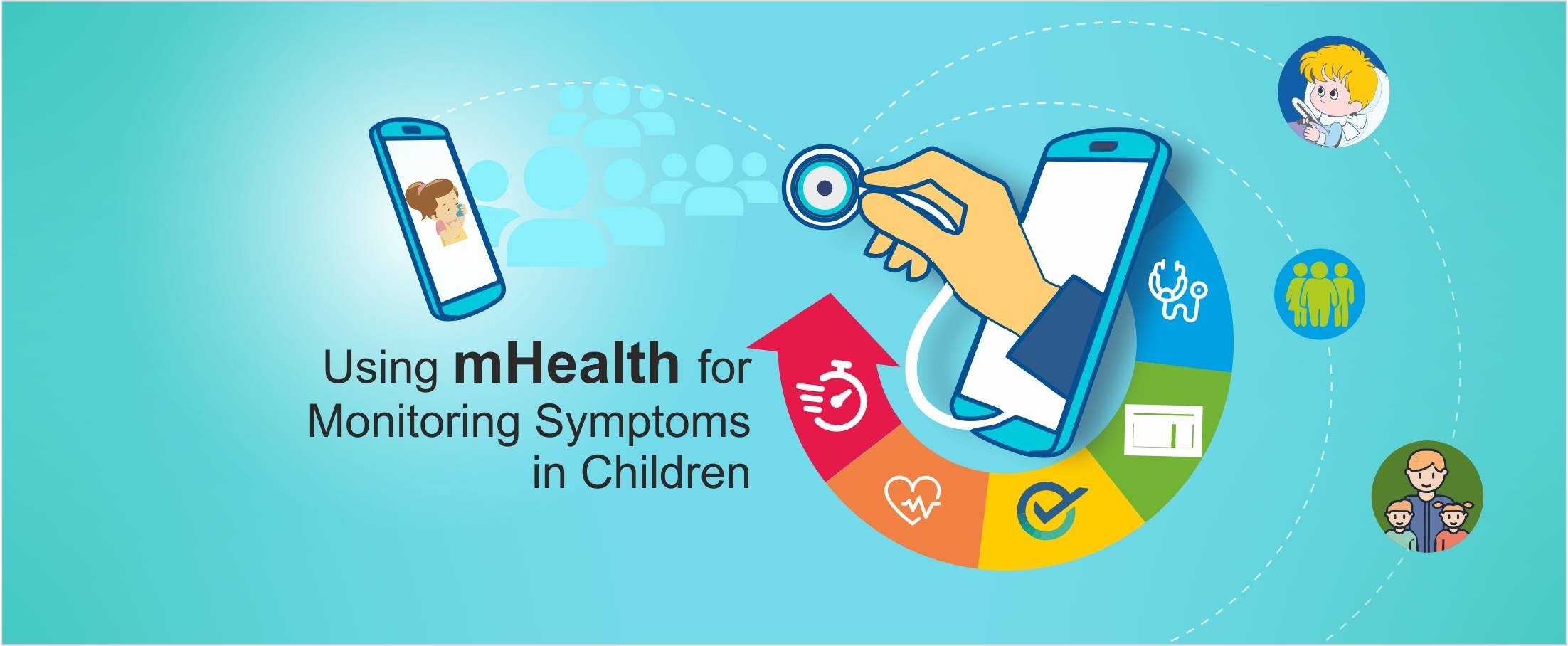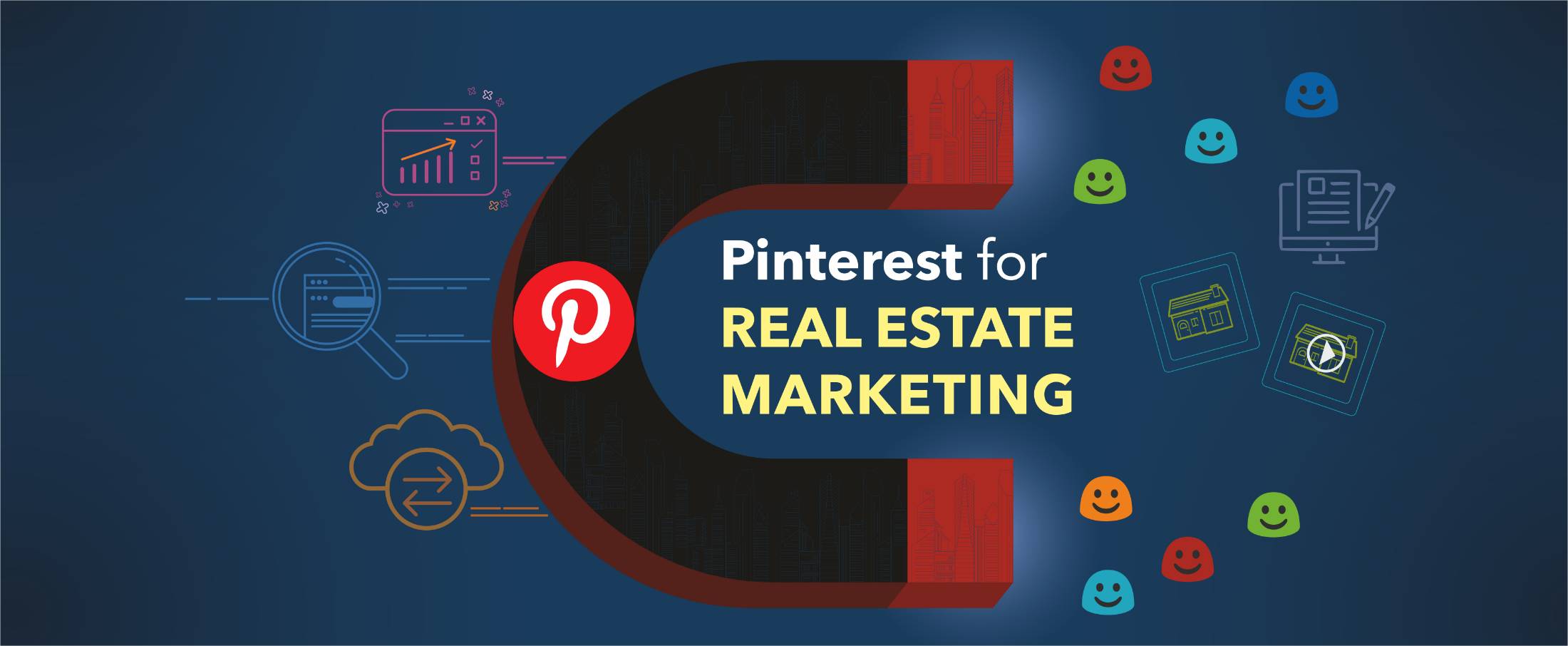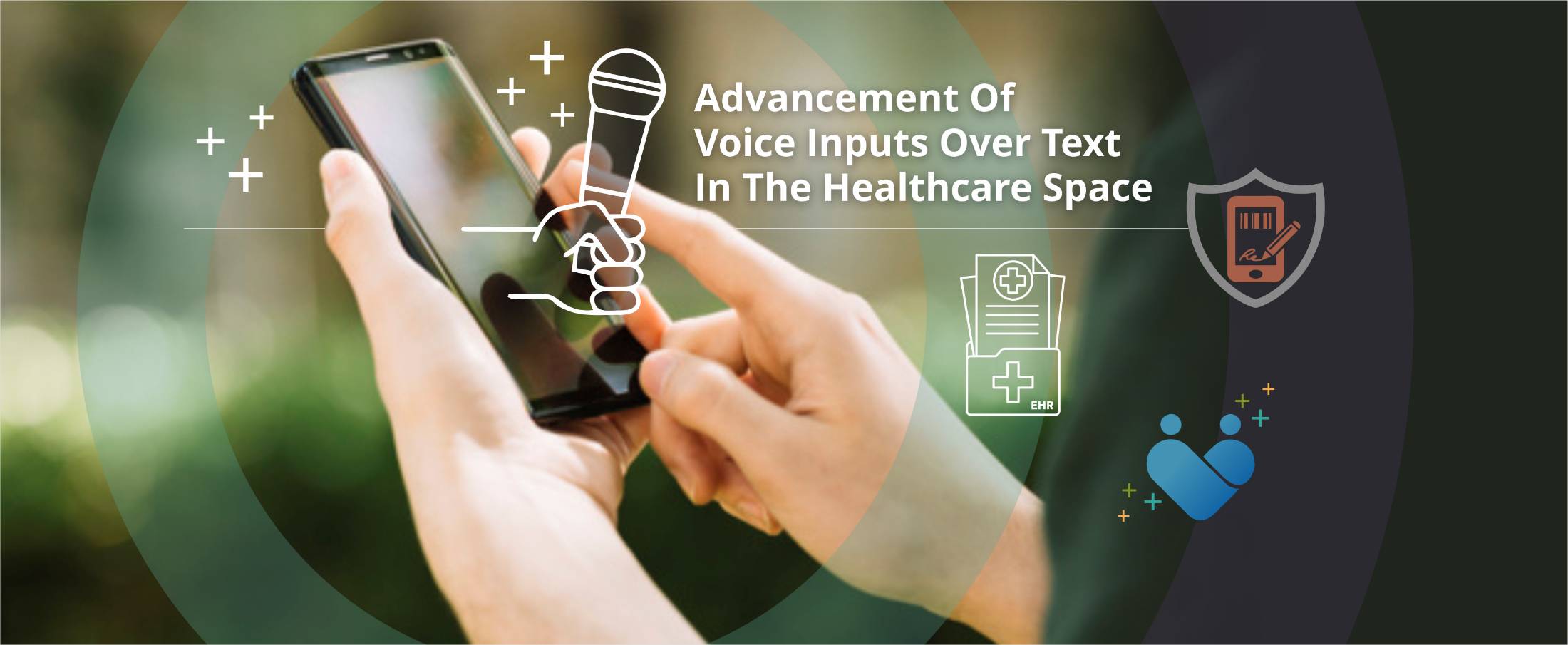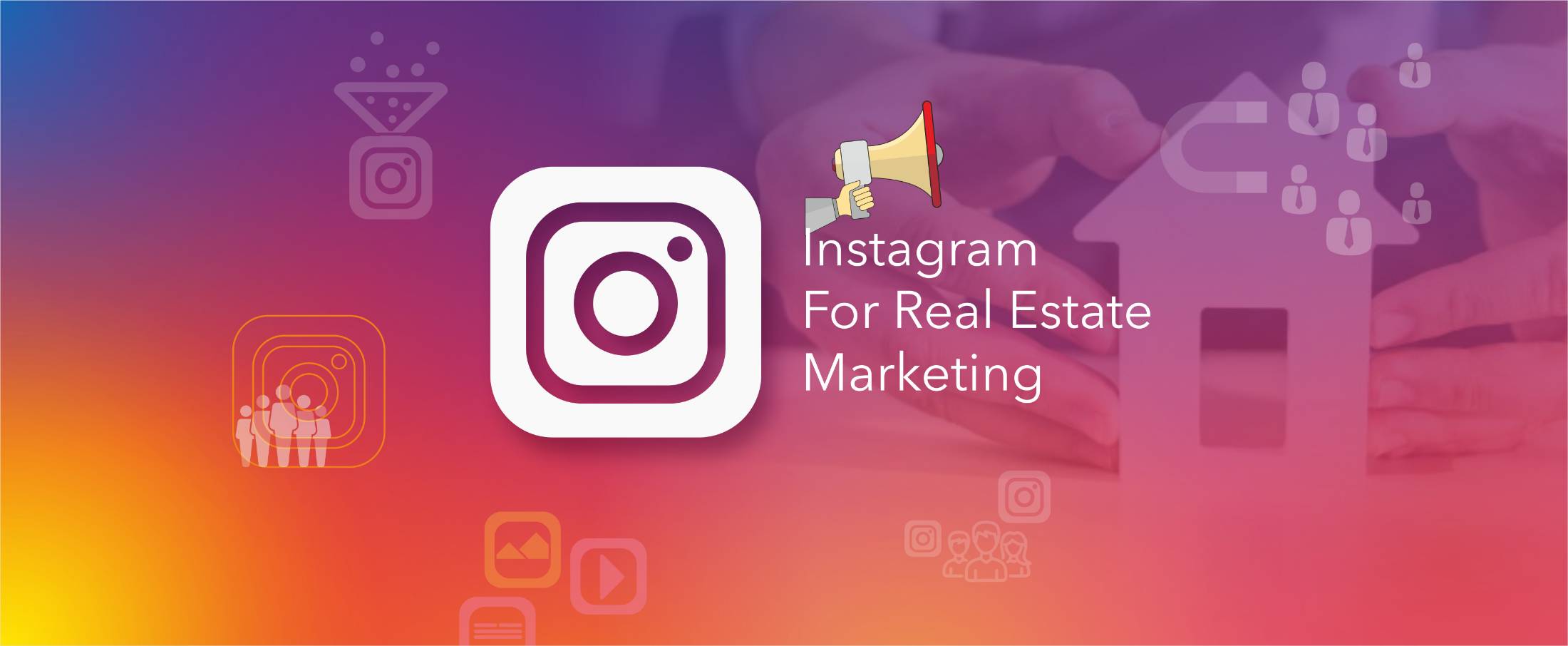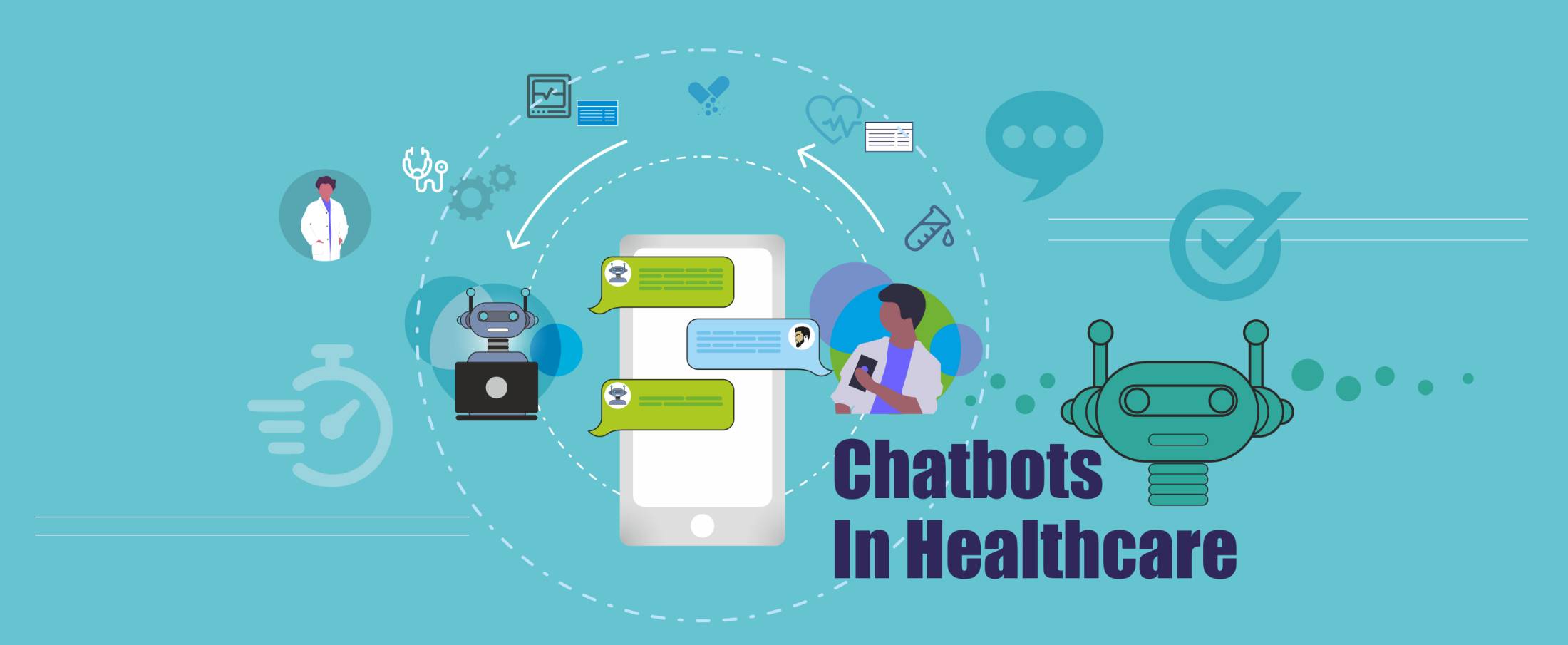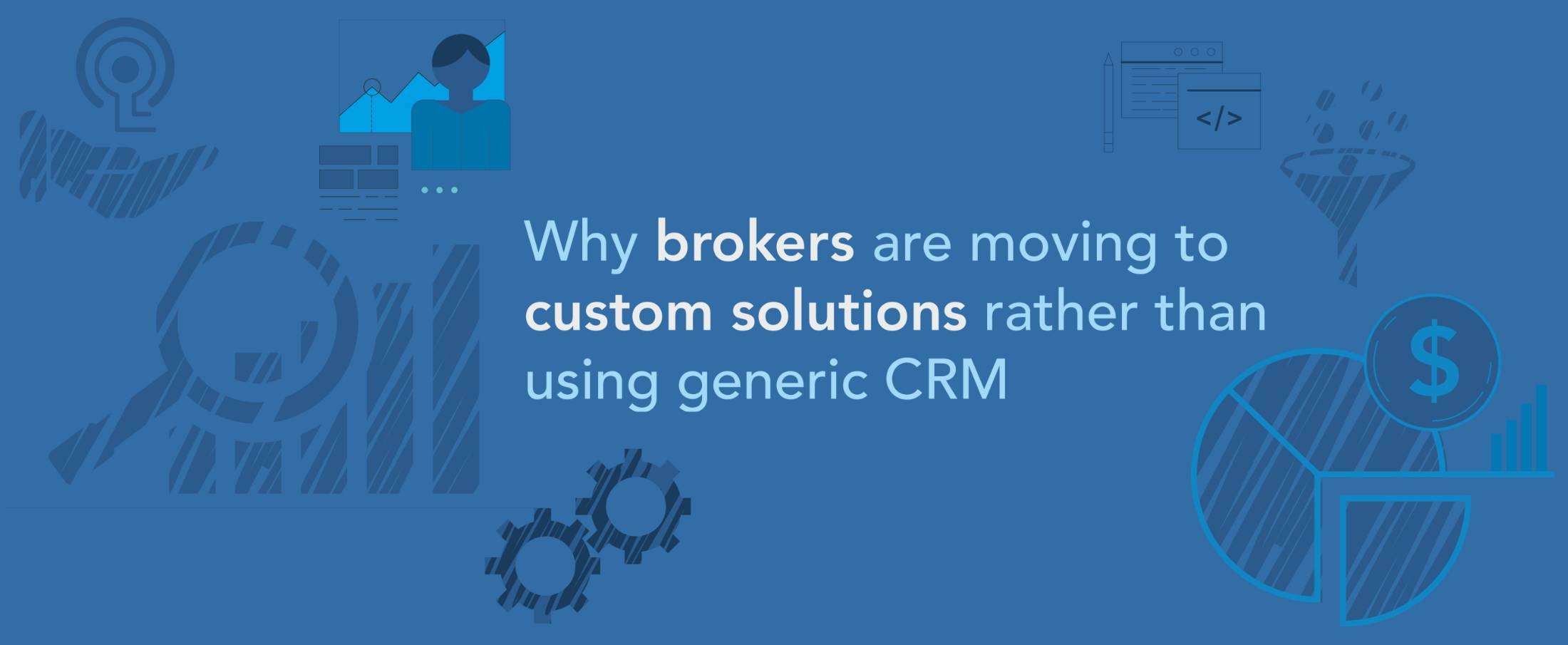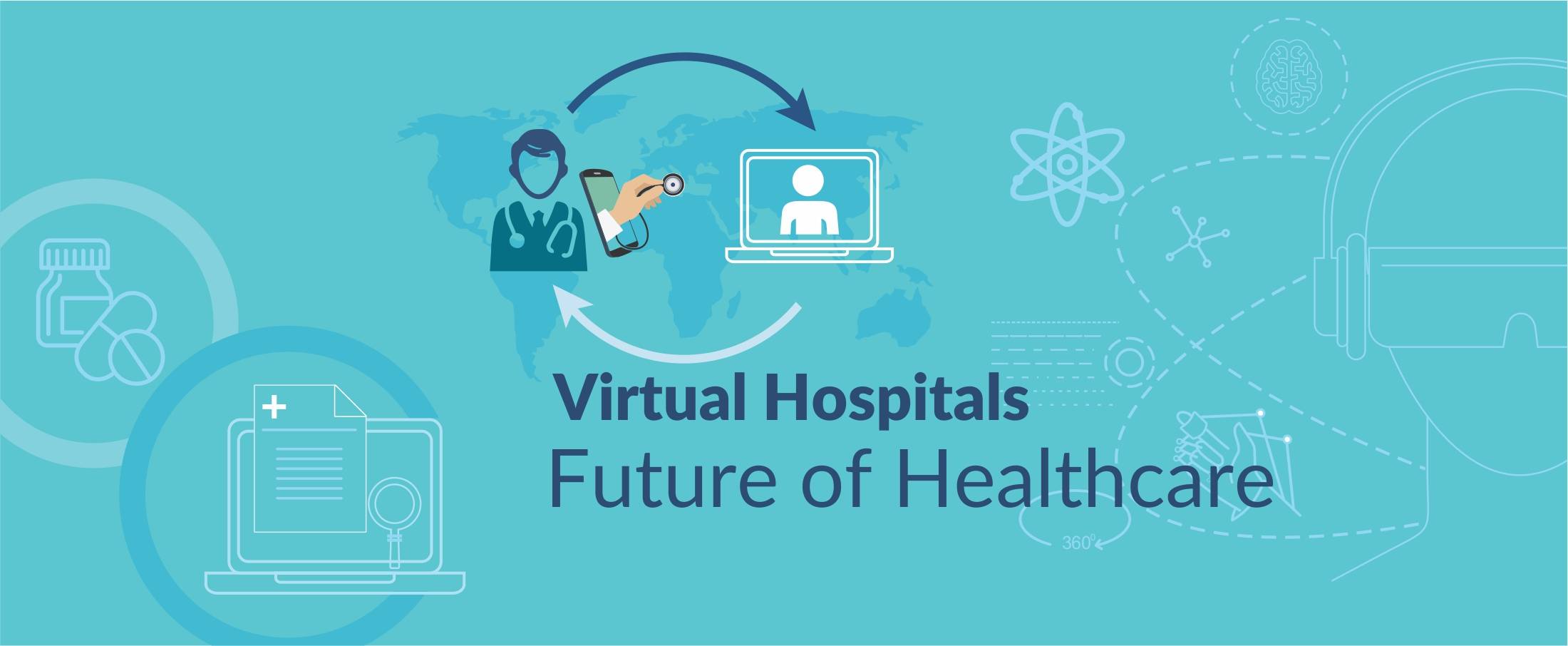10 Healthcare Tech Trends to Follow in 2020
10 Healthcare Tech Trends to Follow in 2020
Healthcare industry has actually been lagging in comparison to other industries when it comes to the adoption of the latest technological development and uses it for improving the overall efficiency of the operations. However, recently with the advent of EPR systems and EHRs, the health industry has witnessed some significant changes. Technology and various software and online procedures have been accepted and utilized by this industry, and that too within a span of only a few years. Technology has actually proven to be quite beneficial for the healthcare industry because it has reduced the cost of management and has also made communication easier and hassle-free. With the advent of the latest mobile technologies, access to these facilities have become much easier. This has led to an overall improvement in the way; the industry benefits its patients. Some of the most useful and latest tech trends in the healthcare department that you must follow in 2020 are listed below: –
1. Automated Chabot’s and voice messages
In healthcare, timing is extremely important. With the help of chatbots, powered by AI, a particular institution can reduce costs and increase efficiency at the same time. They can be used as friendly reminders, especially for older patients or patients suffering from Alzheimer’s. It will also provide 24×7 accessibility to patients in case of any emergency, mitigating risks efficiently.
Practical applications
- Voice assistants like Alexa or Google Assistant can act as the first point of contact between the patients and the doctors, eliminating the factor of human inefficiency.
- Chatbots can also be used to offer services through virtual nursing, i.e. interacting with the patients freely and without any hassles.
2. AR and VR in Healthcare
Introduction of Augmented Reality and Virtual Reality has led to the improvement of the patient experience. With the help of virtual and augmented reality, a proper environment can be created that will help the patients during physical therapy and also re-accessing their lost memory. With the help of augmented reality, the doctors can get their diagnosis done with much precision by being able to check each and every detail of different body parts. Apart from practical applications, it has also proven to be useful in terms of teaching.
Practical applications
- Doctors can use a combination of AR and VR to identify various types of infections and ailments with minimally invasive techniques.
- Doctors can discuss reports and imaging scans with patients located remotely through AR and VR enabled chat modules.
3. Telemedicine
One of the most significant changes that the US health industry has seen in the last few years is perhaps the advent of telemedicine. Easy accessibility and the availability of electronic records has contributed to improved communication between the patients and the doctors. It has also made the entire process quite easy and hassle-free. Real-time monitoring is one of the major achievements of telemedicine.
Practical applications
- With its help, doctors can get real-time data on their patients and reduce the chance of severe diseases or even deaths in chronic cases.
- Doctors can offer toll-free numbers to their patients, allowing unobstructed communication at all times.
4. Cloud Computing
Cloud computing has actually helped in the administrative tasks and maintenance of the infrastructure of many healthcare organizations. This platform has led to an easy sharing of large files, be it medical records, medical history, bill payments, different treatments for administering better health care. It is also handy in increasing and regulating the integrity of confidential information.
Practical Applications
- The need for the doctors and patients to maintain paper records will be eliminated as the information is readily available regarding medical history, allergies, the treatment offered and various other essential factors.
- Easy sharing of information between medical professionals located remotely to offer a diagnosis to a patient located in another location.
5. Artificial intelligence
With the help of AI, human intelligence can be replicated by the machines. This has helped with medical research and has improved the process of testing new drugs for their efficiency and usage. It has also improved the process of diagnosis. The data collected can be analyzed with the help of AI to offer actionable insights.
Practical Applications
- Accurate and prompt image analysis capabilities are enhancing the efficiencies of radiologists and pathologists. It is also enabling accurate treatment with correct analysis.
- Personalized treatment can be offered to patients based on an accurate analysis of their medical history.
6. Predictive Analysis Through Big-Time Data
Data is power, right? With the help of data science, many healthcare organizations have been benefitted in the process of diagnosis. It offers useful insights by analyzing the family medical history and thereby identifying chances of disease that can affect a patient. It has become easier and convenient to analyze information that can save the lives of thousands of people.
Practical applications
- With more data being readily made available to healthcare professionals, predictive analysis is being sued to develop accurate treatment plans. More reading: Using Predictive Analysis for Better Management of Patient Emergencies.
- Data can be processed with the help of AI to identify patterns in medical history to deliver better treatment plans.
7. Blockchain
Blockchain is one of the biggest technological innovations of the last decade. It is a secured platform that has enabled transactions and information to be shared between various stakeholders without any third party being involved. Blockchain also ensures the anonymity of the users while ensuring cost-effectiveness and improved accessibility.
Practical Applications
- By accurately keeping track of the entire manufacturing chain of a drug, blockchain is eliminating the threat of drug fraud.
- Decentralization of records through Blockchain is helping eliminate fraud transactions and is ensuring better security of the data.
8. The Internet of Medical Things, IOMT
Combining IOMT with telemedicine has led to a massive change in the way that healthcare organizations work. It can help with additional data collection but also with the process, giving extra care to the analysis of the trends and symptoms. For example, by interconnecting various medical devices like insulin and pumps with computers and networks, the healthcare industry is on the verge of witnessing a new world of healthcare management.
Practical Applications
- Wearable healthcare devices can be connected to the healthcare system and the inputs automatically recorded for a better analysis.
- Adding sensors to devices like wheelchairs and defibrillators allows remote controlling as well as accurate location tracking.
9. 5G Mobile Technology
Self-regulated and personalized health care has never been easier and speedy. 5G mobile technology has huge implications for the healthcare market. It is contributing to a quicker communication between the patients and doctors for personalized treatment.
Practical Applications
- A physician present at a distant location can offer an analysis to a patient through Skype or other chat platforms.
- Faster connectivity is helping take healthcare to patients who were till now deprived of quality healthcare.
10. EMR Software
Electronic Medical Records, although might not sound new, but the number of innovations this technology has witnessed within a span of few years is incredible.
Practical Applications
- The entire process of charting, categorizing and documenting information of the patients has become quite convenient.
- The interaction between the doctors and the different medical departments have also been improved.
Well, these were some of the latest trends that you must follow to keep up with the rapidly changing and evolving world of healthcare.
- Healthcare
- mHealth
- Telemedicine
- Trends 2020
Mobifilia
20 December 2019
